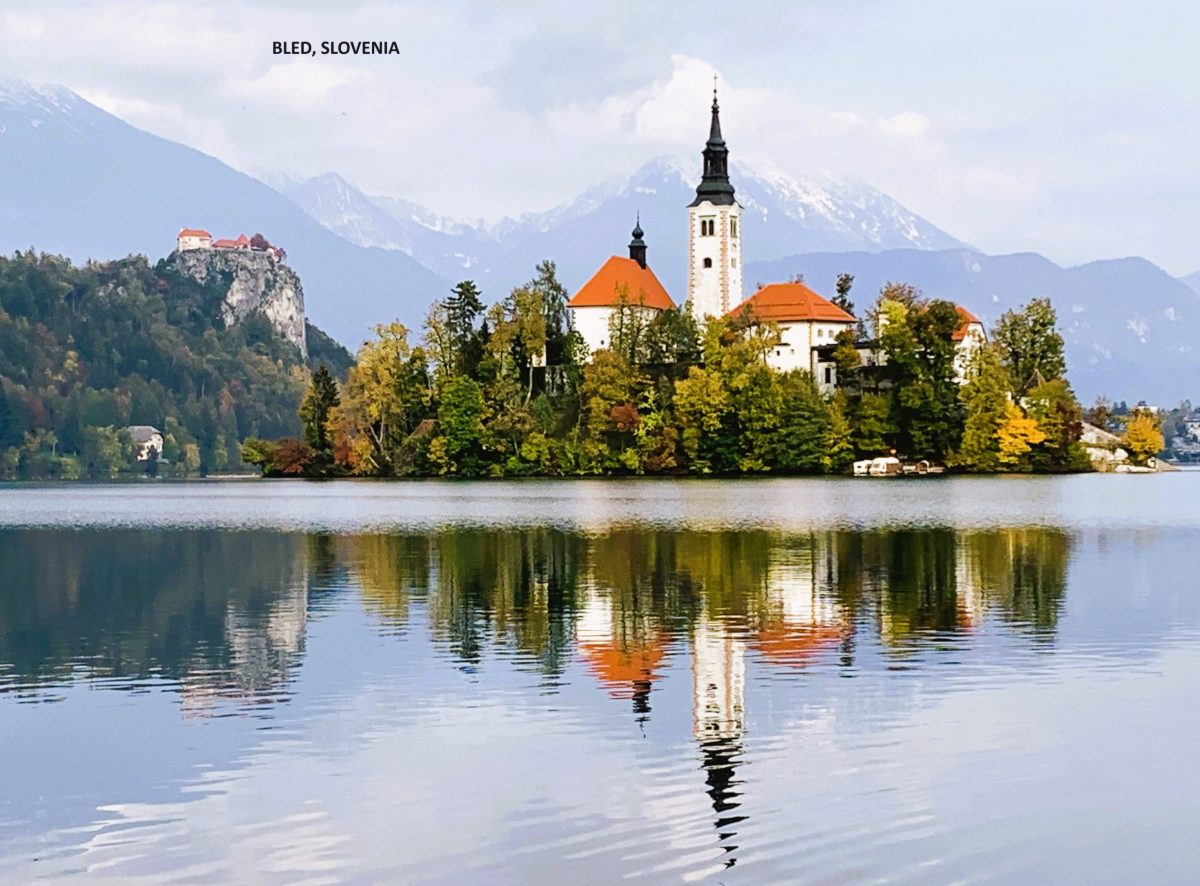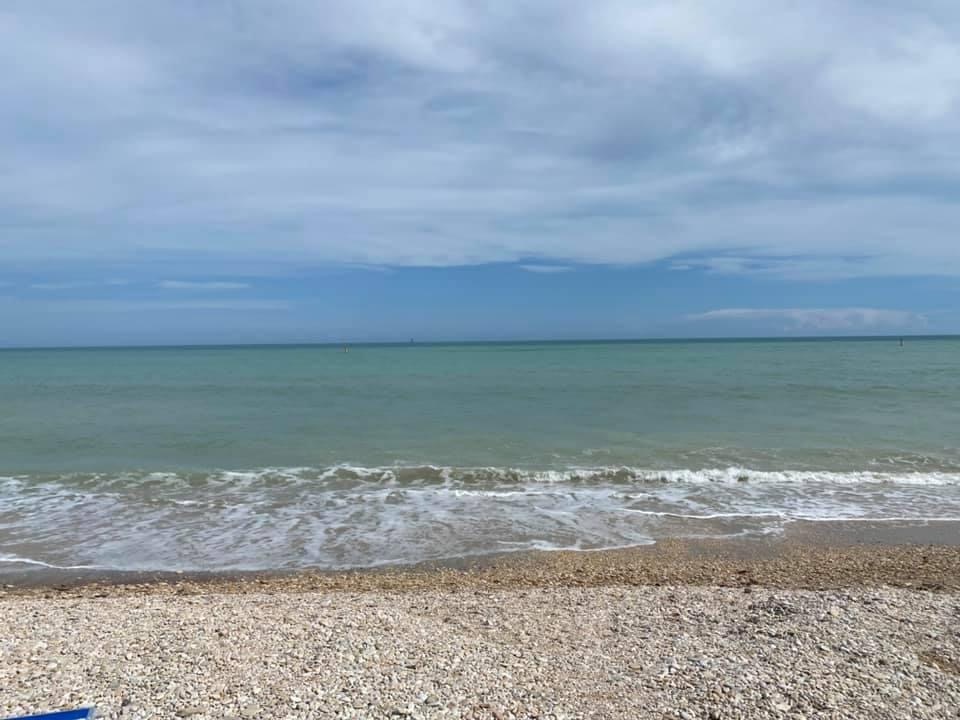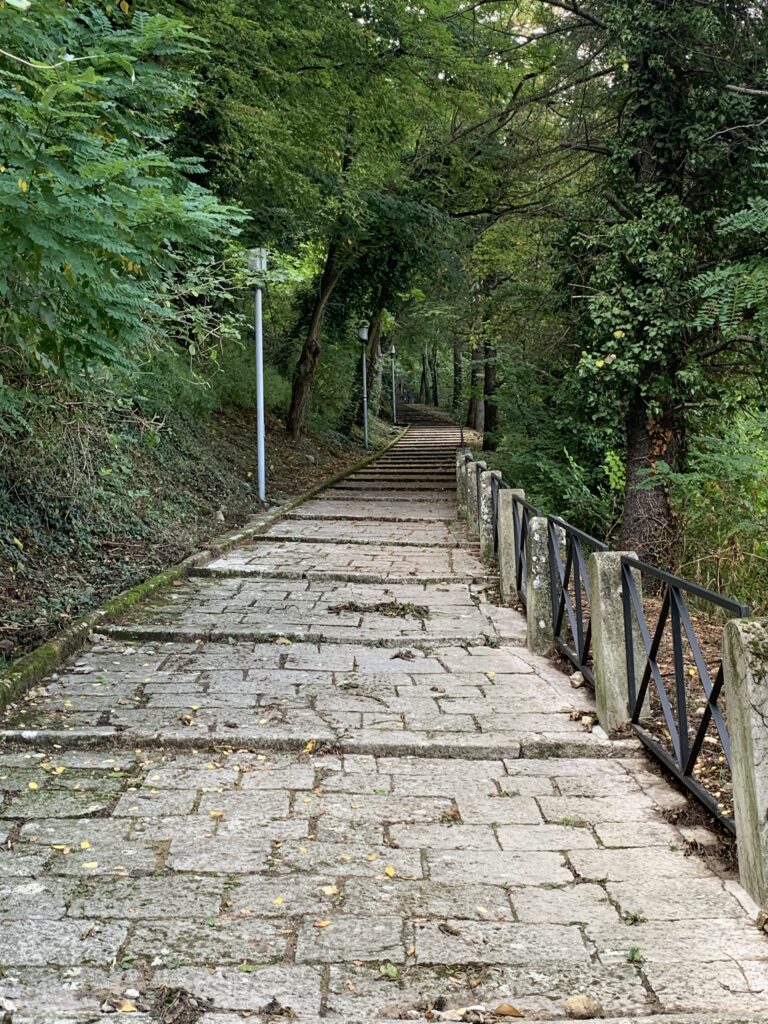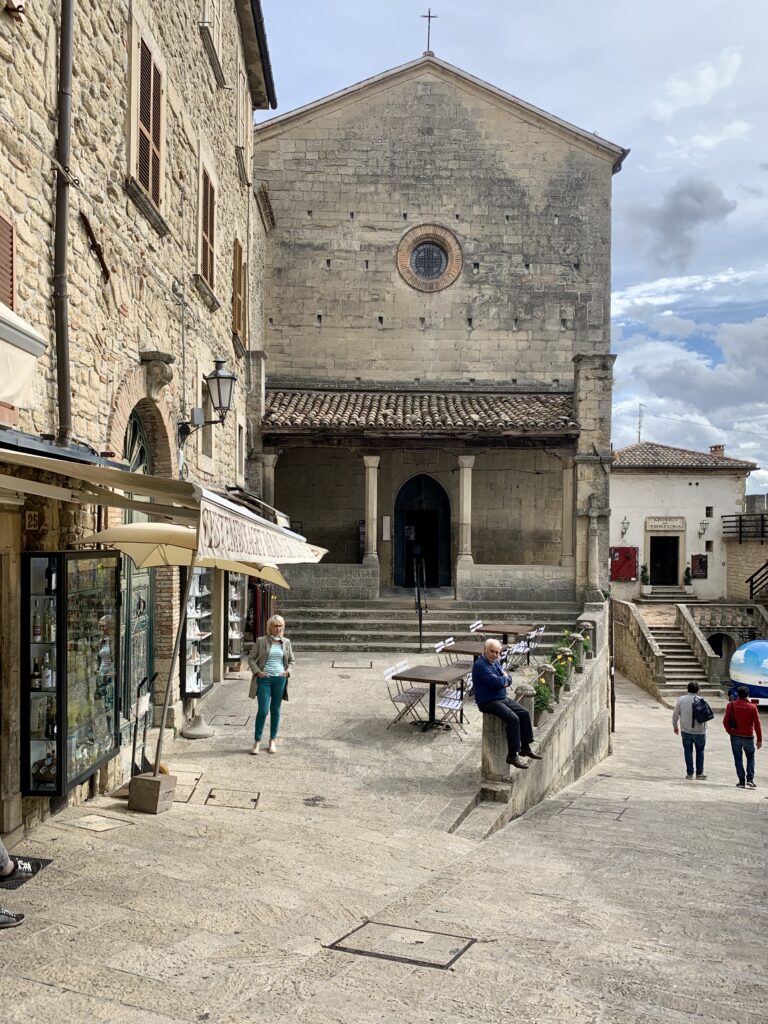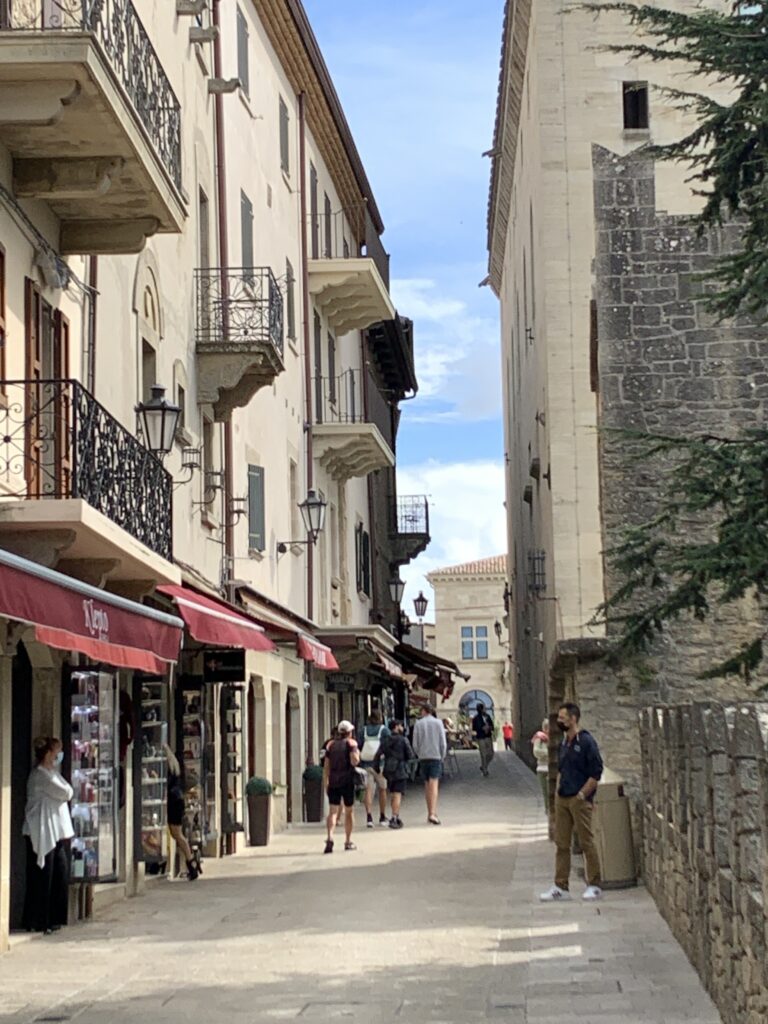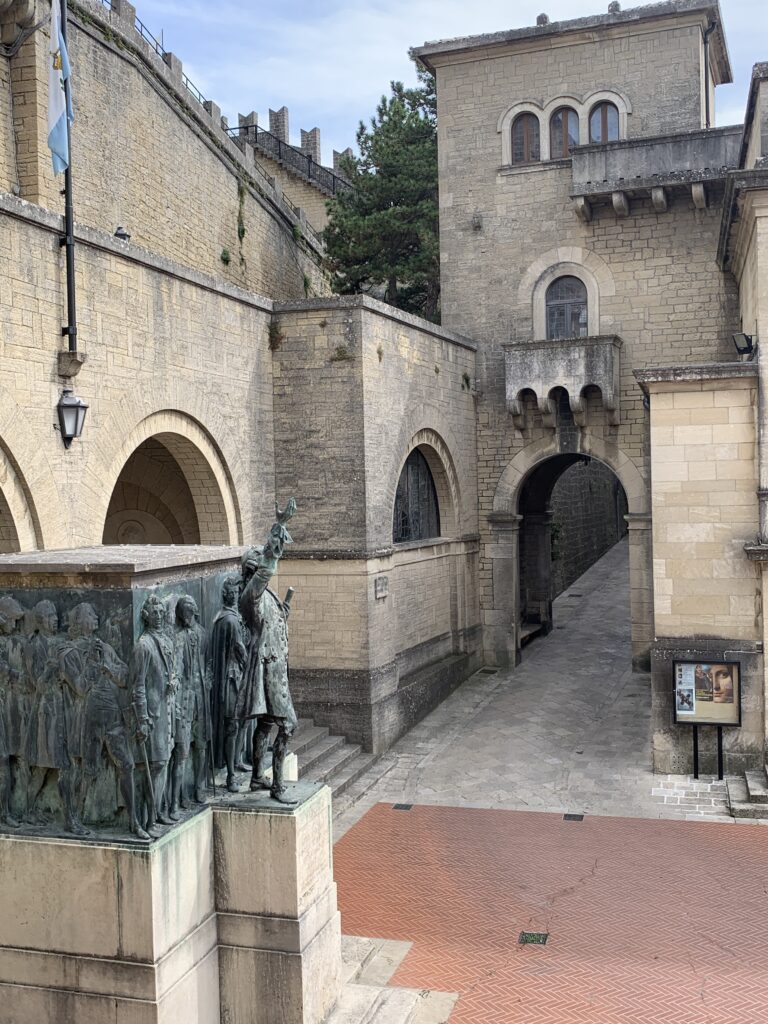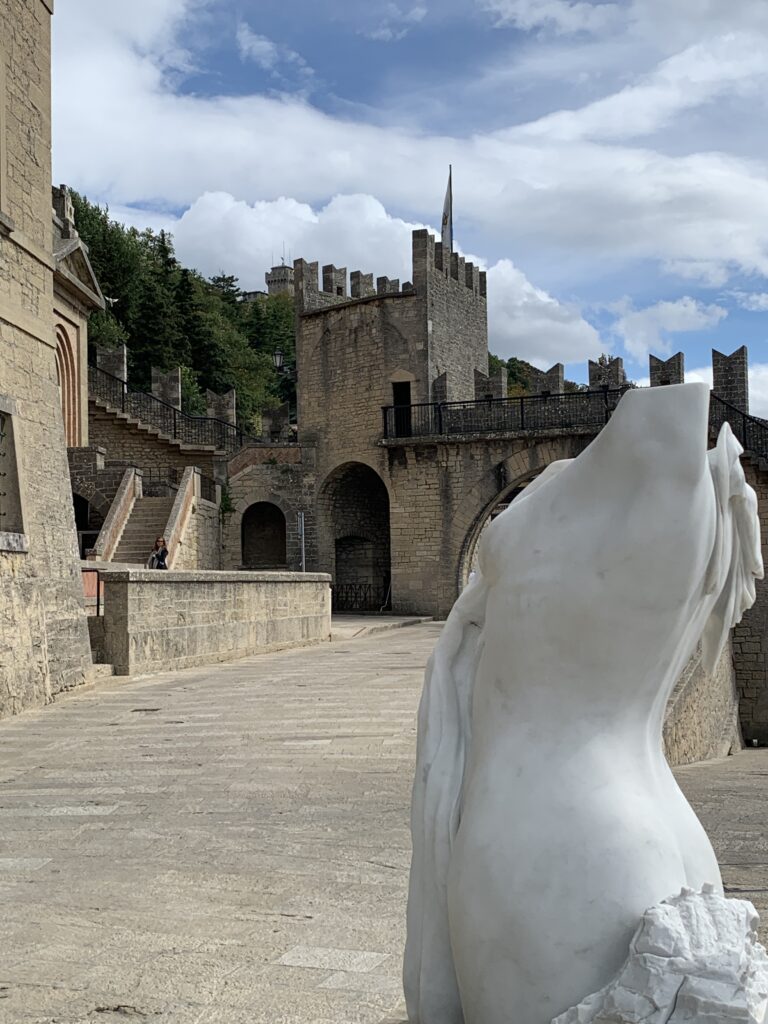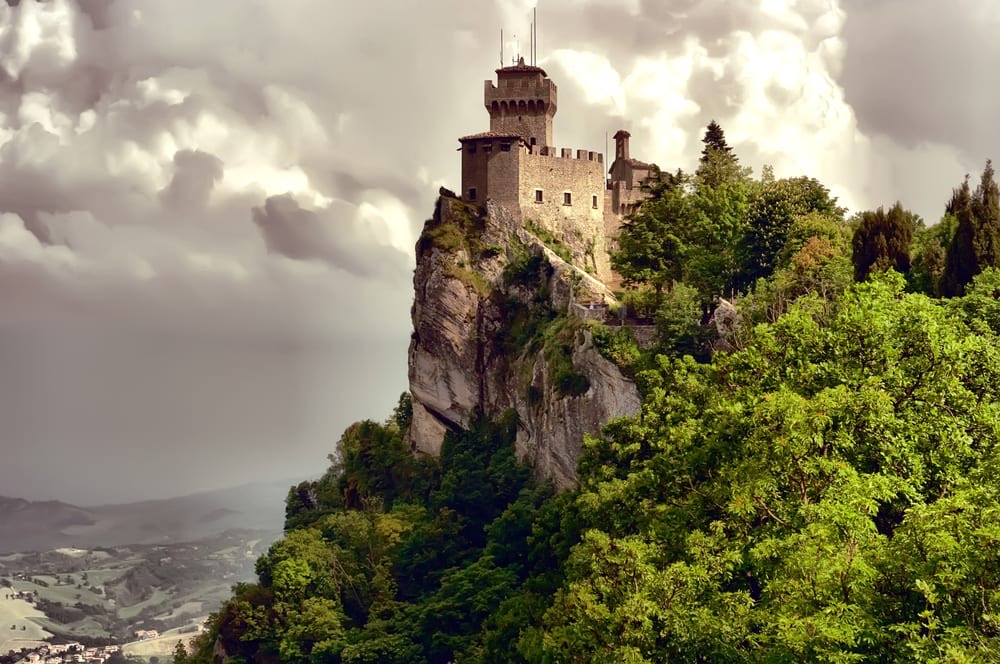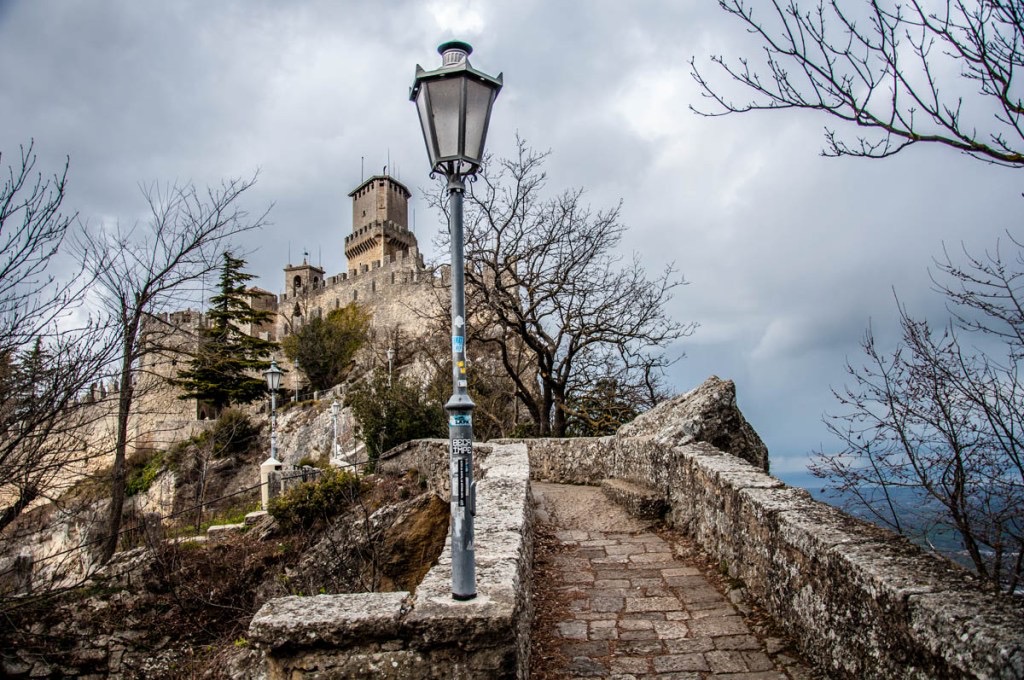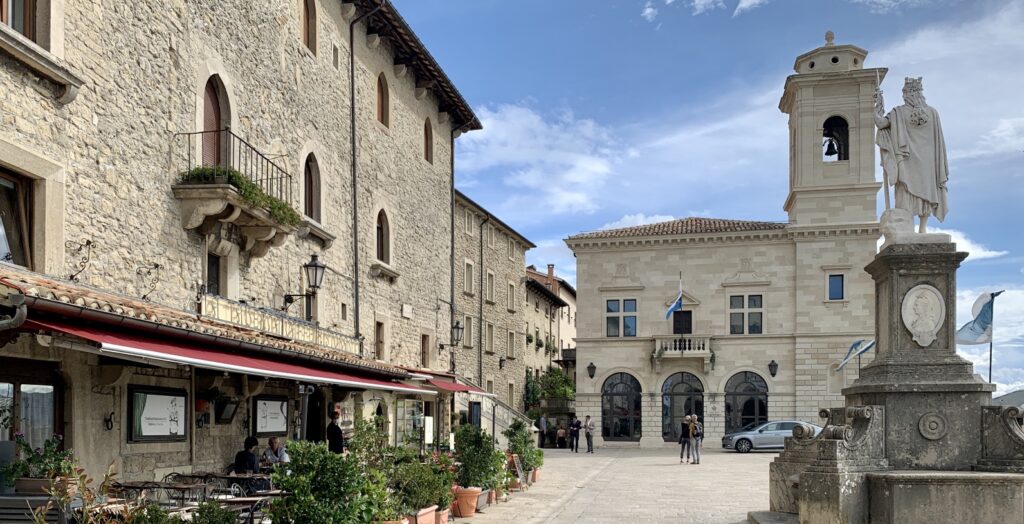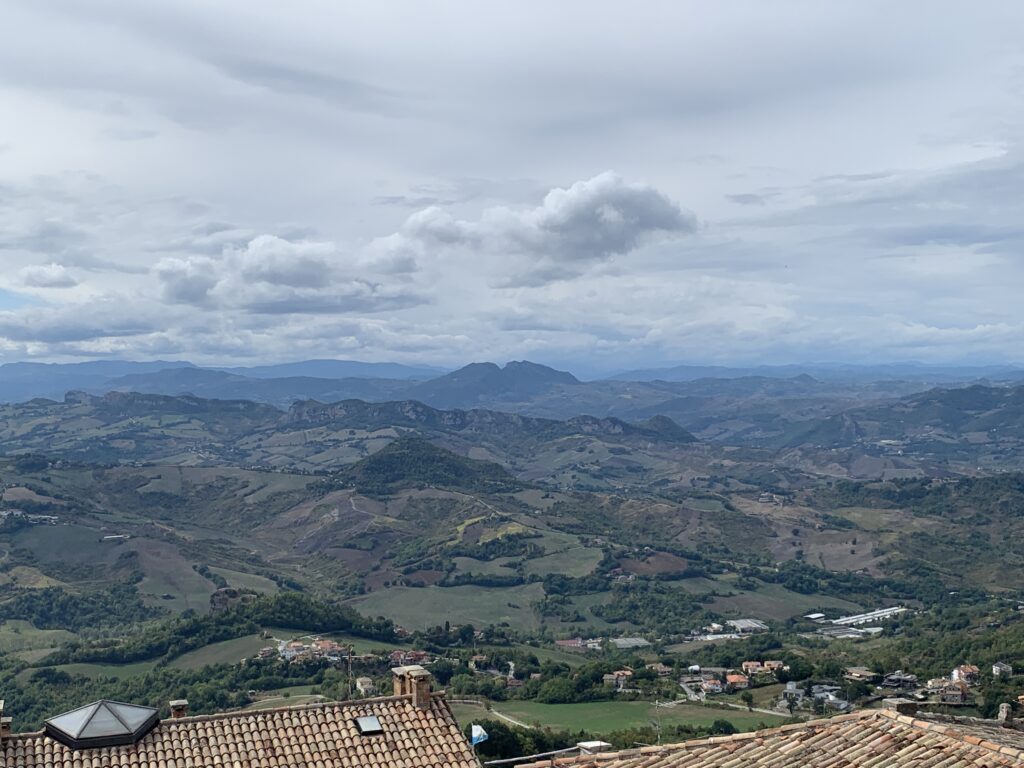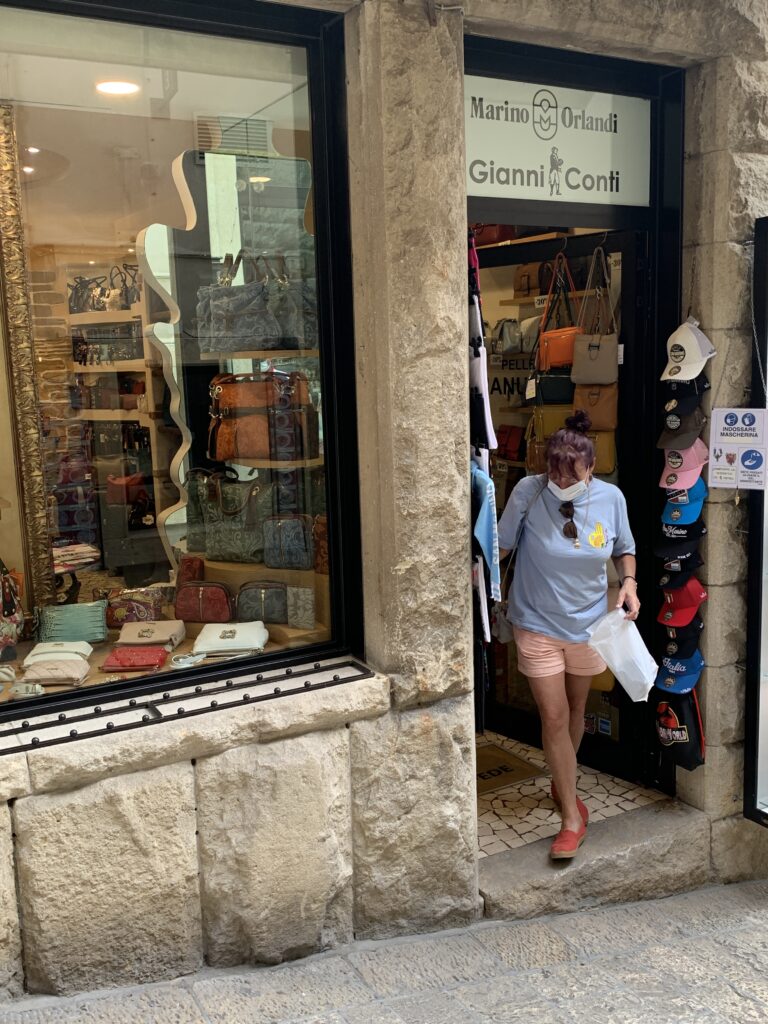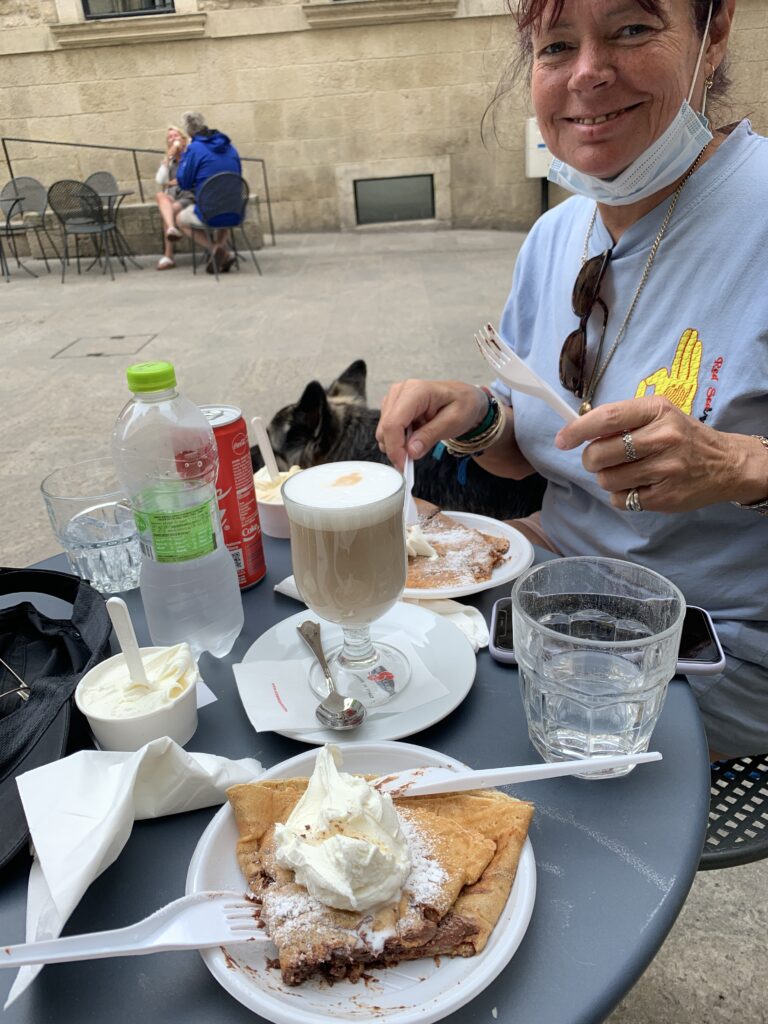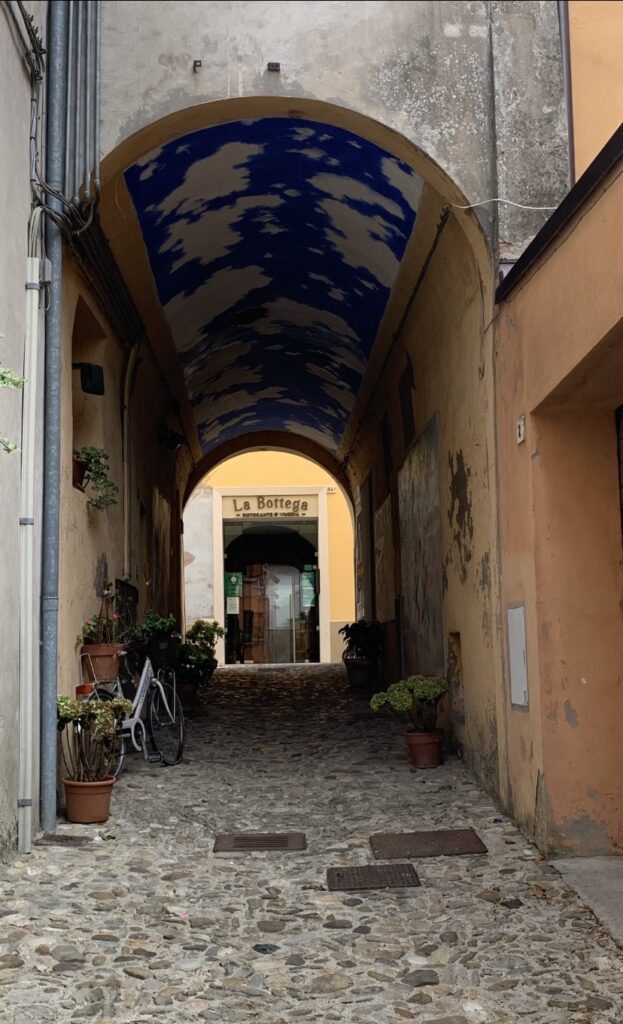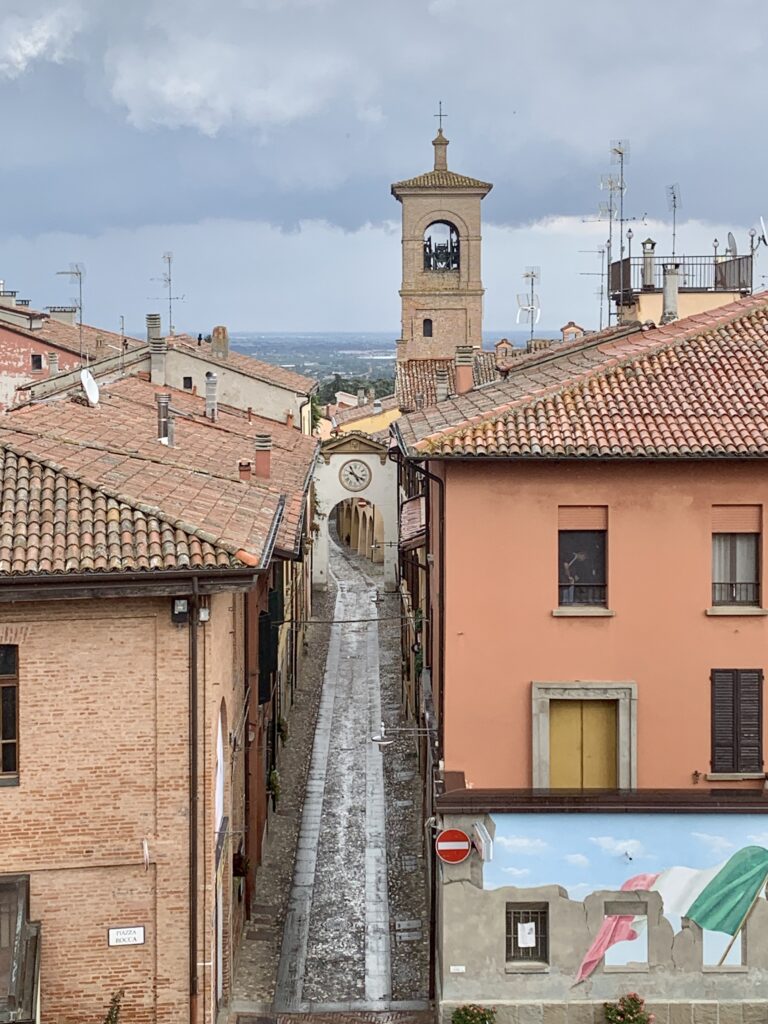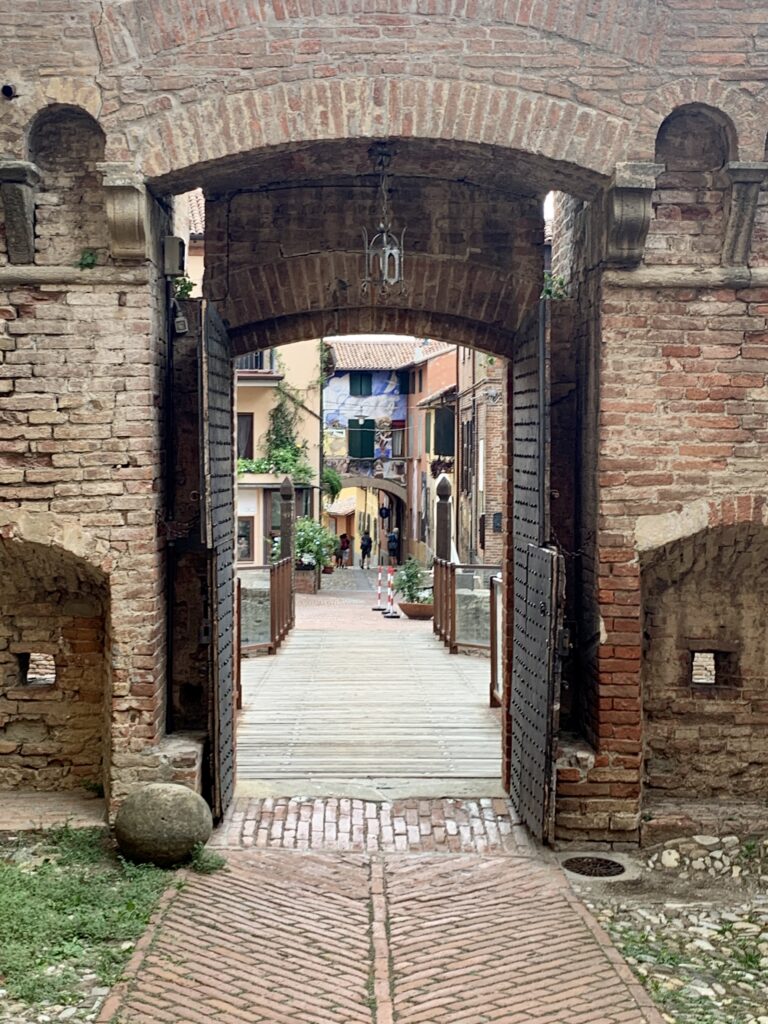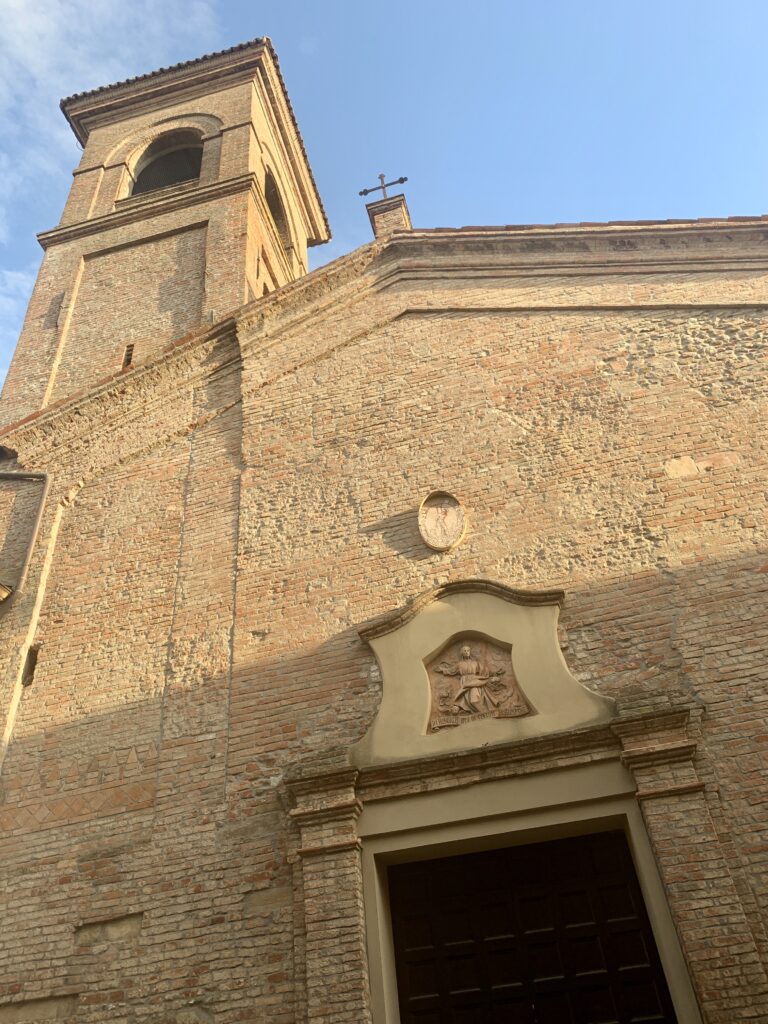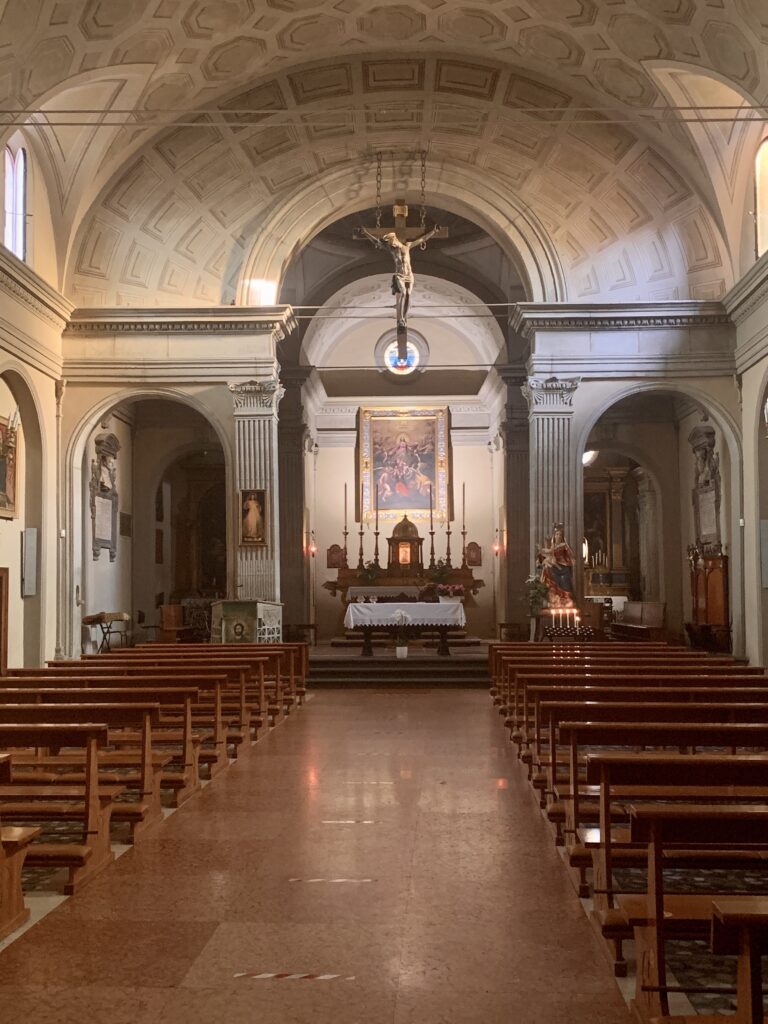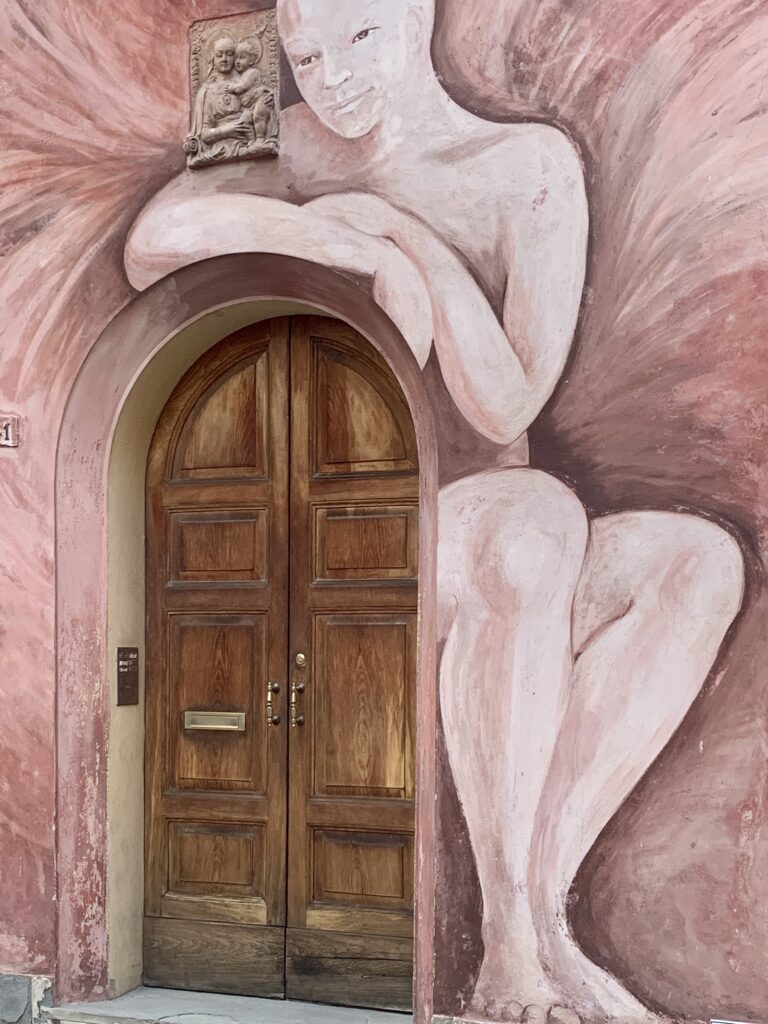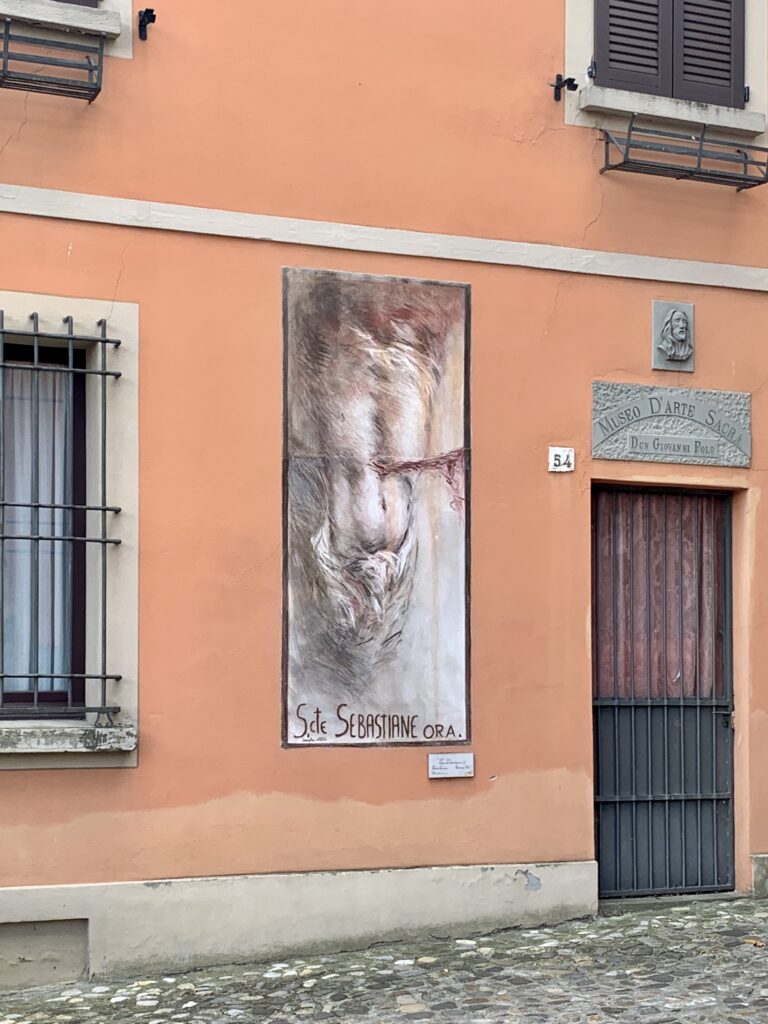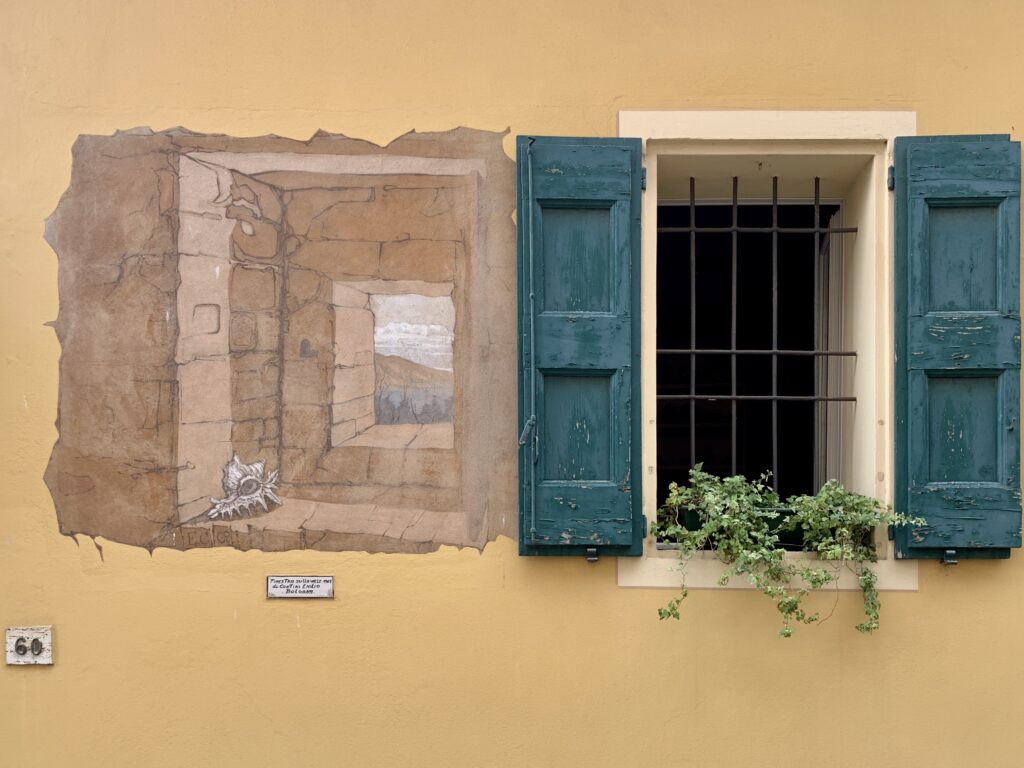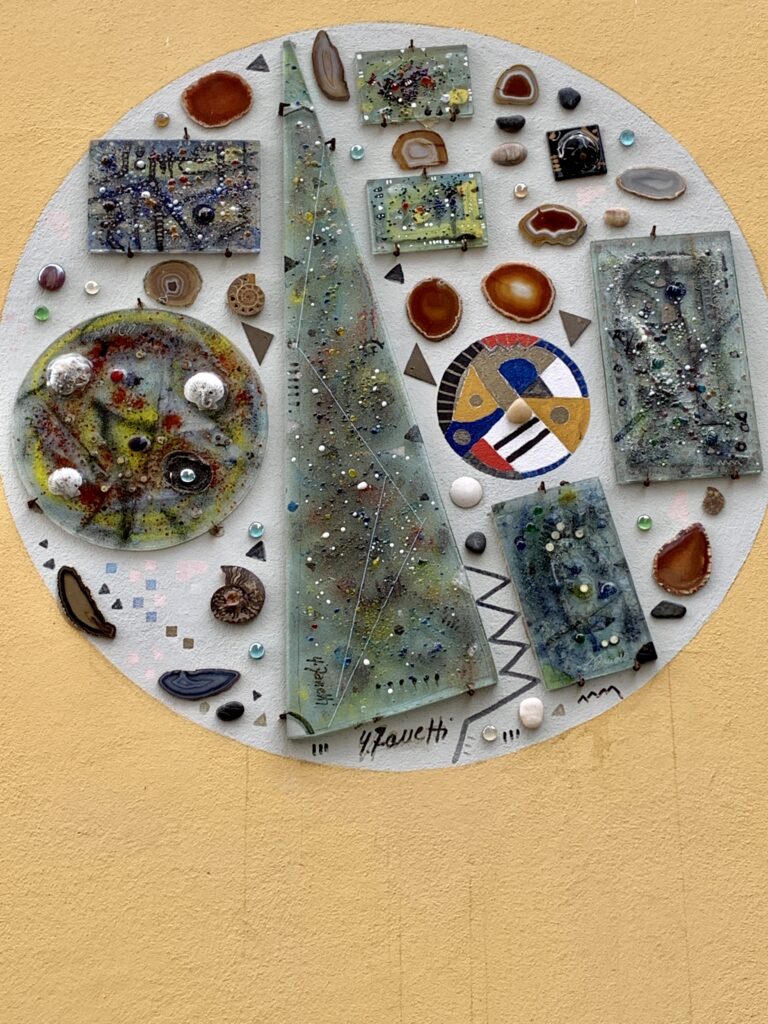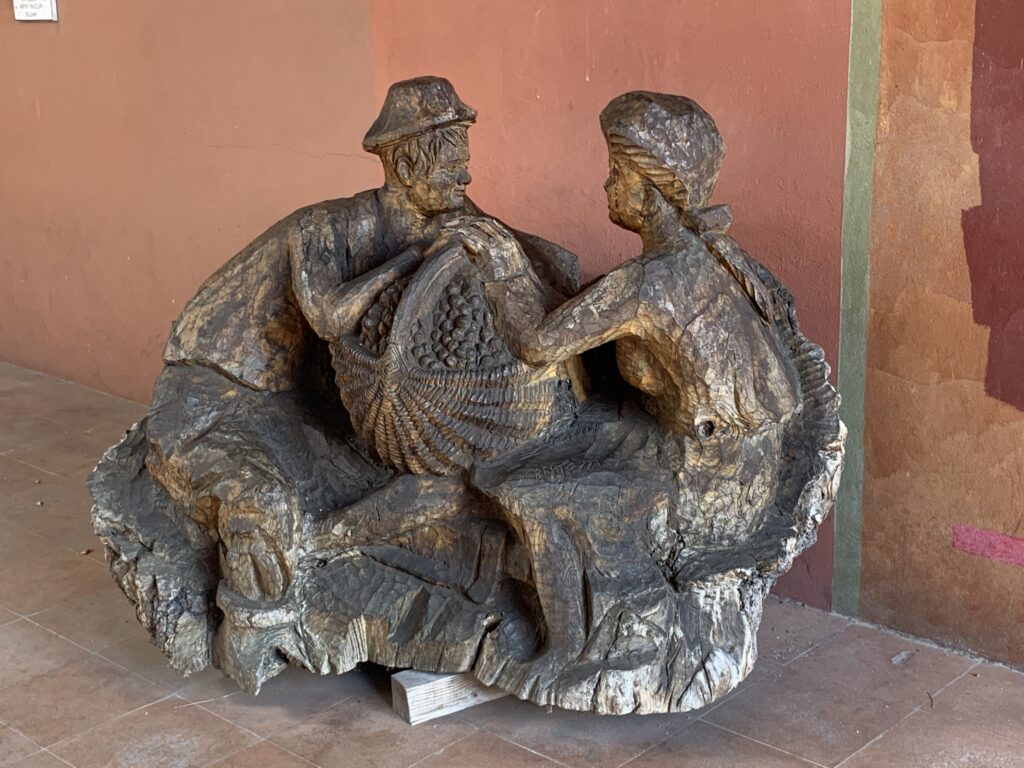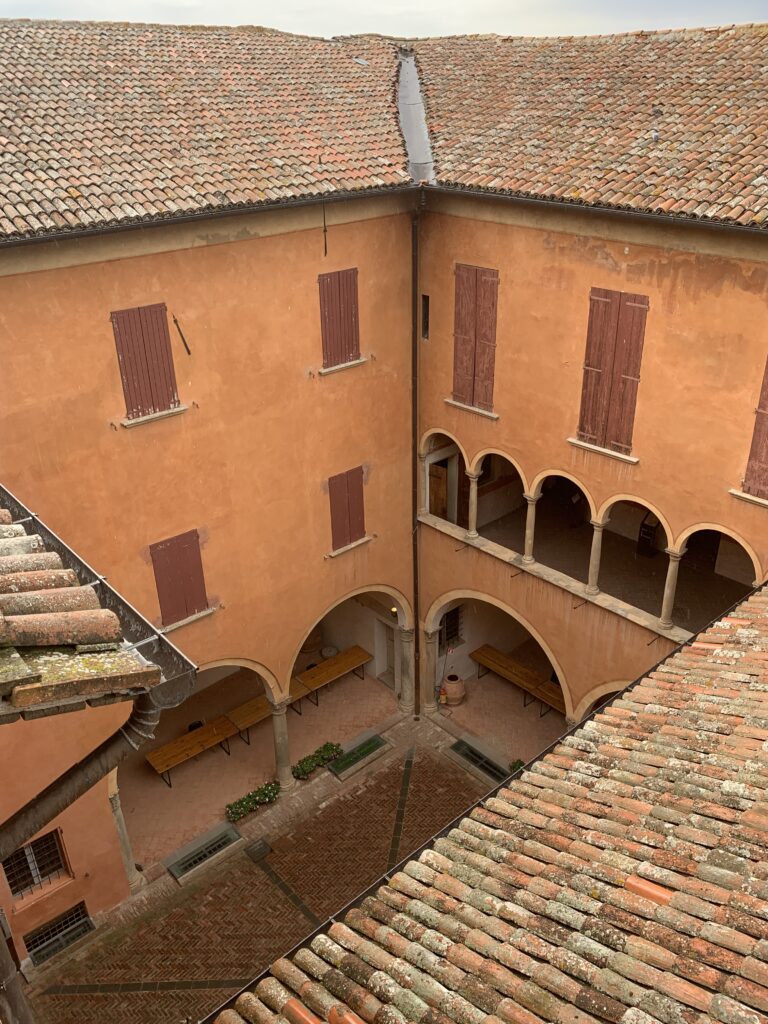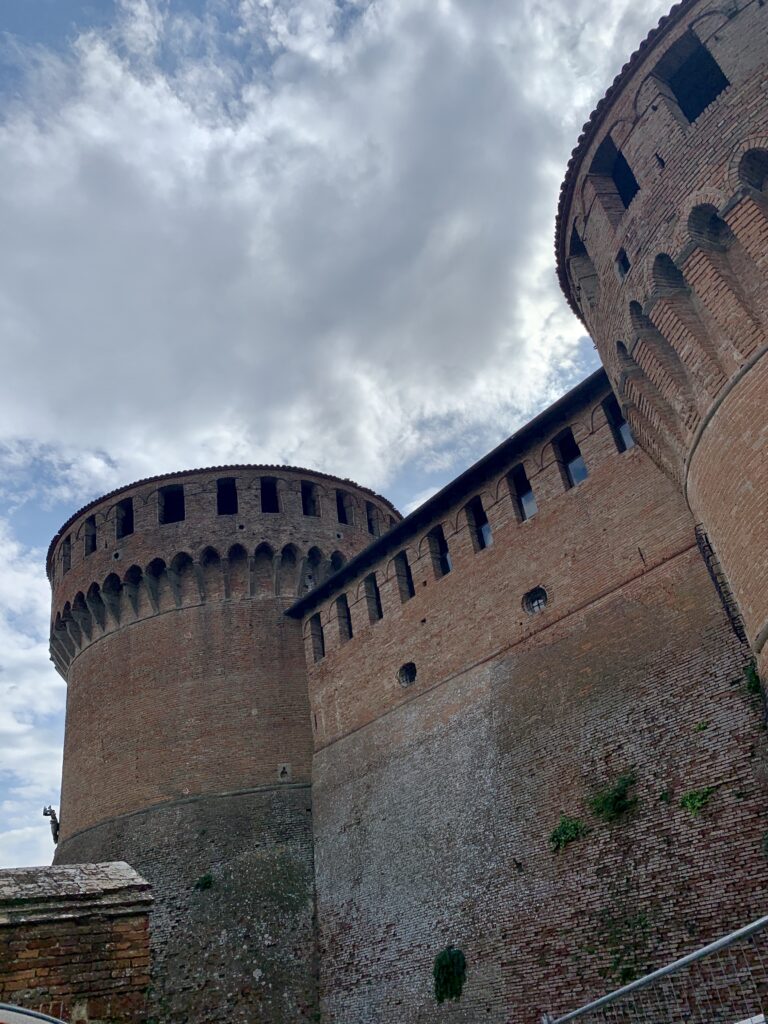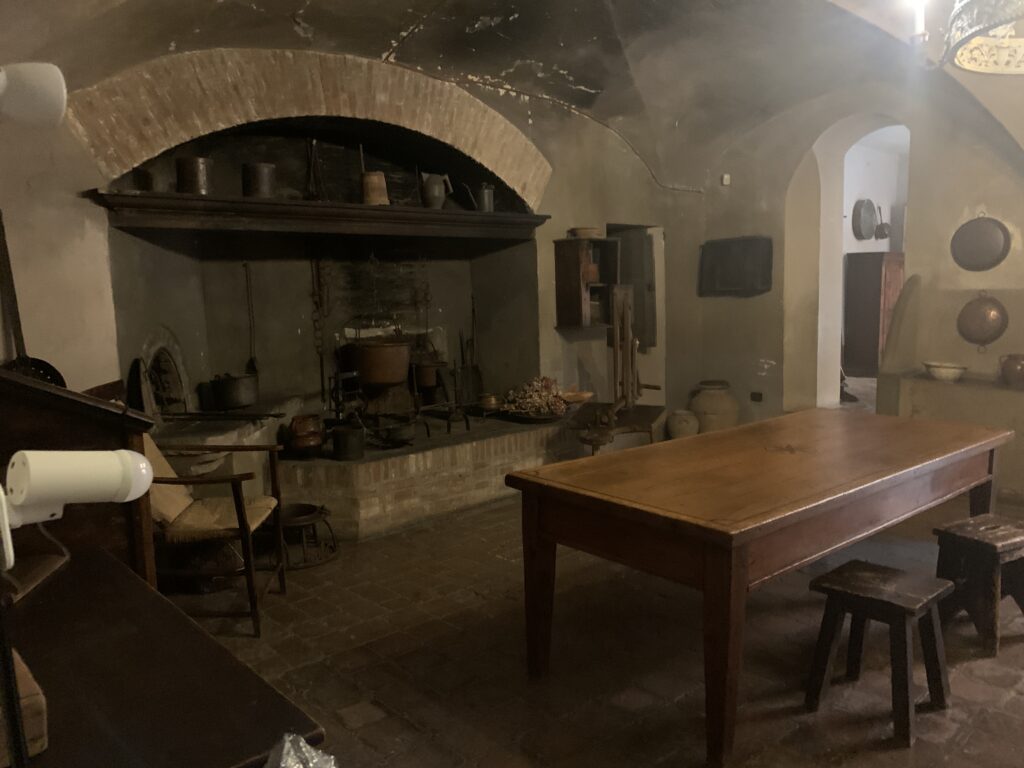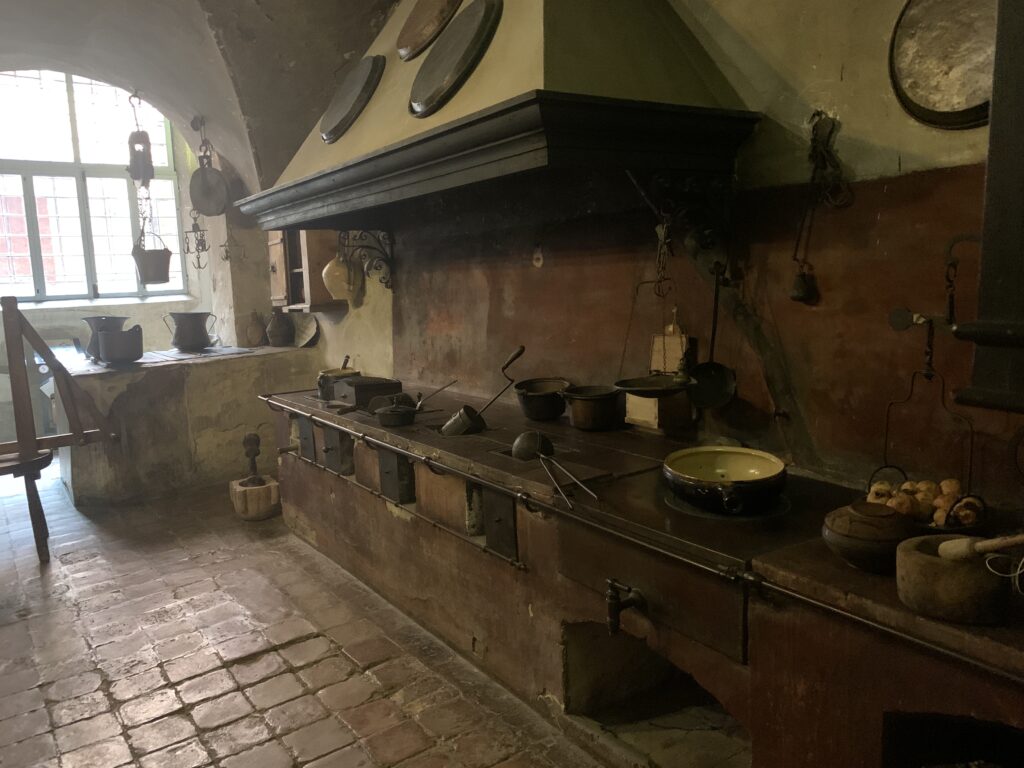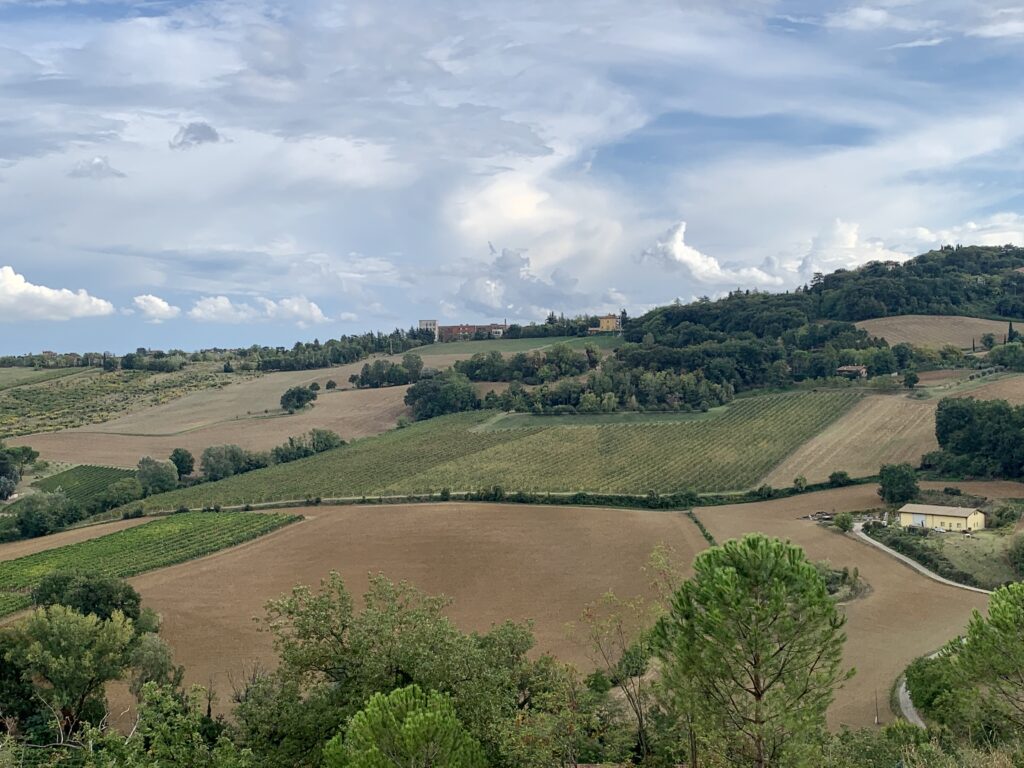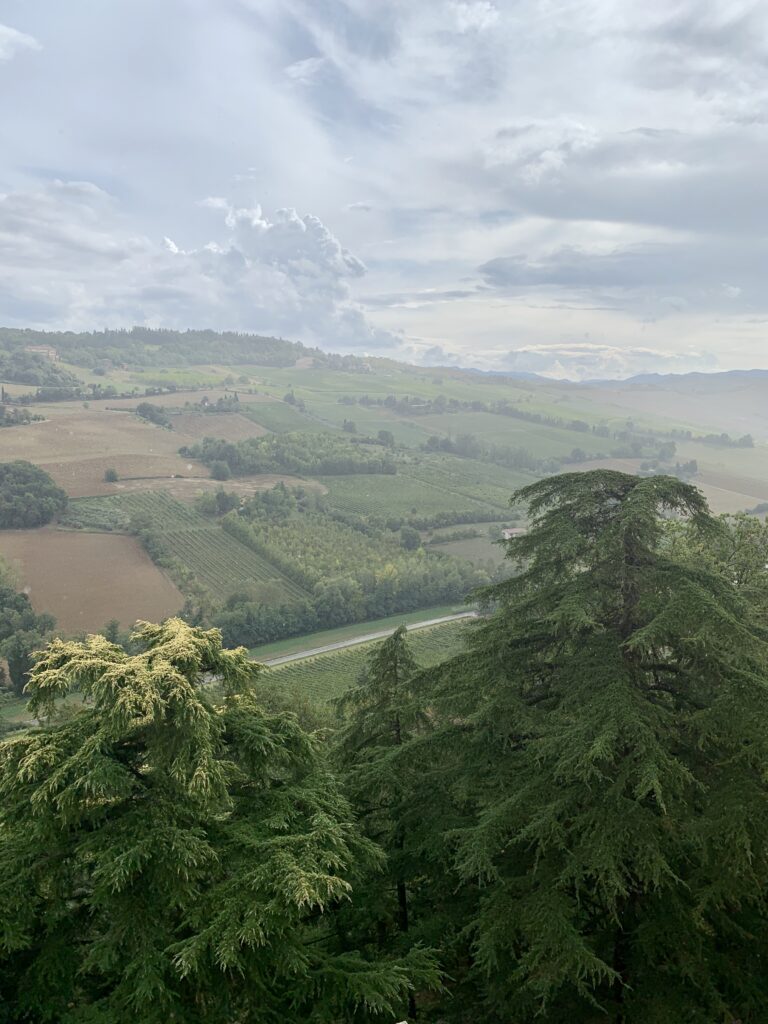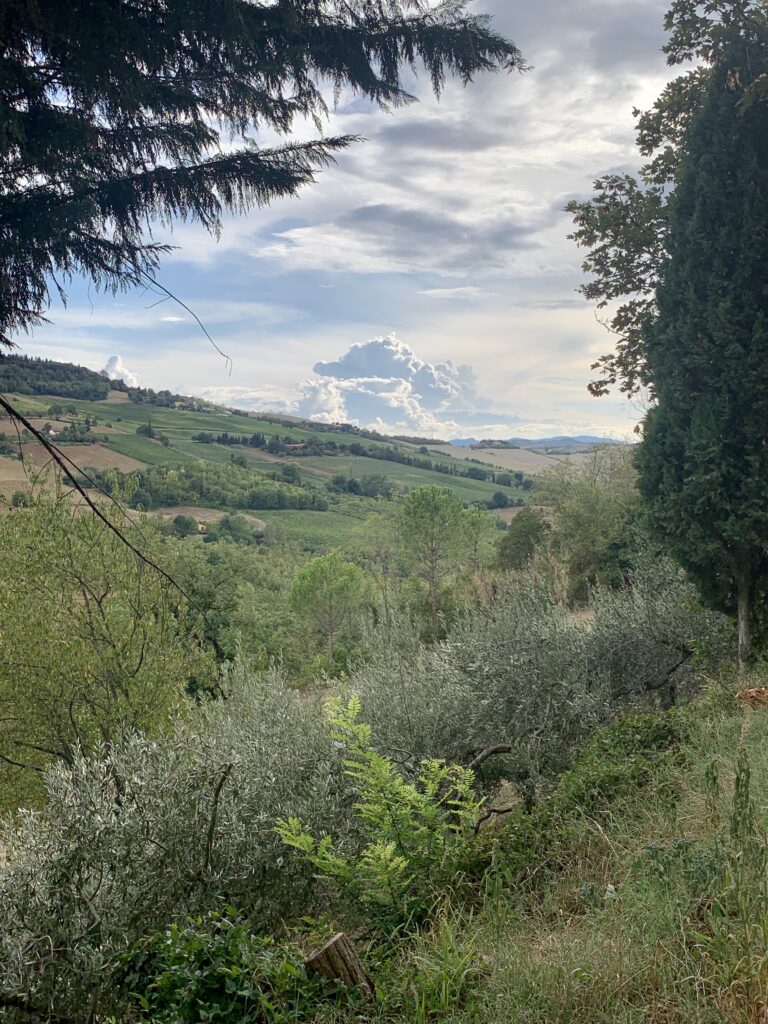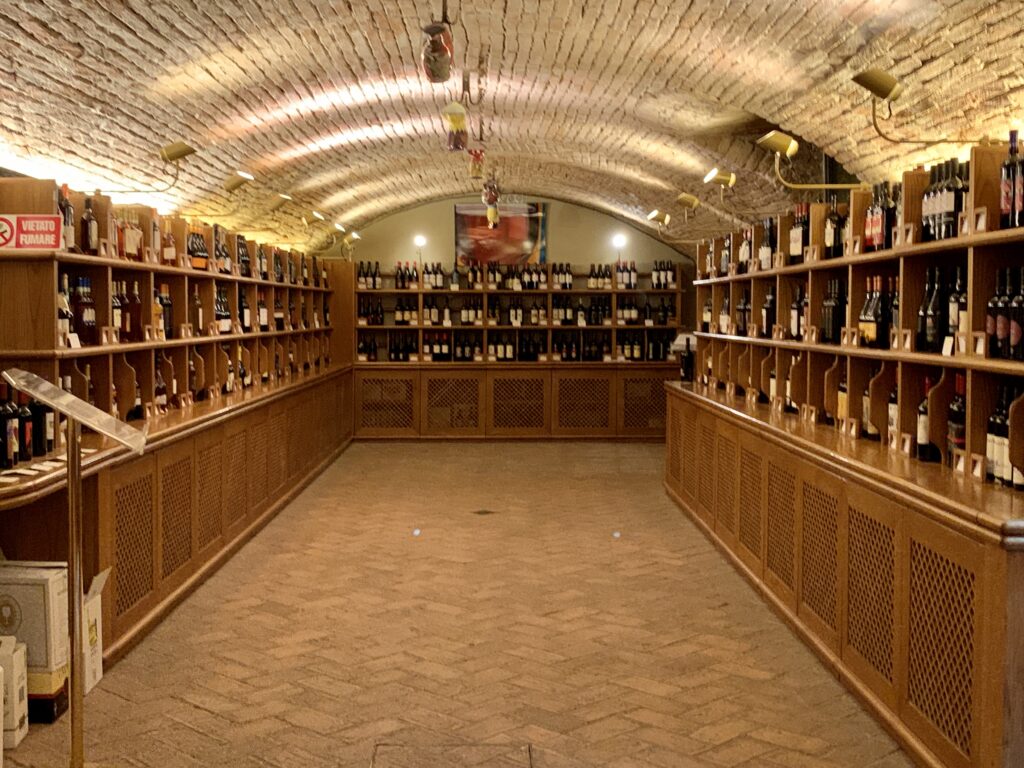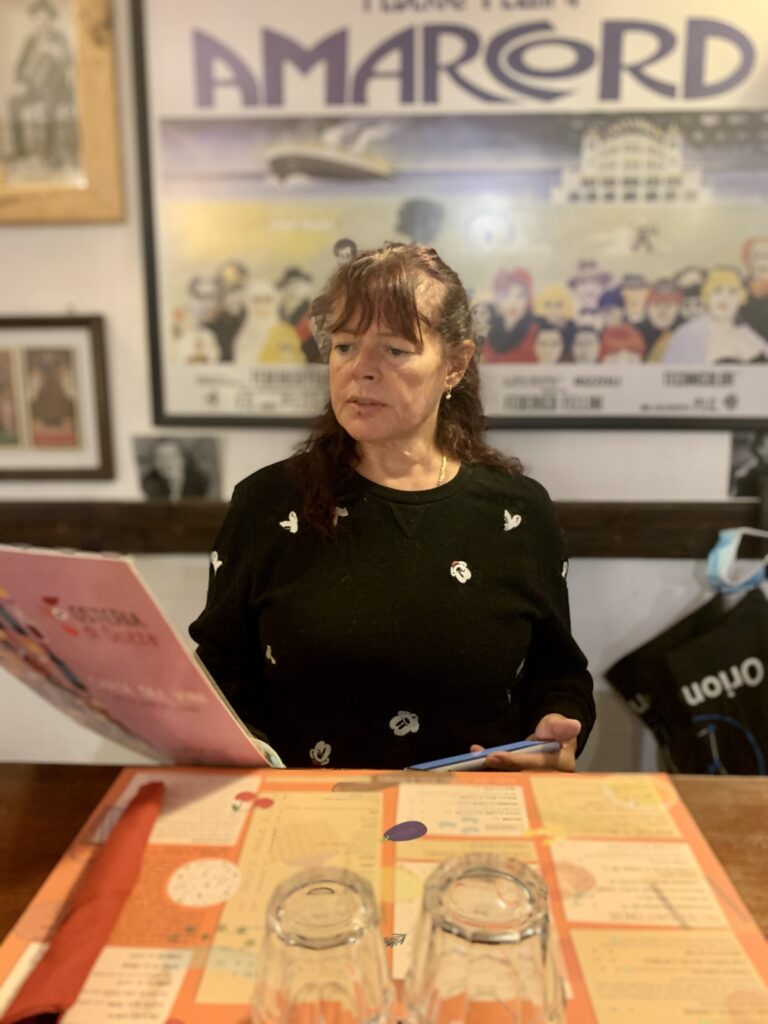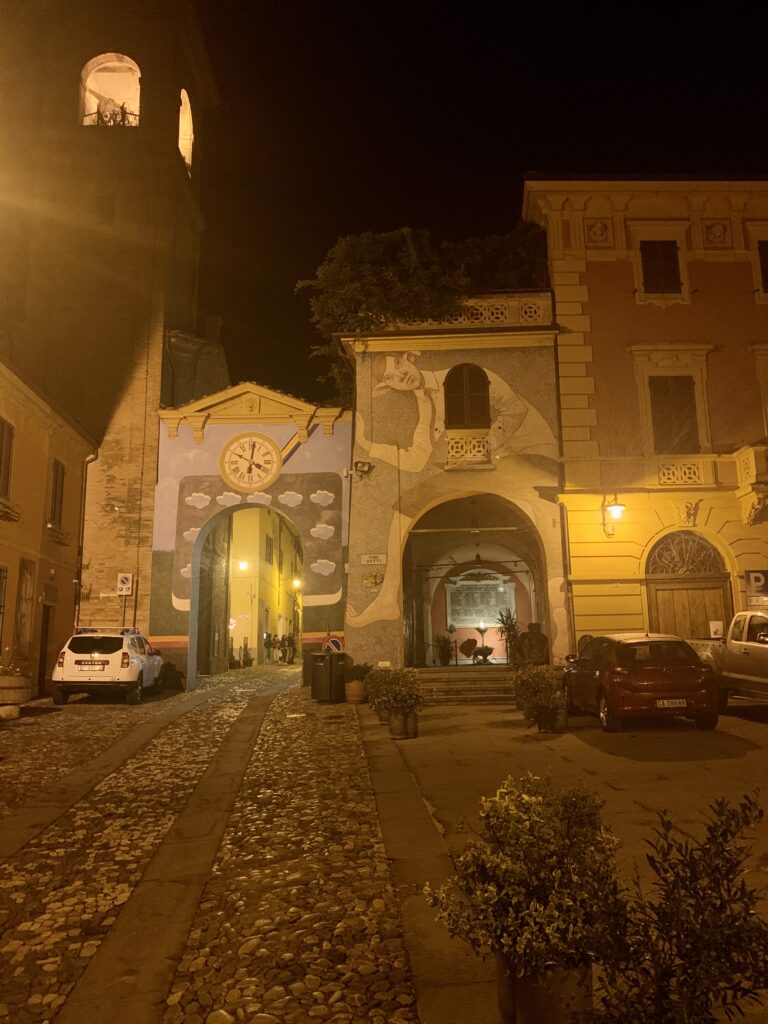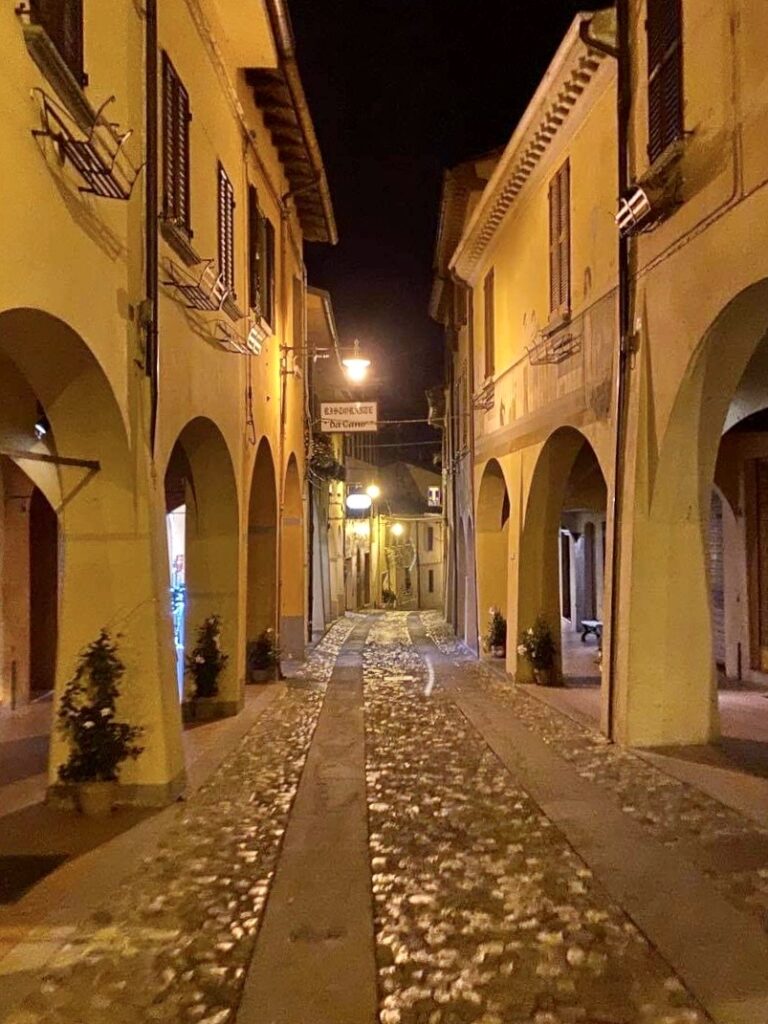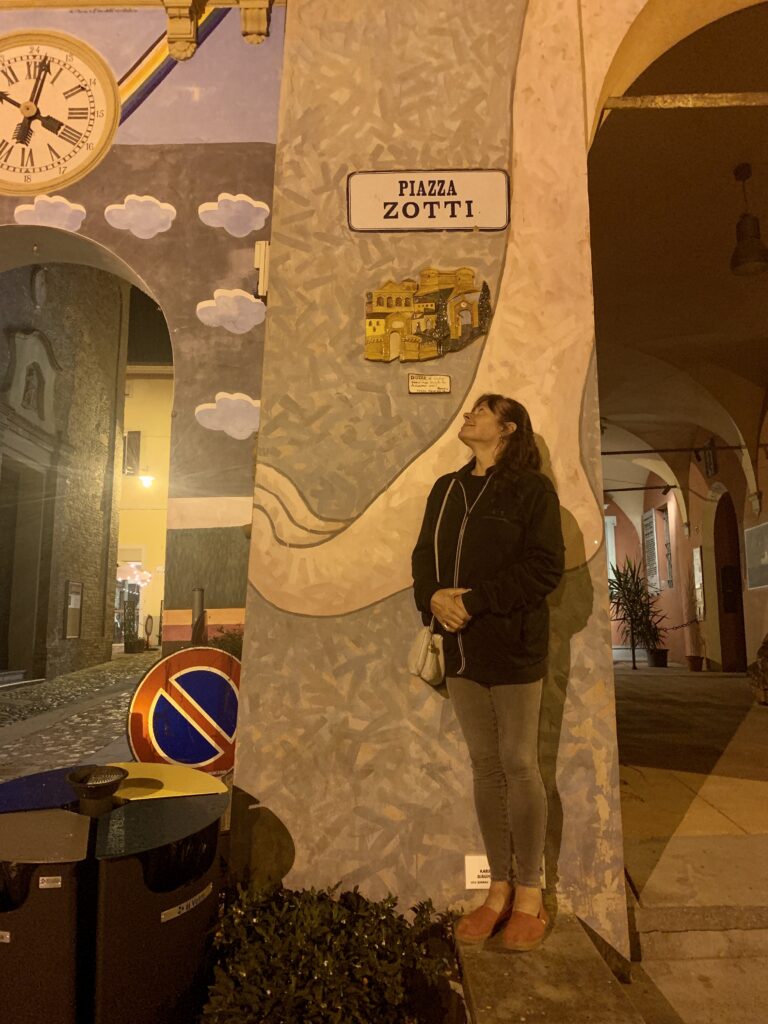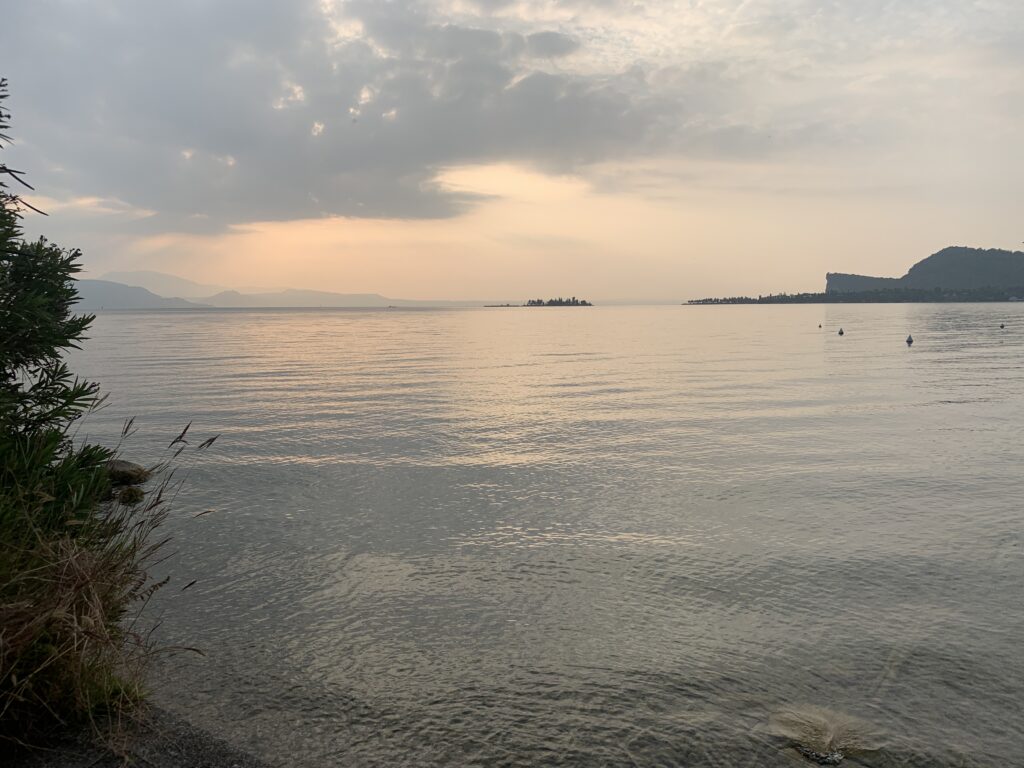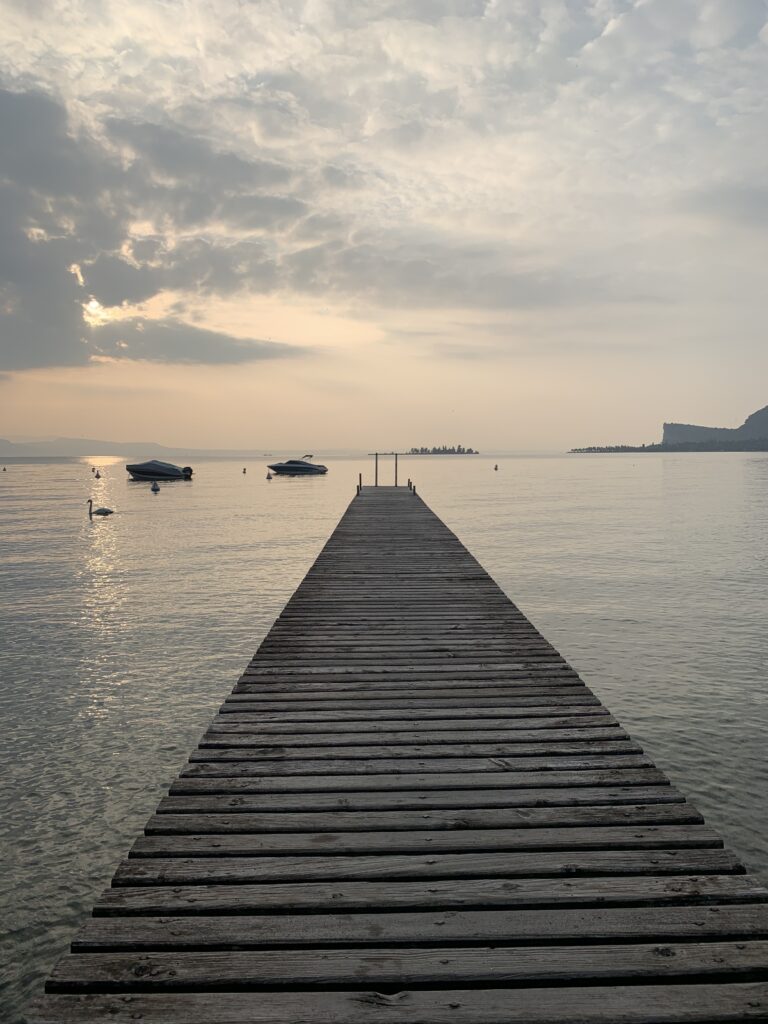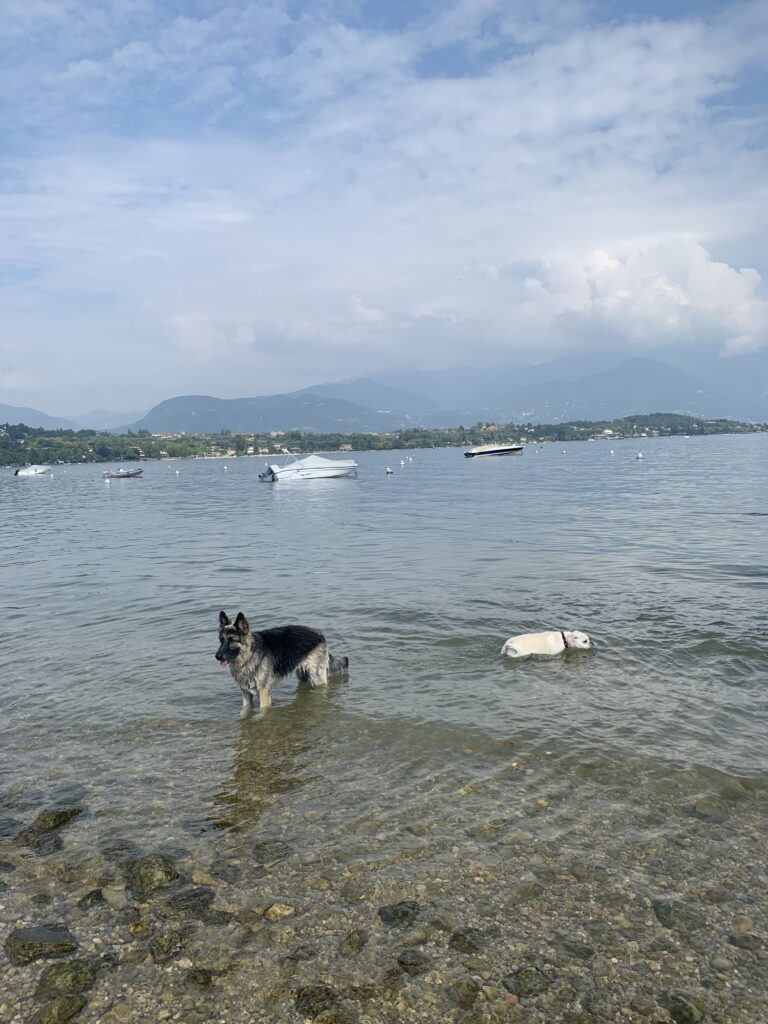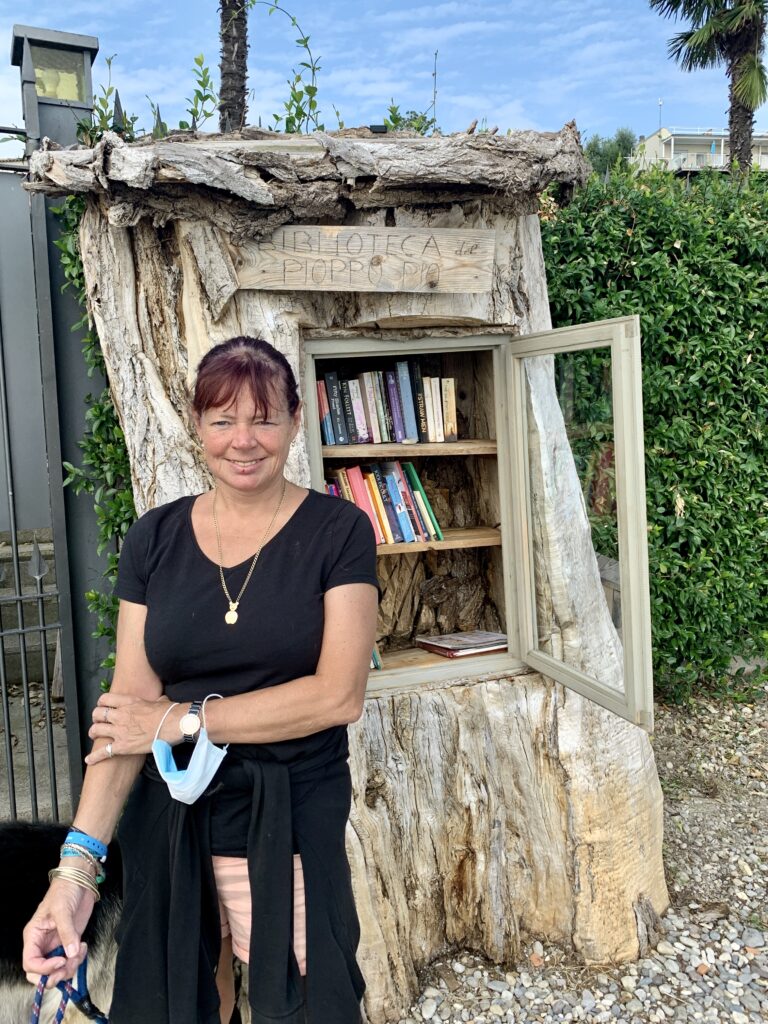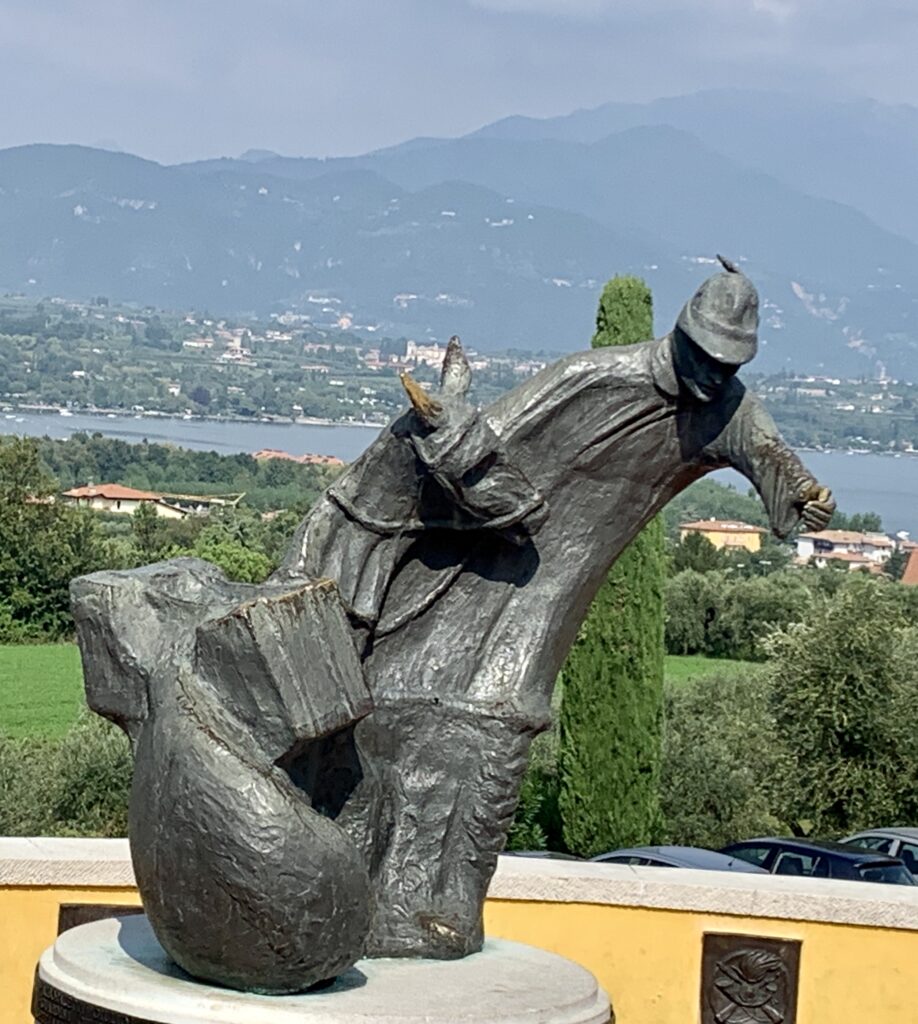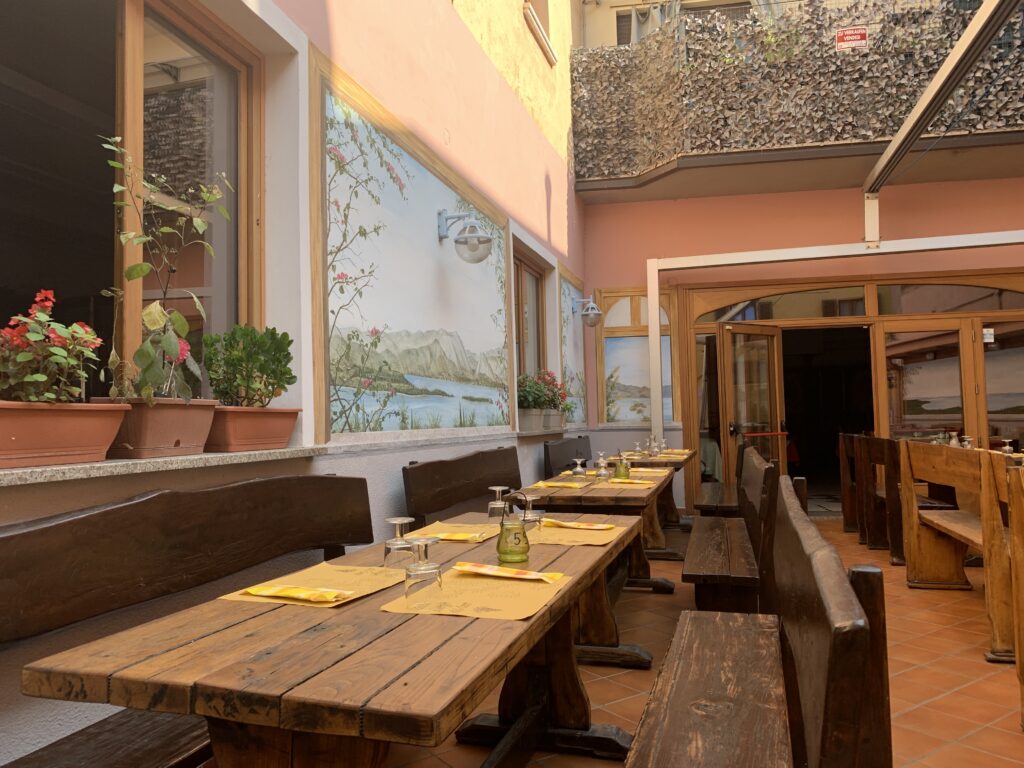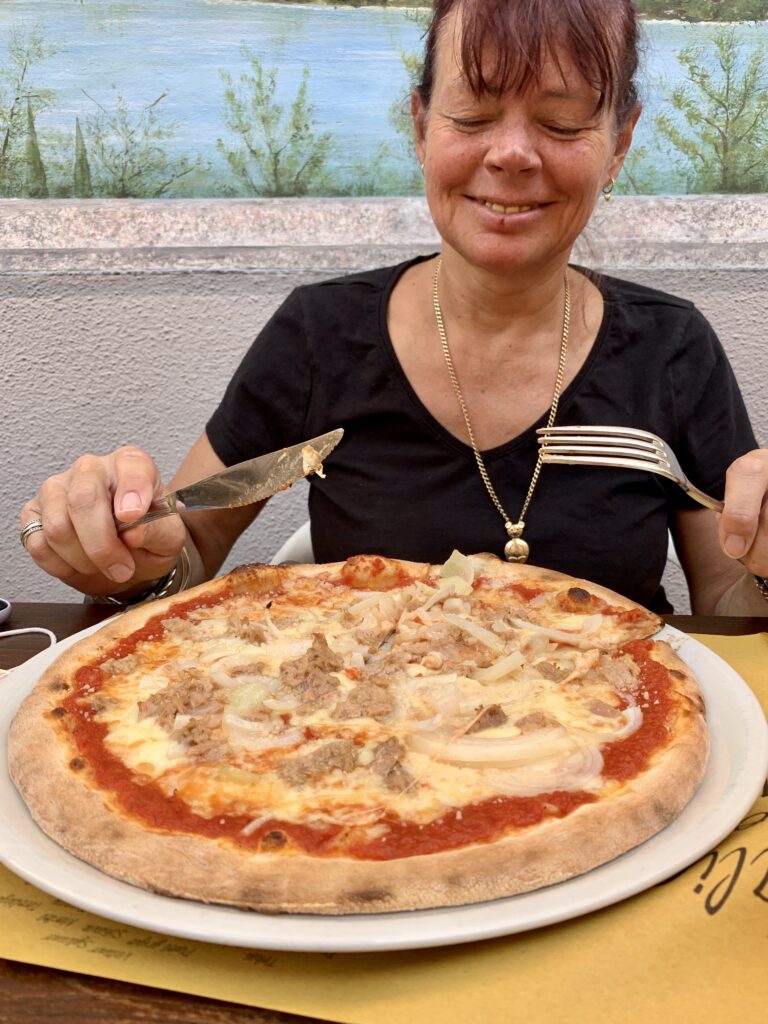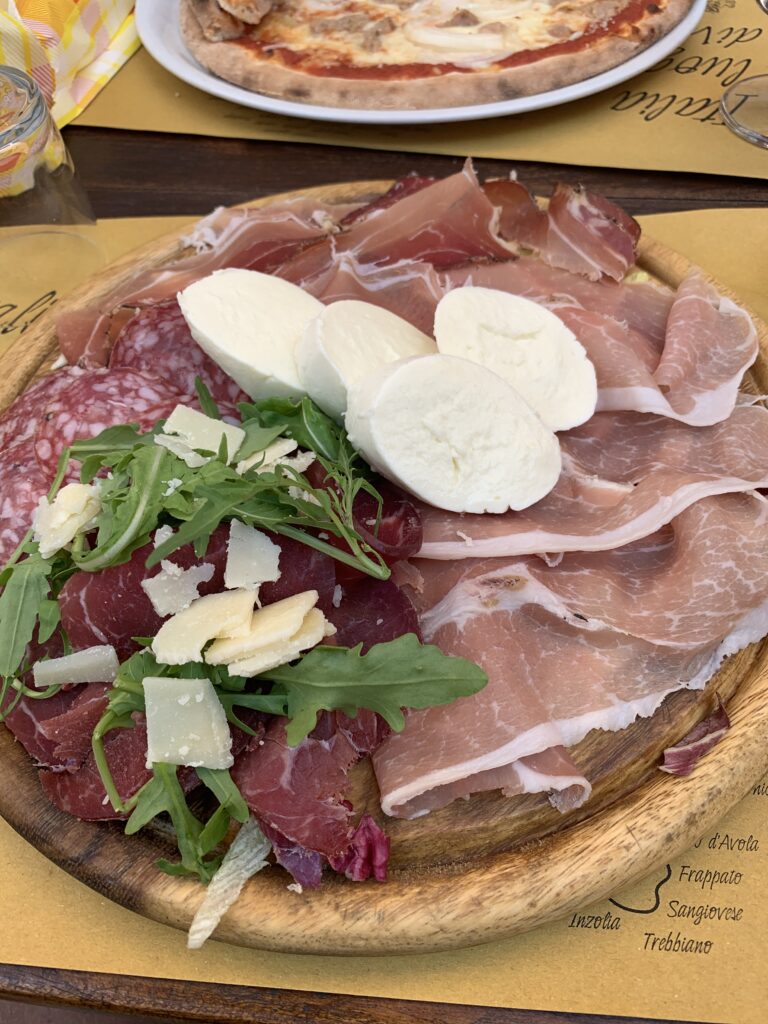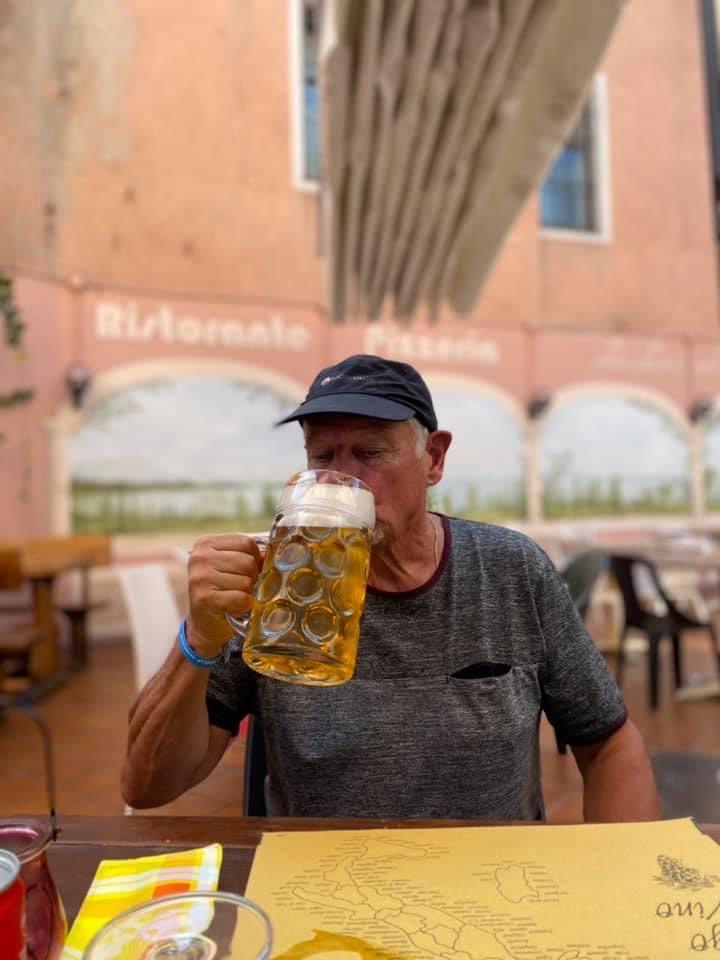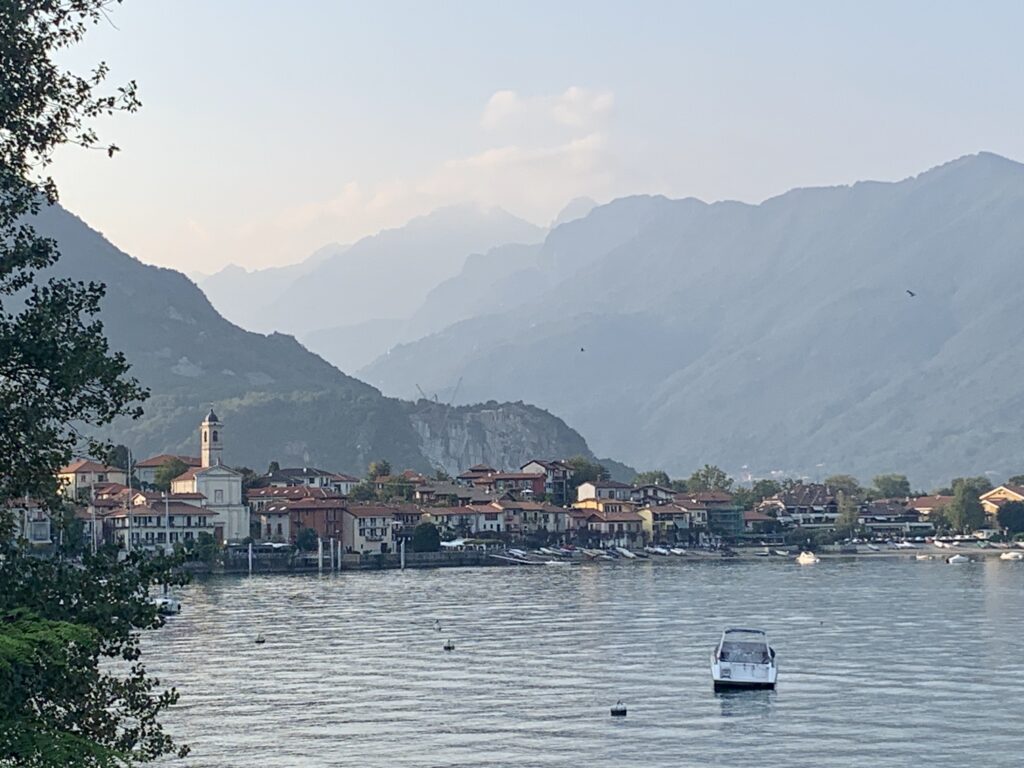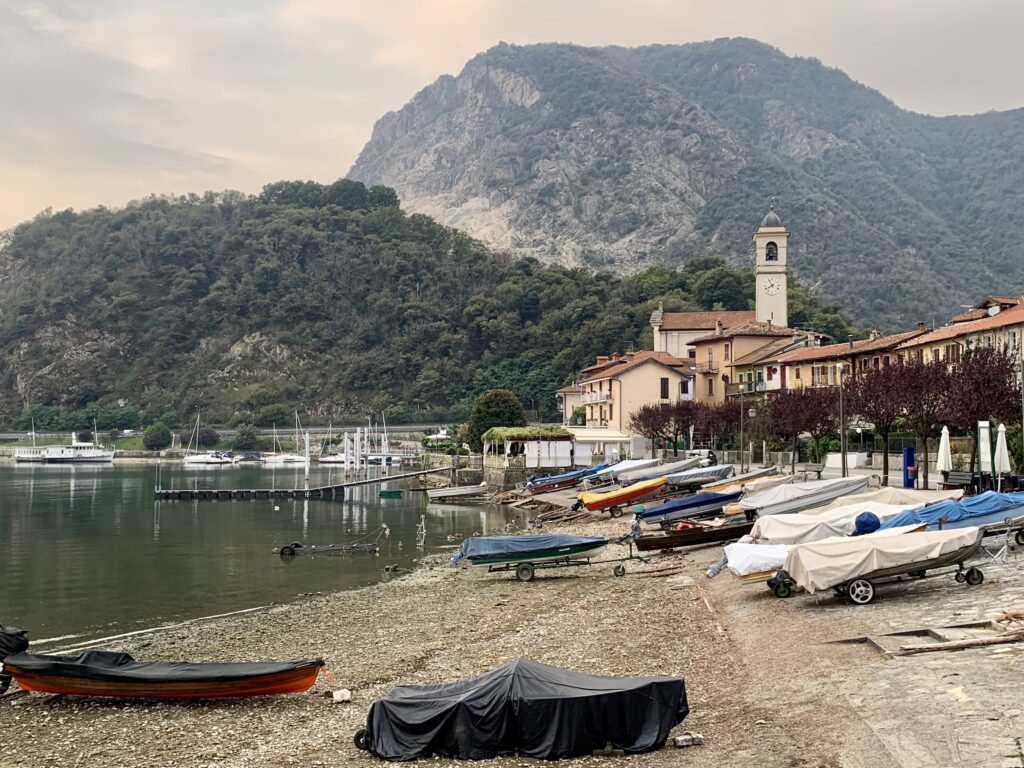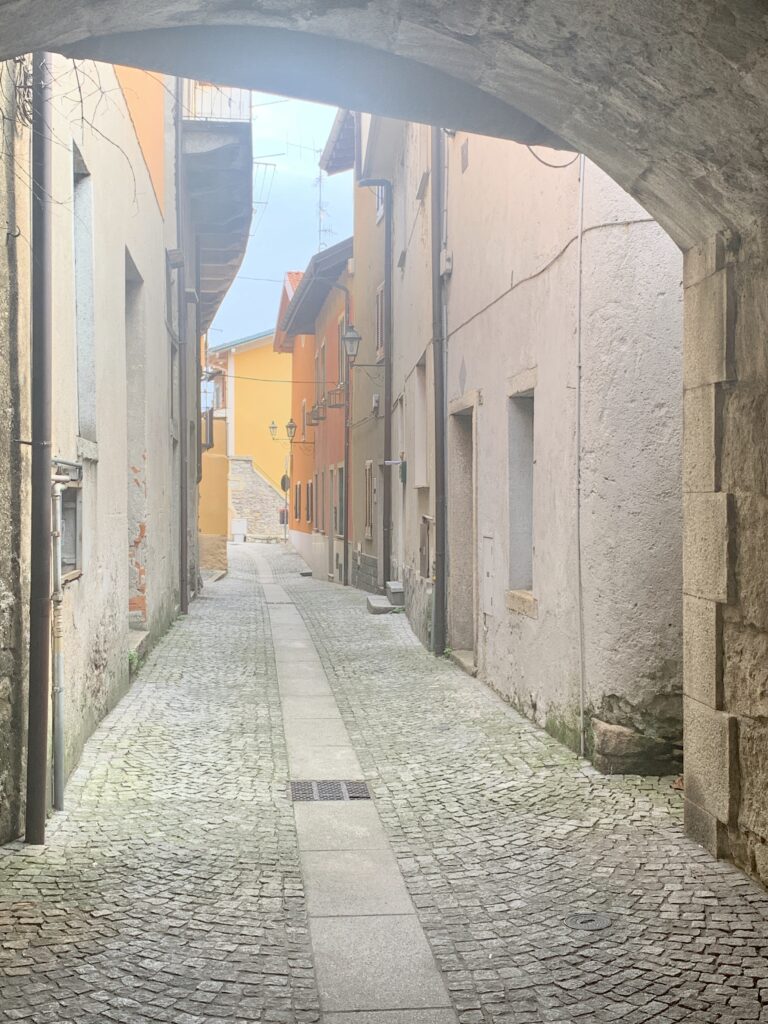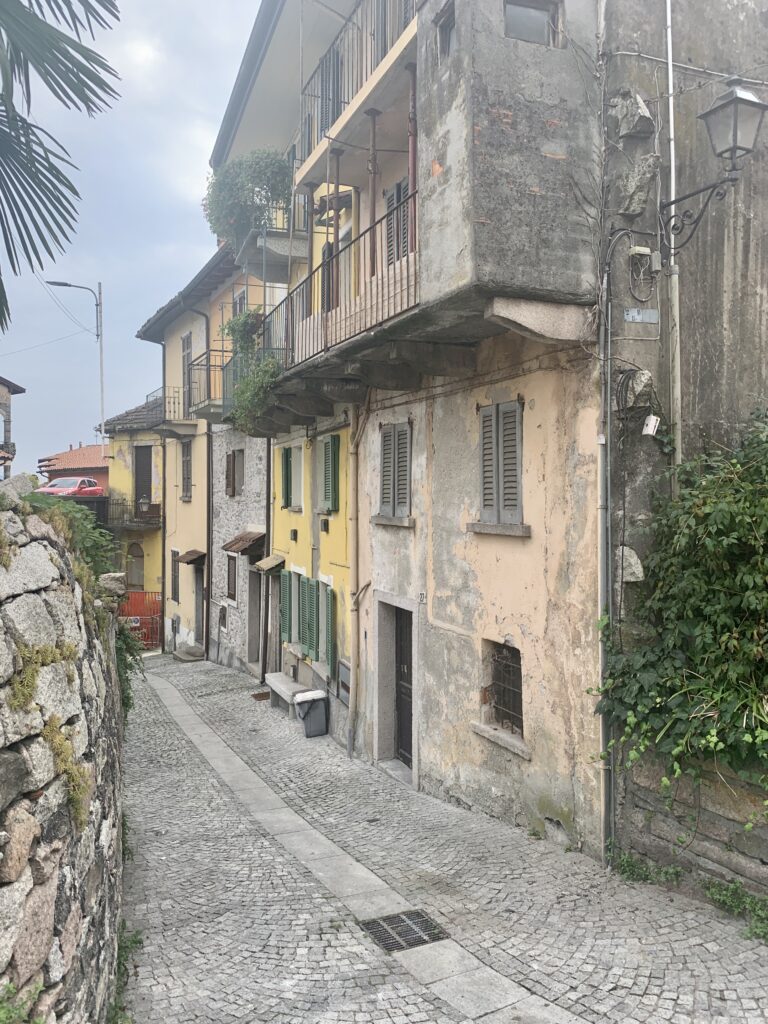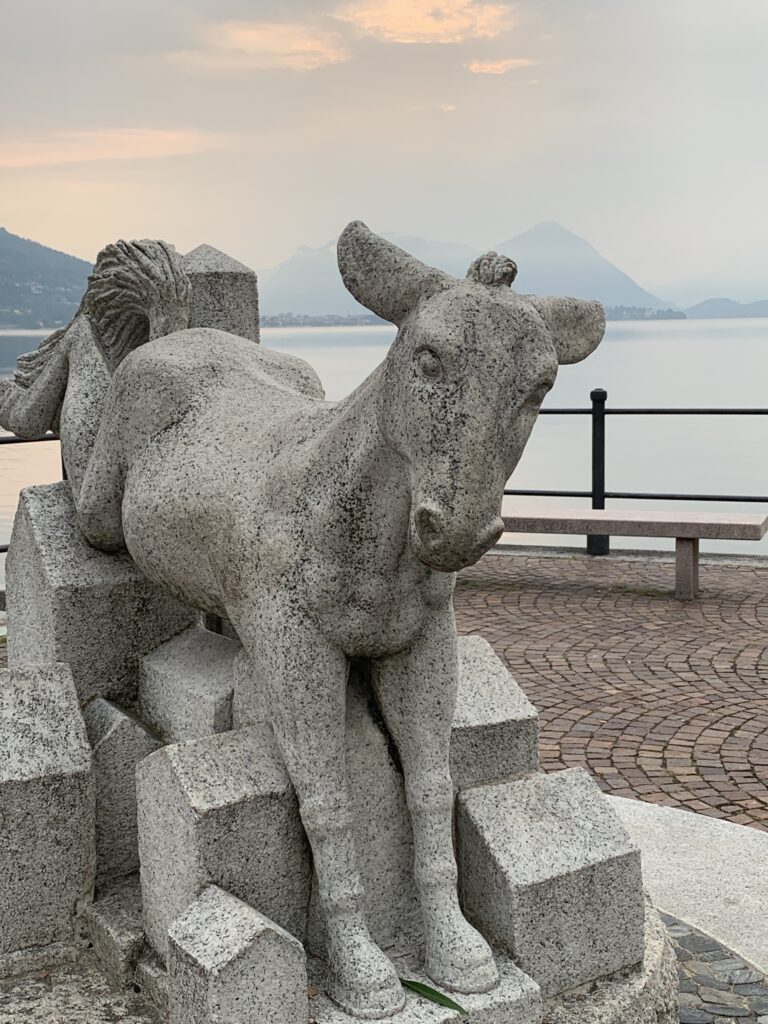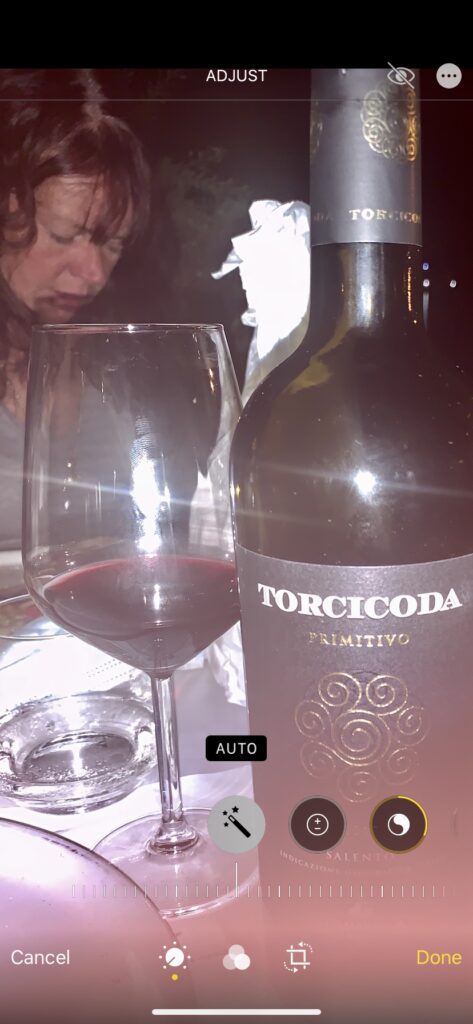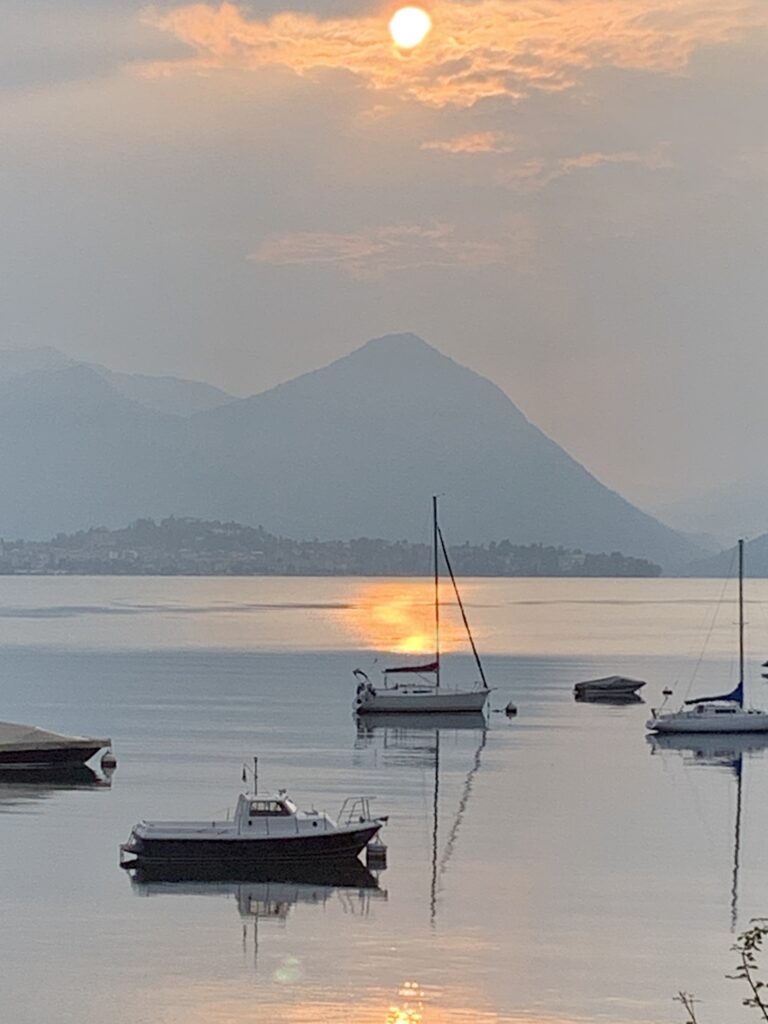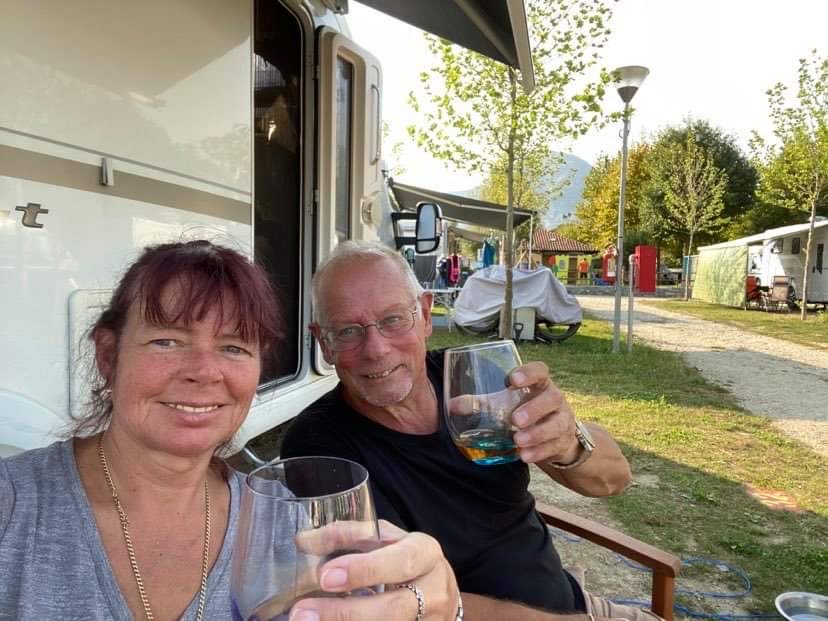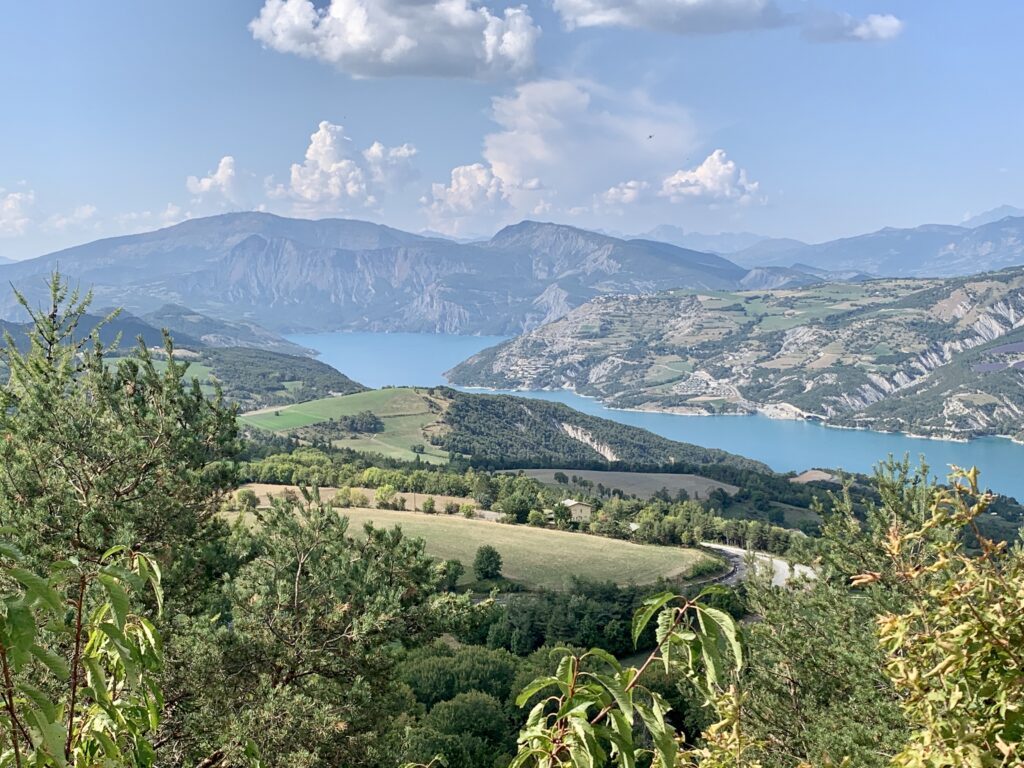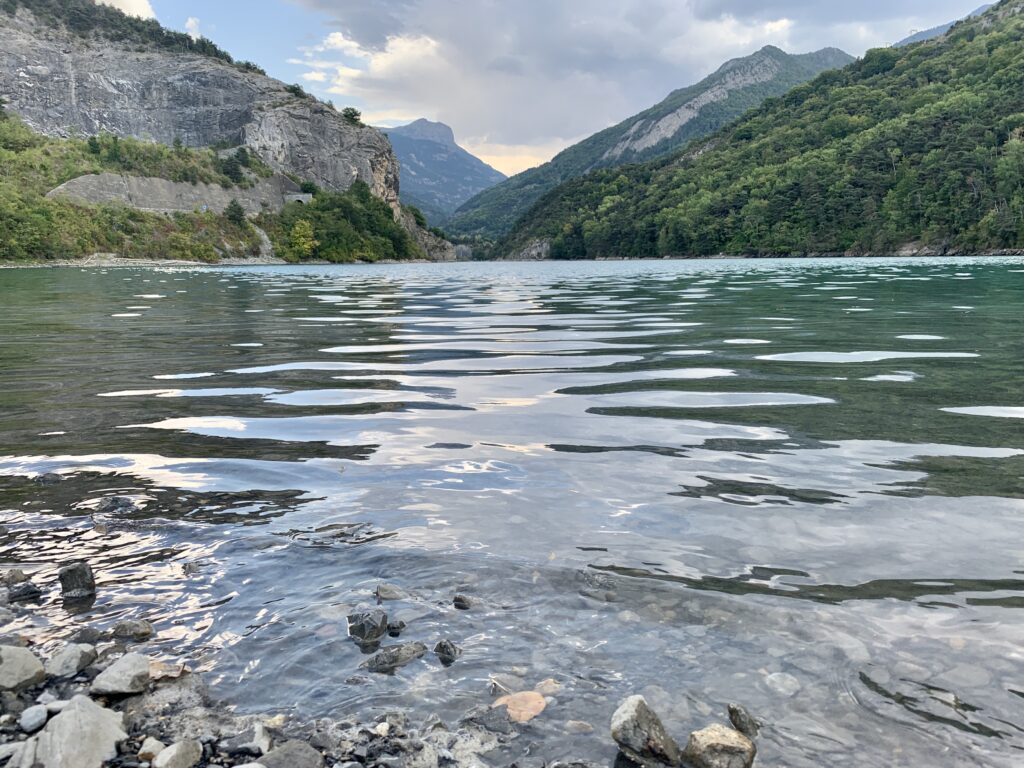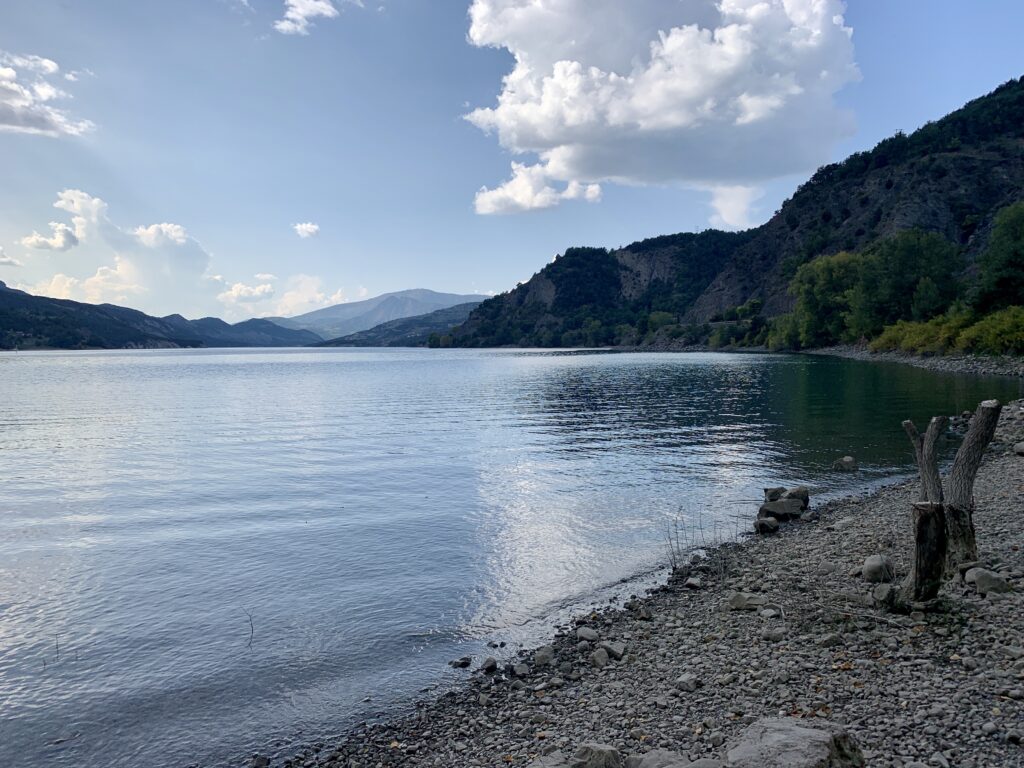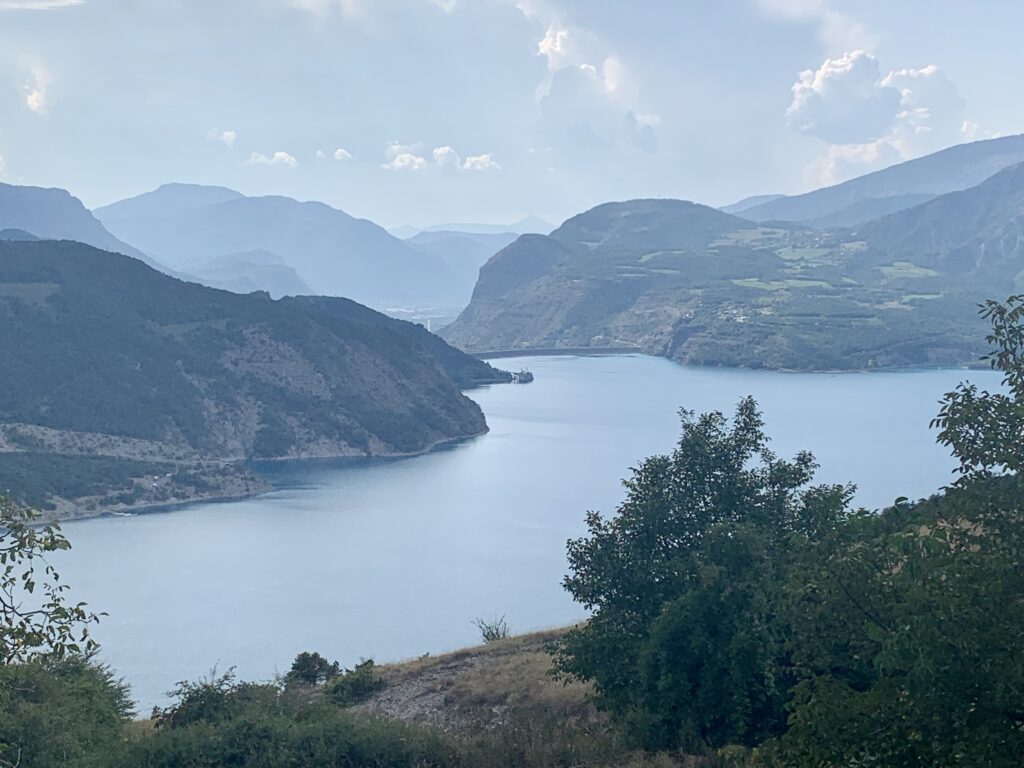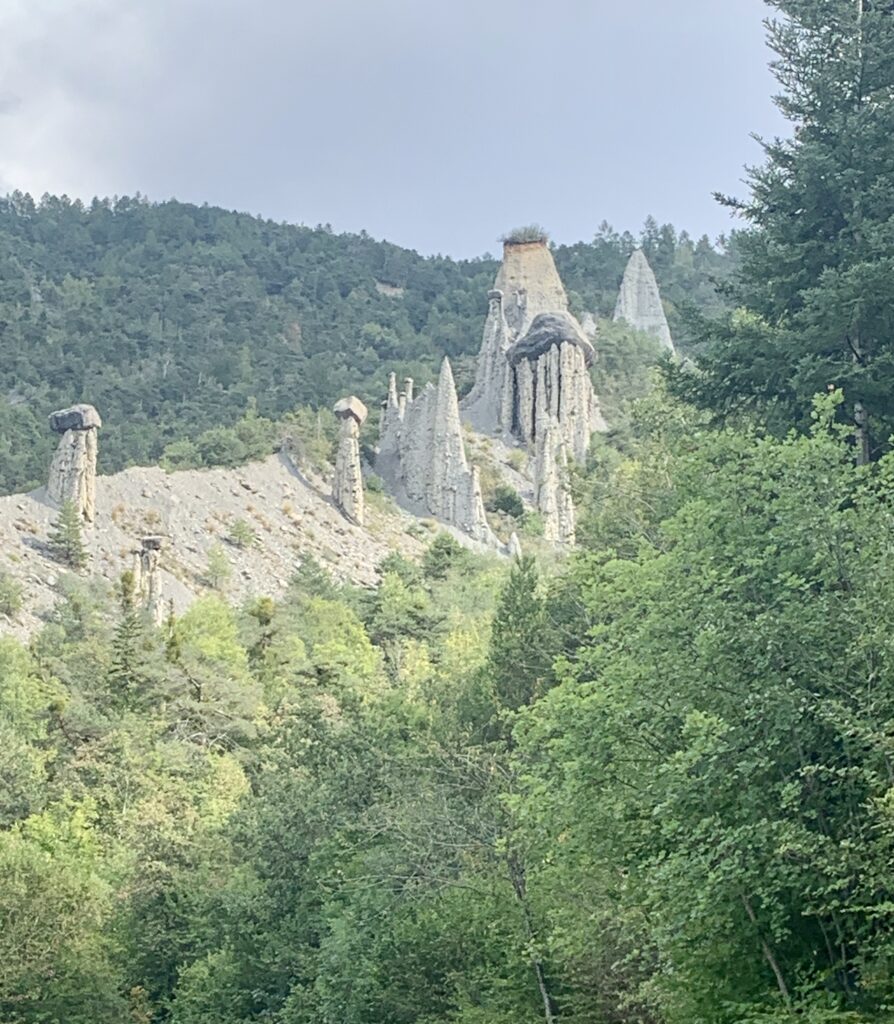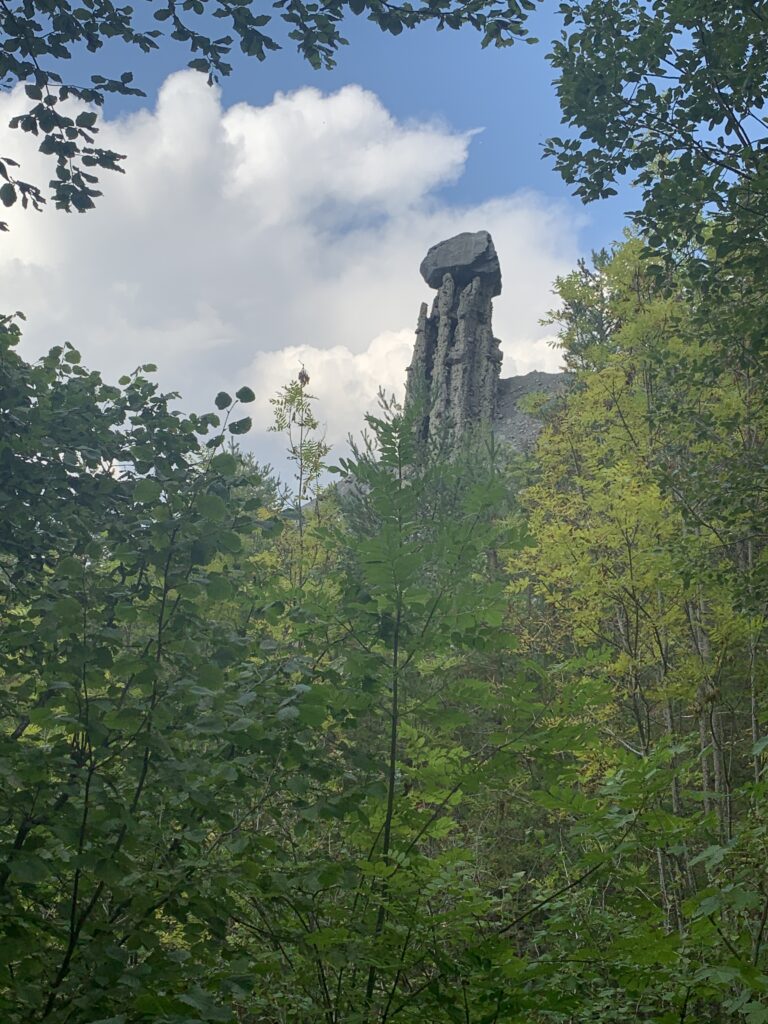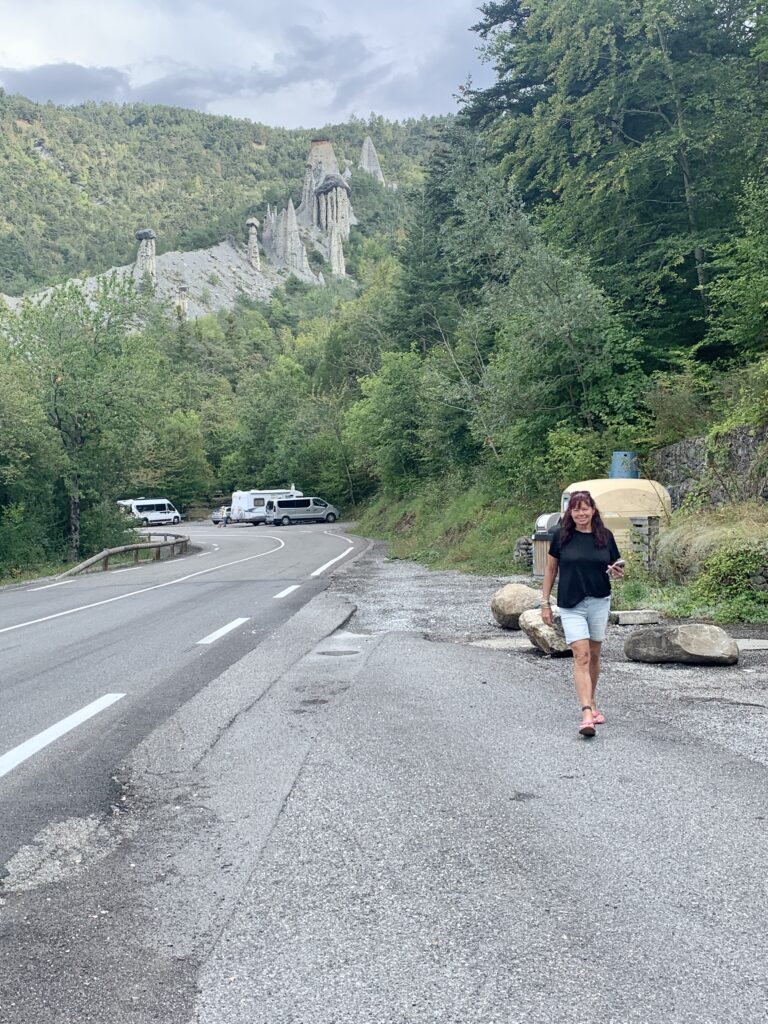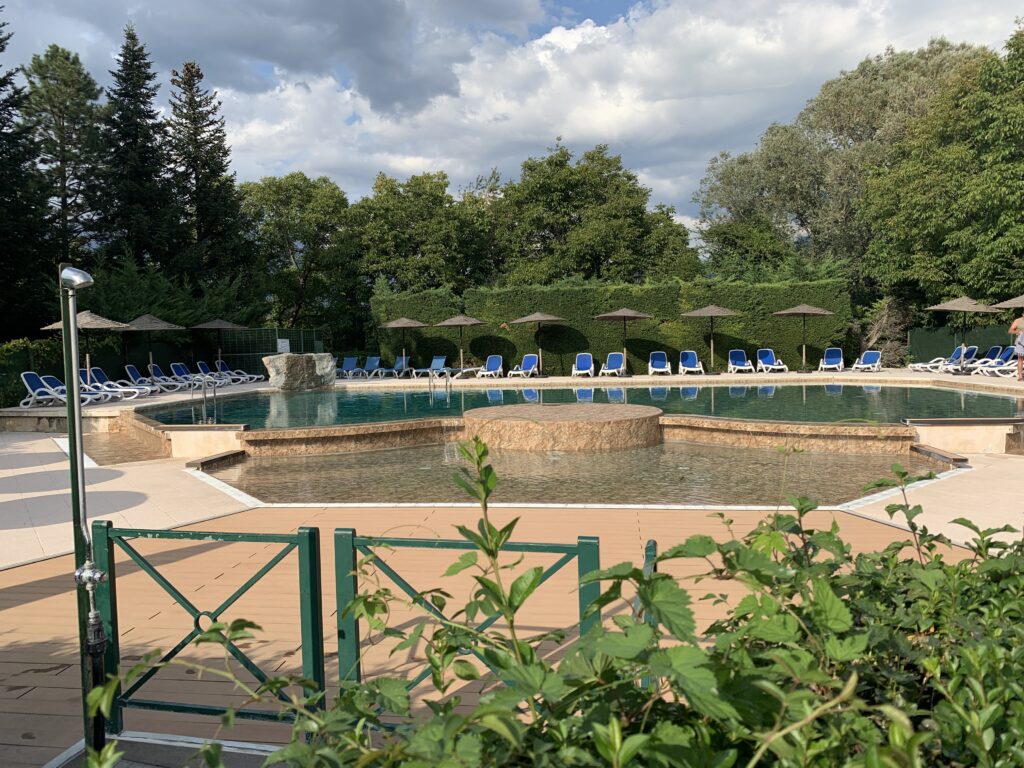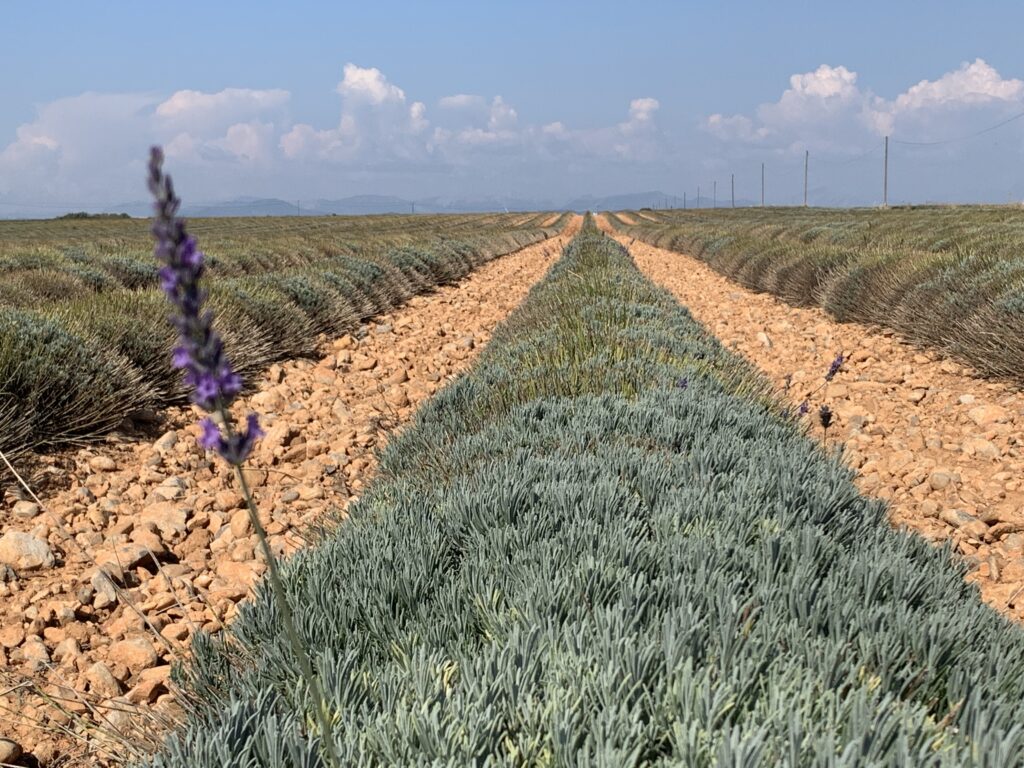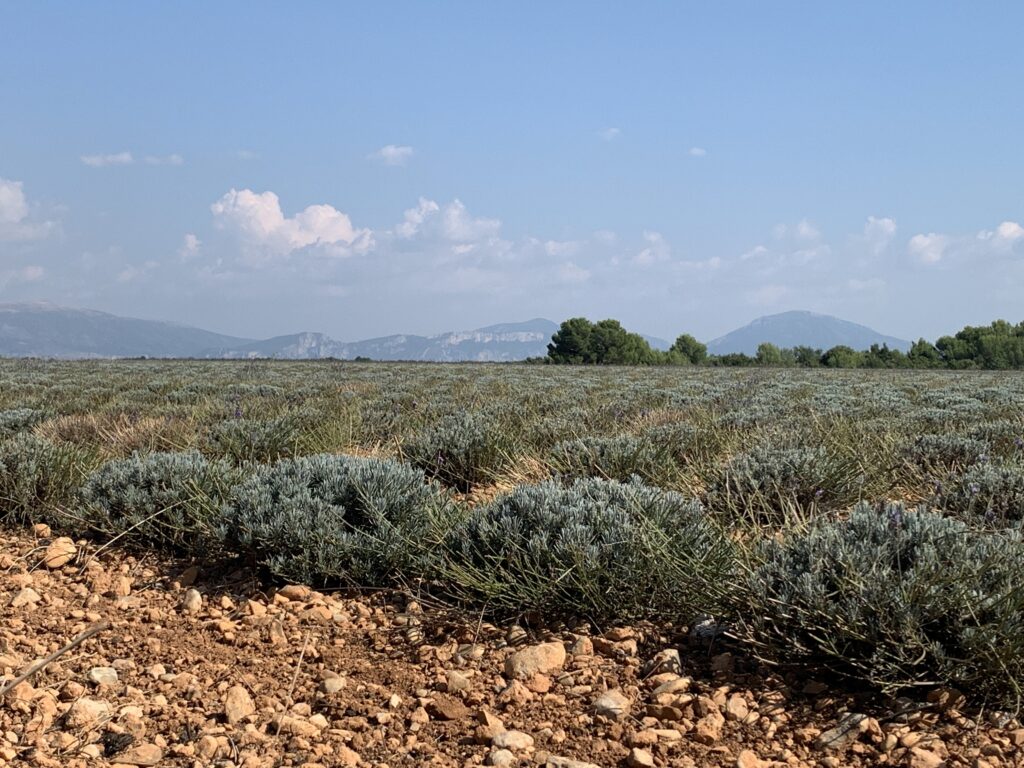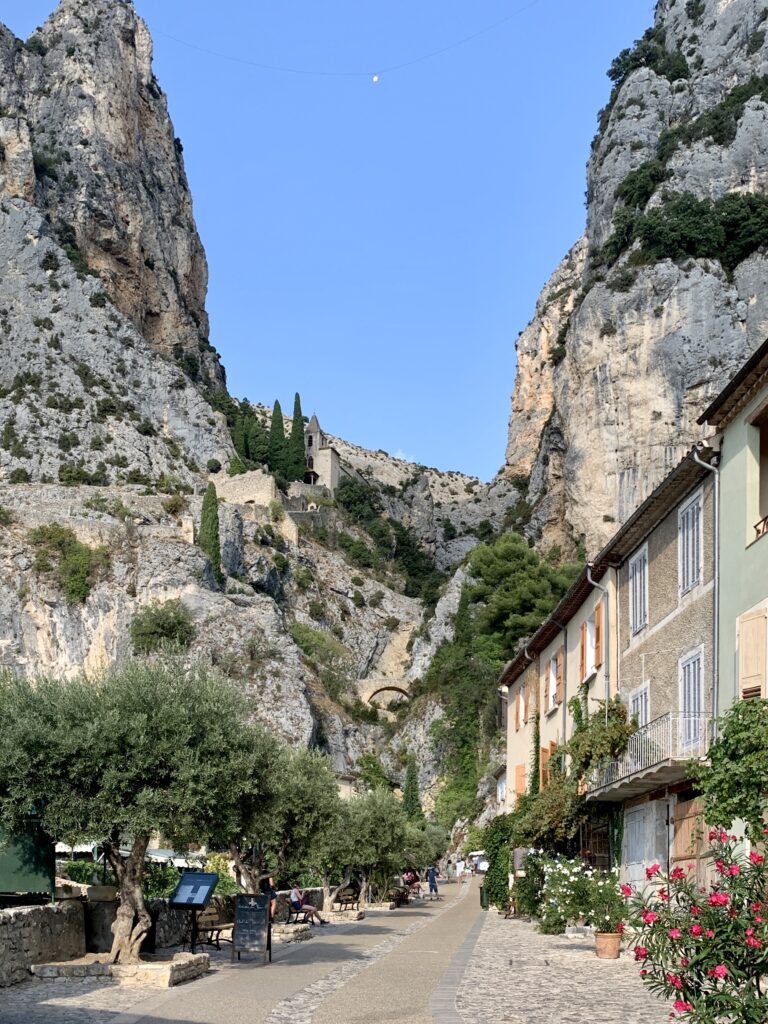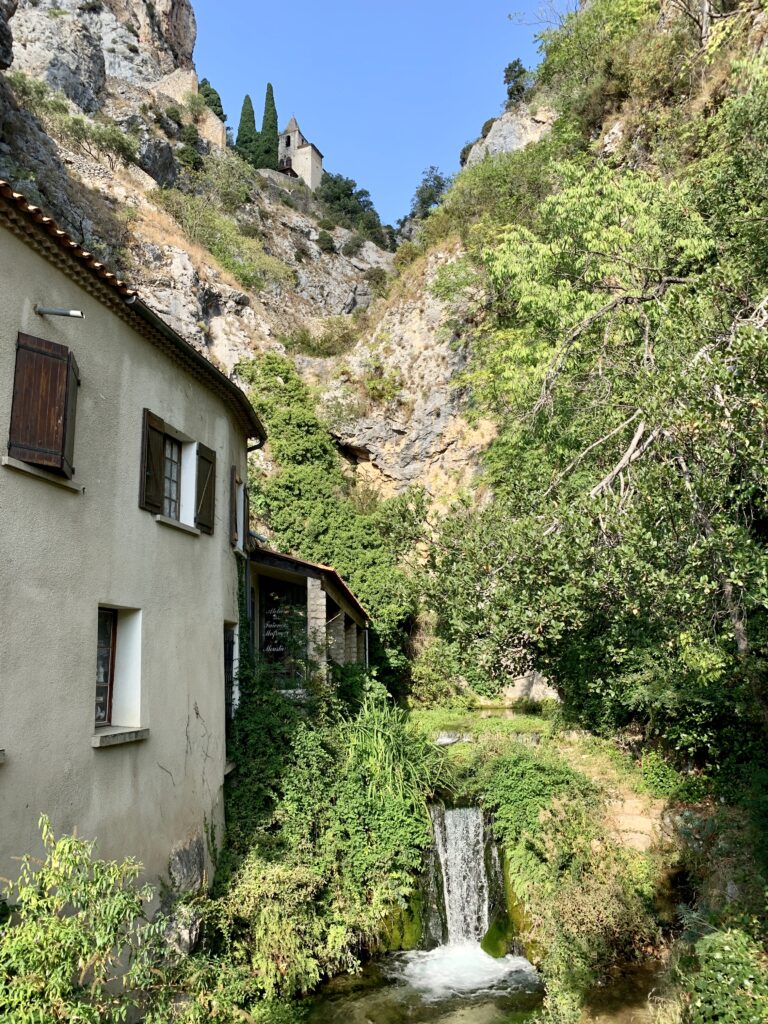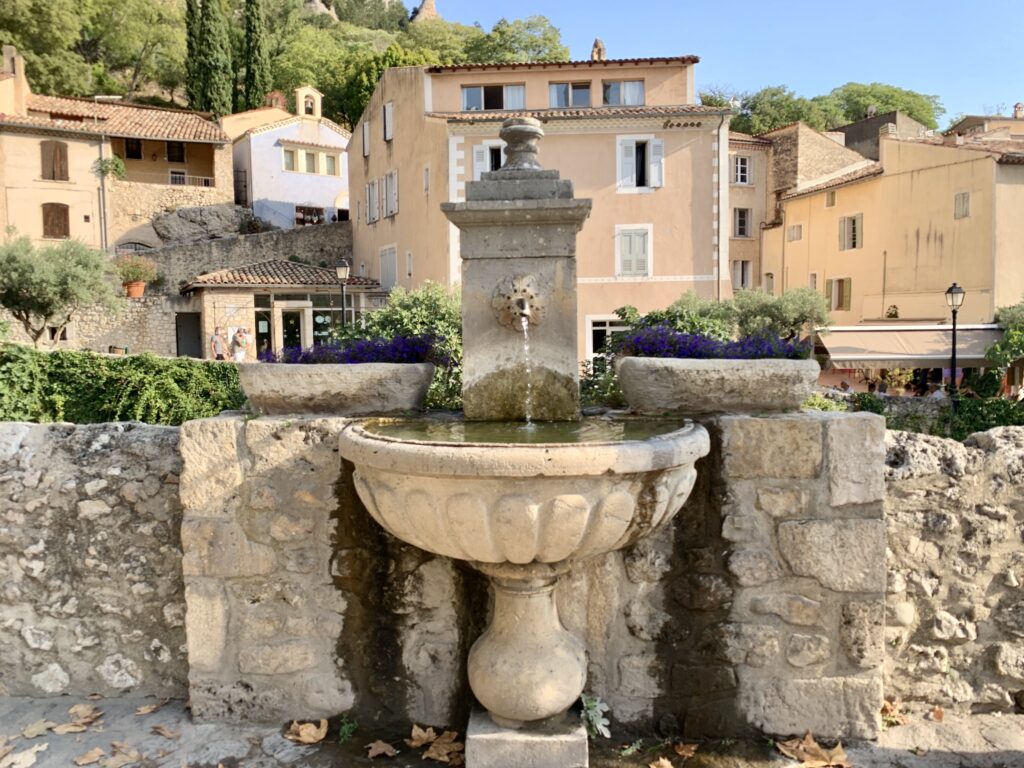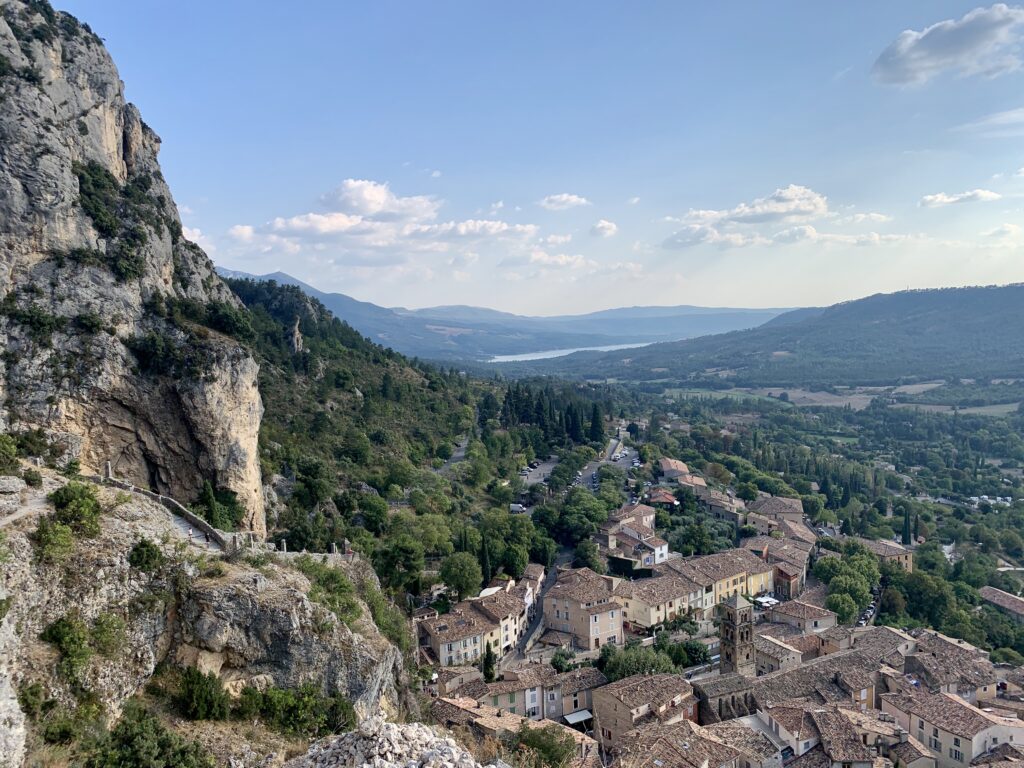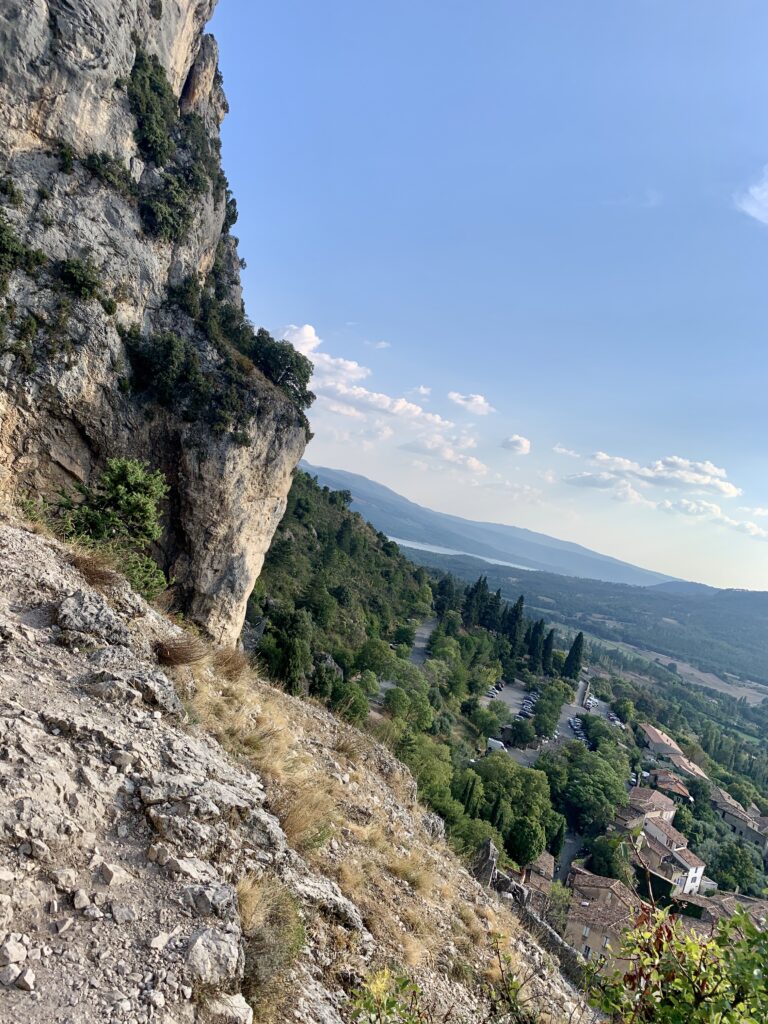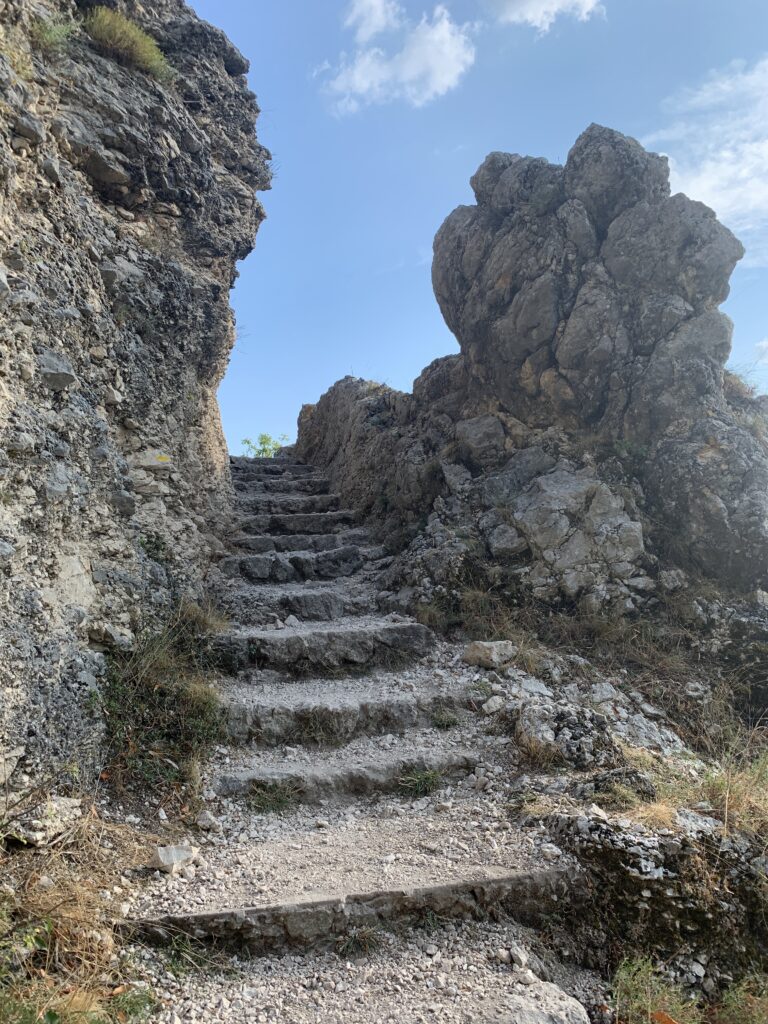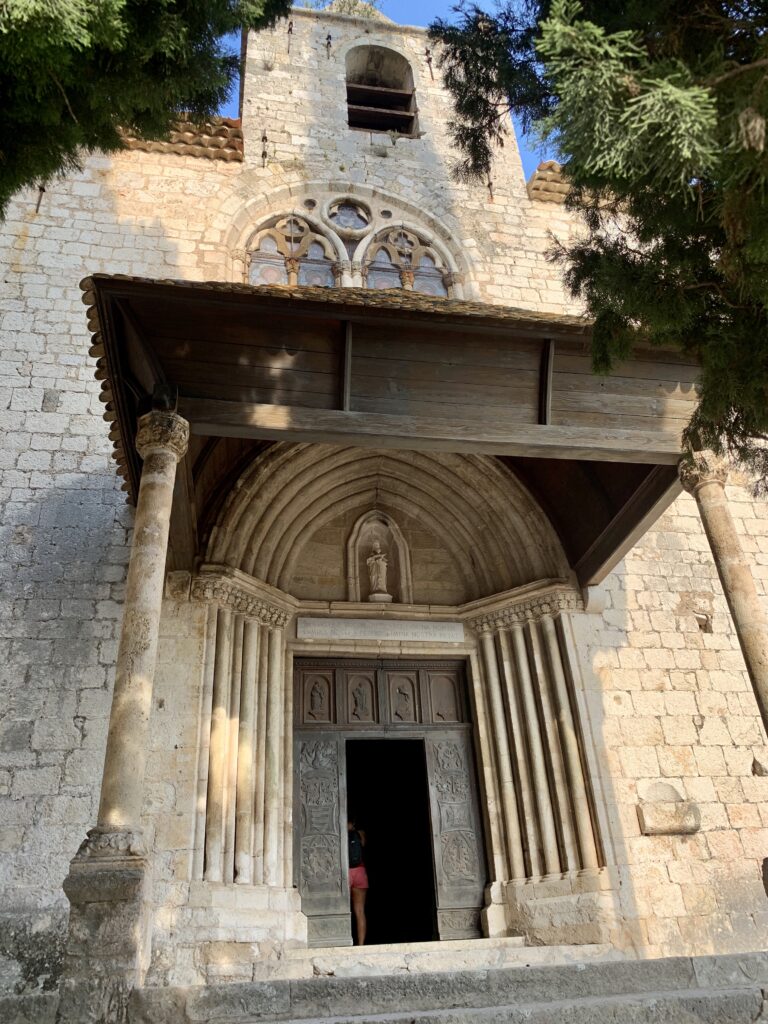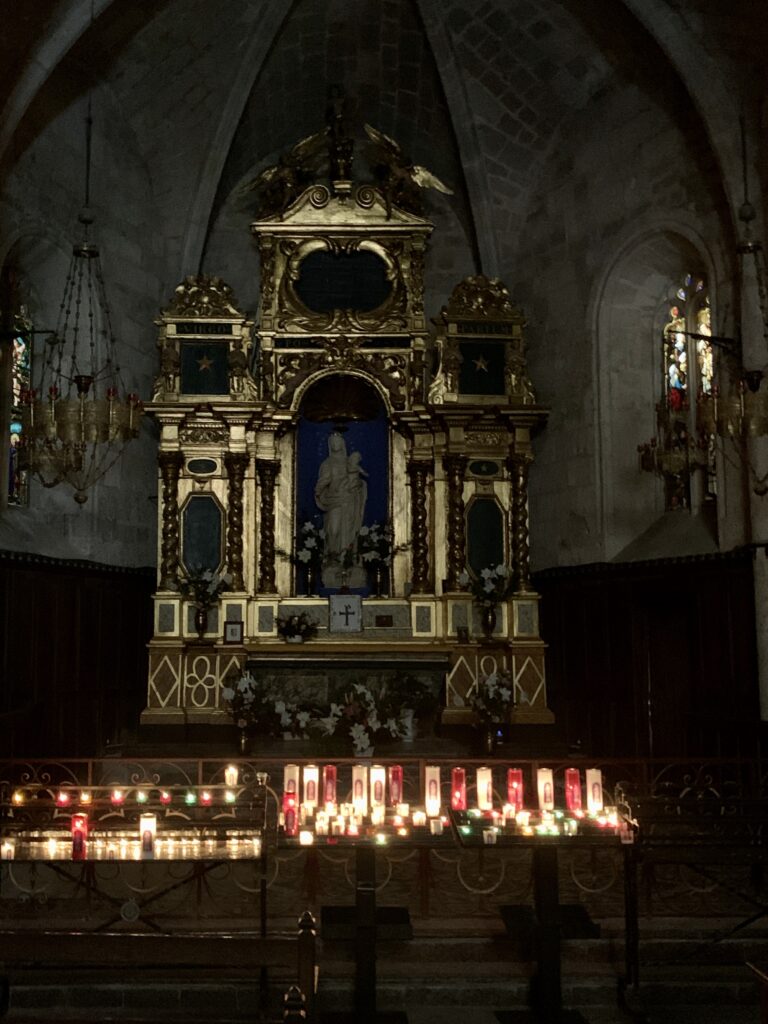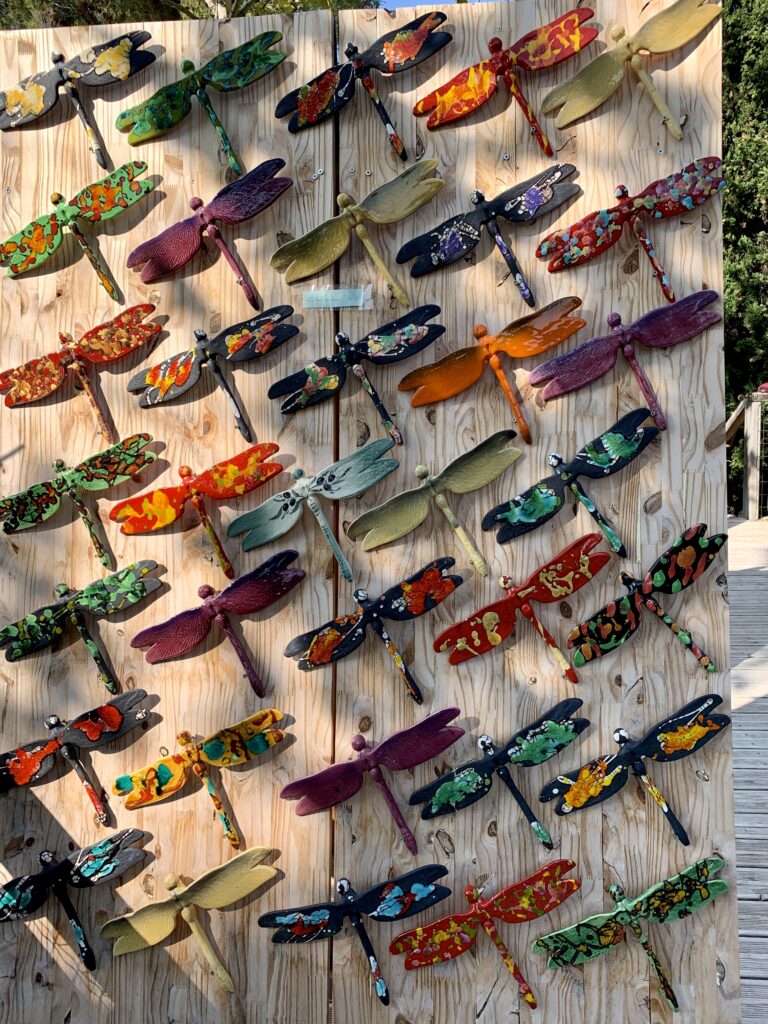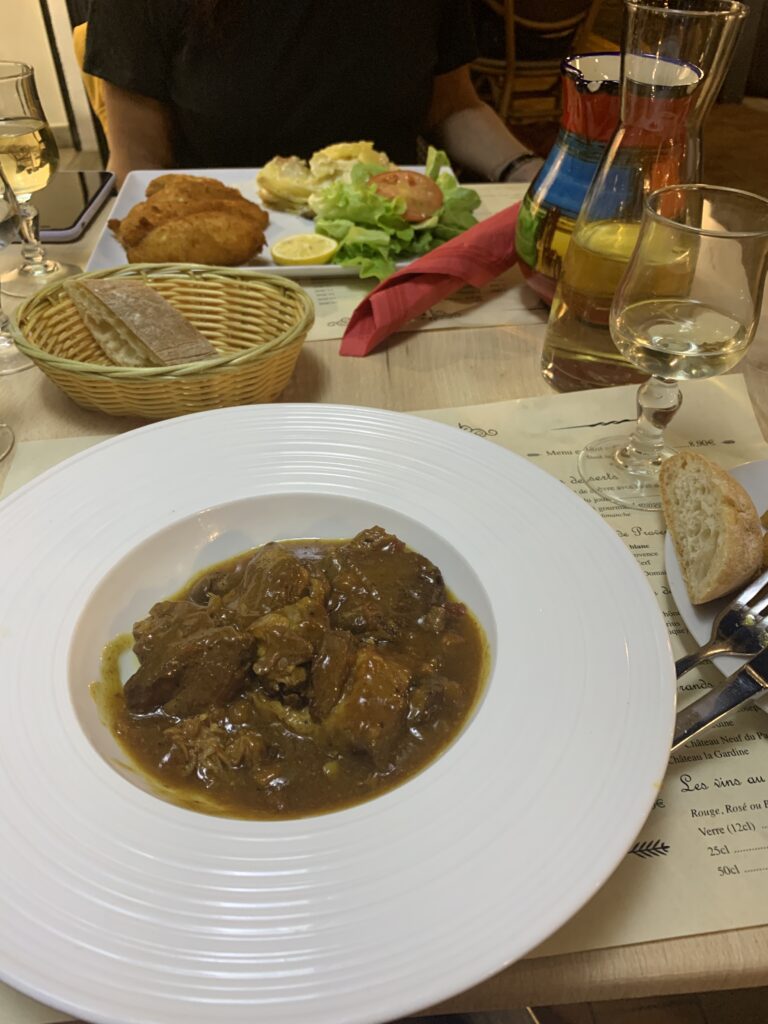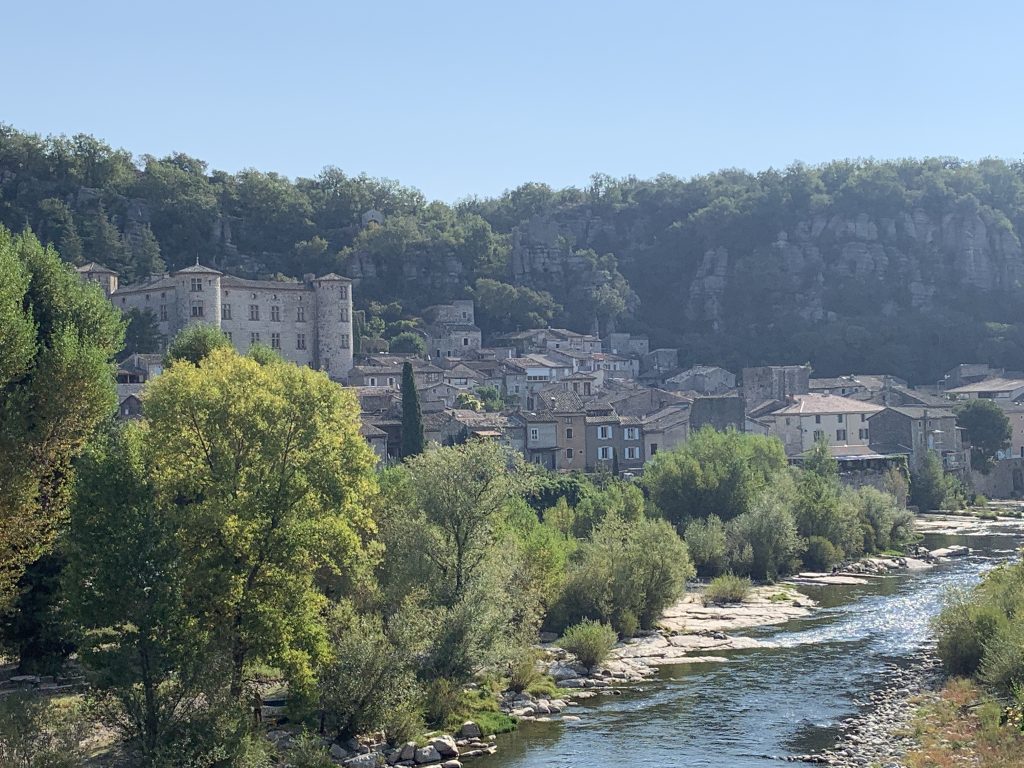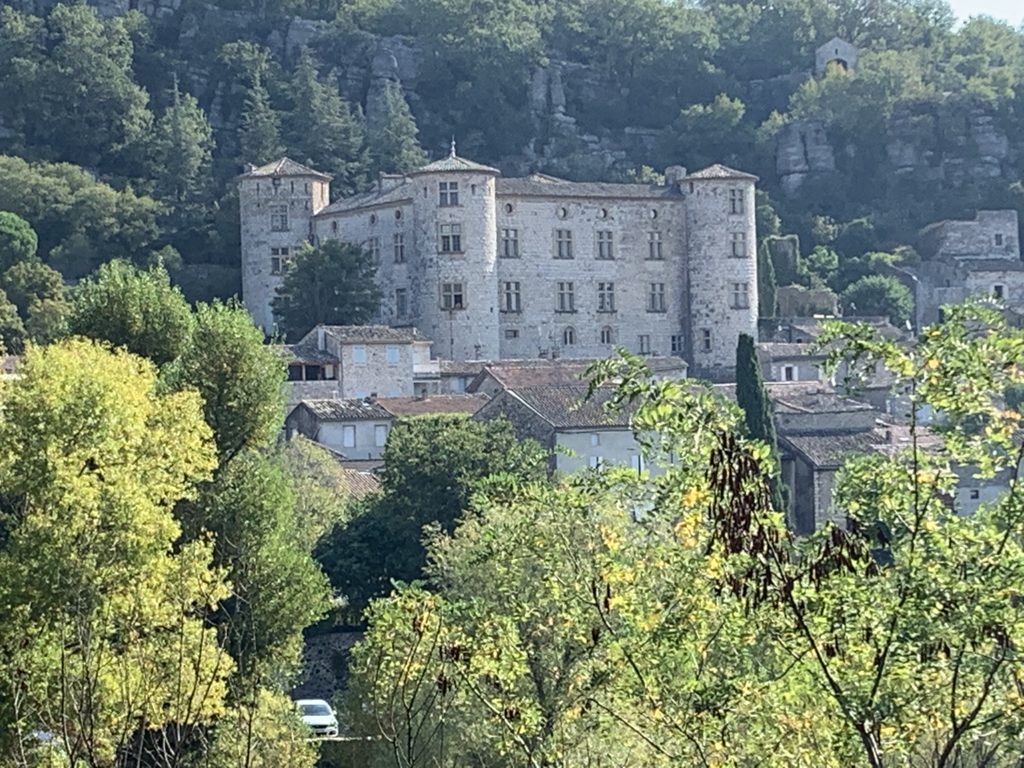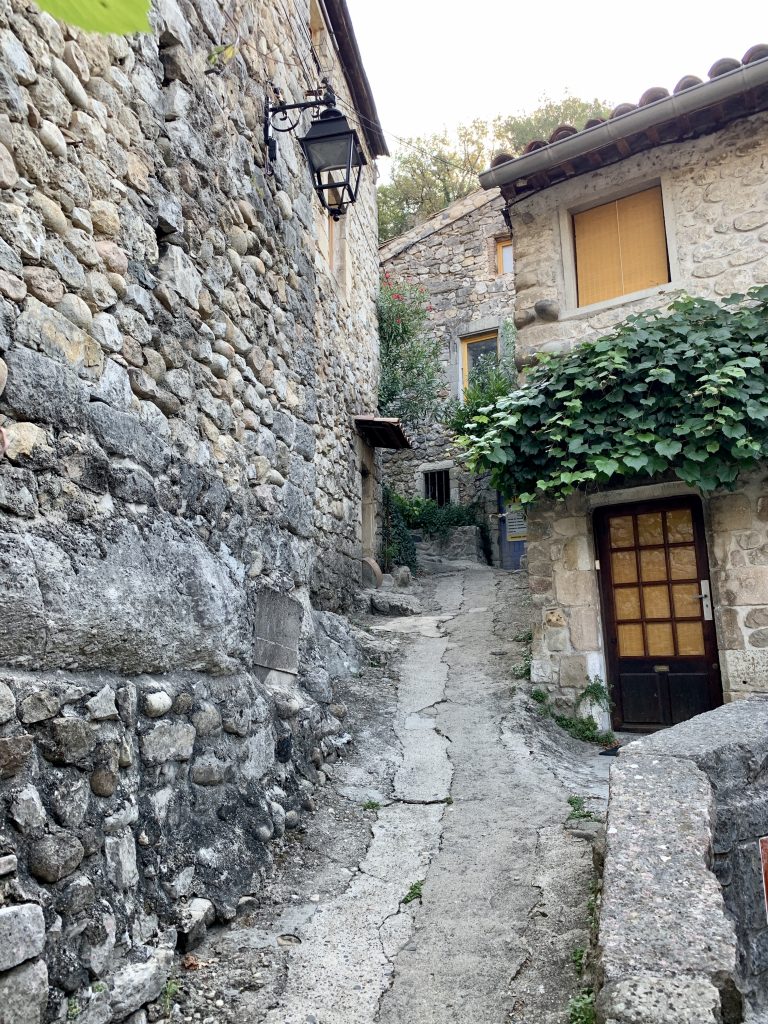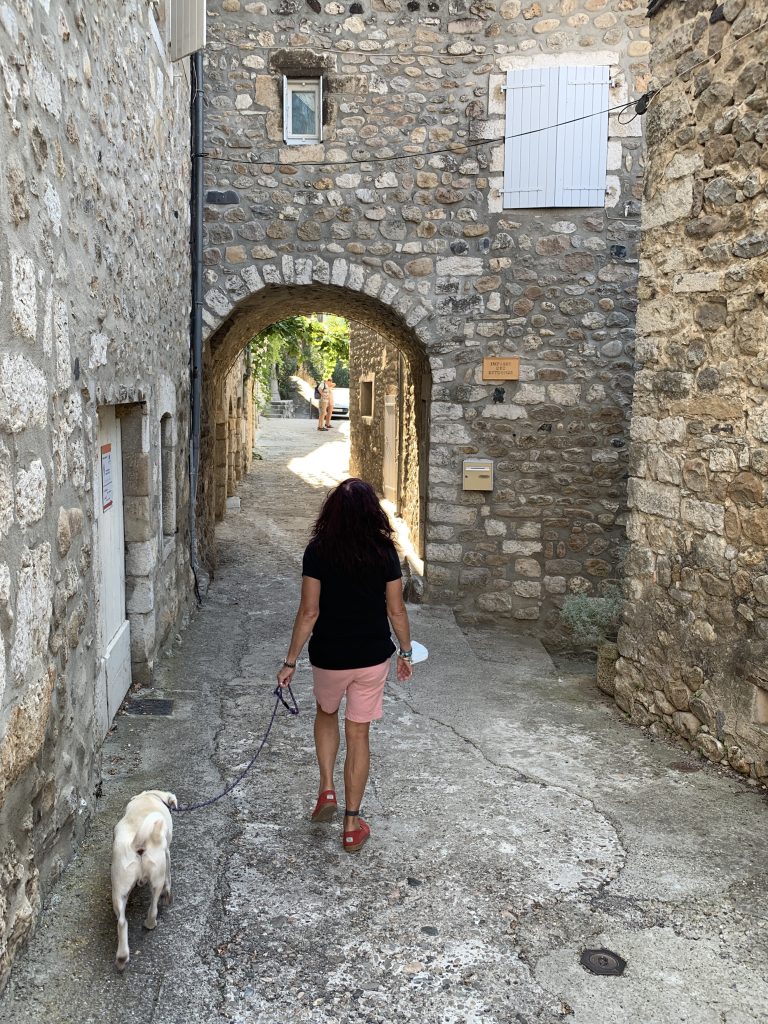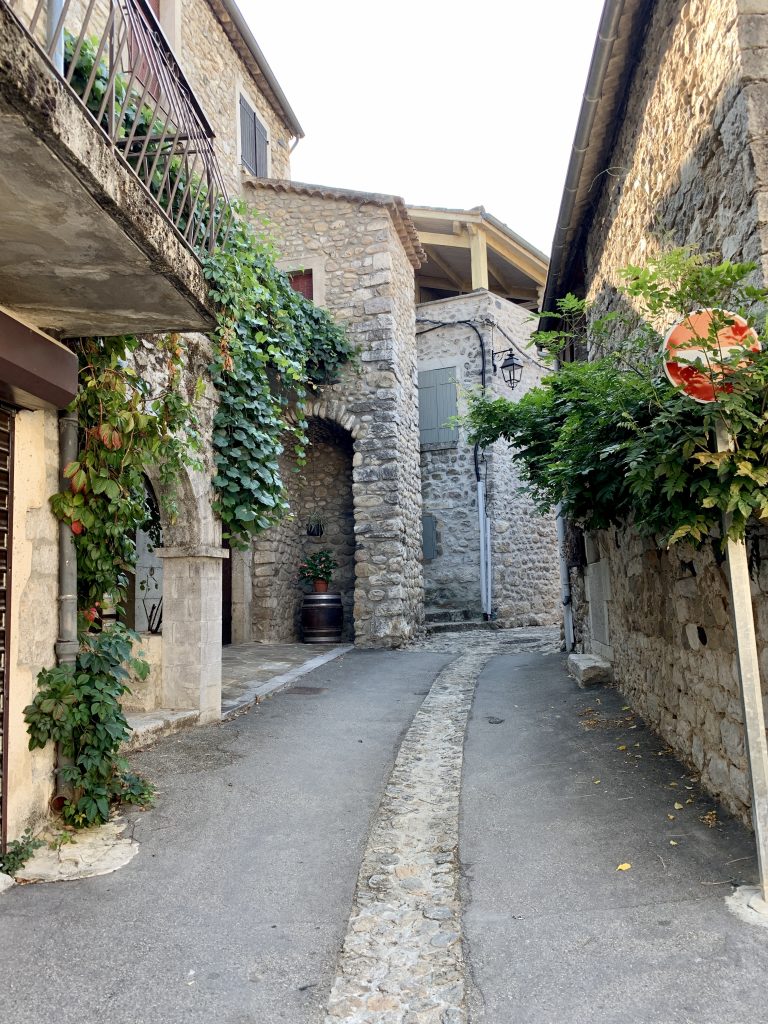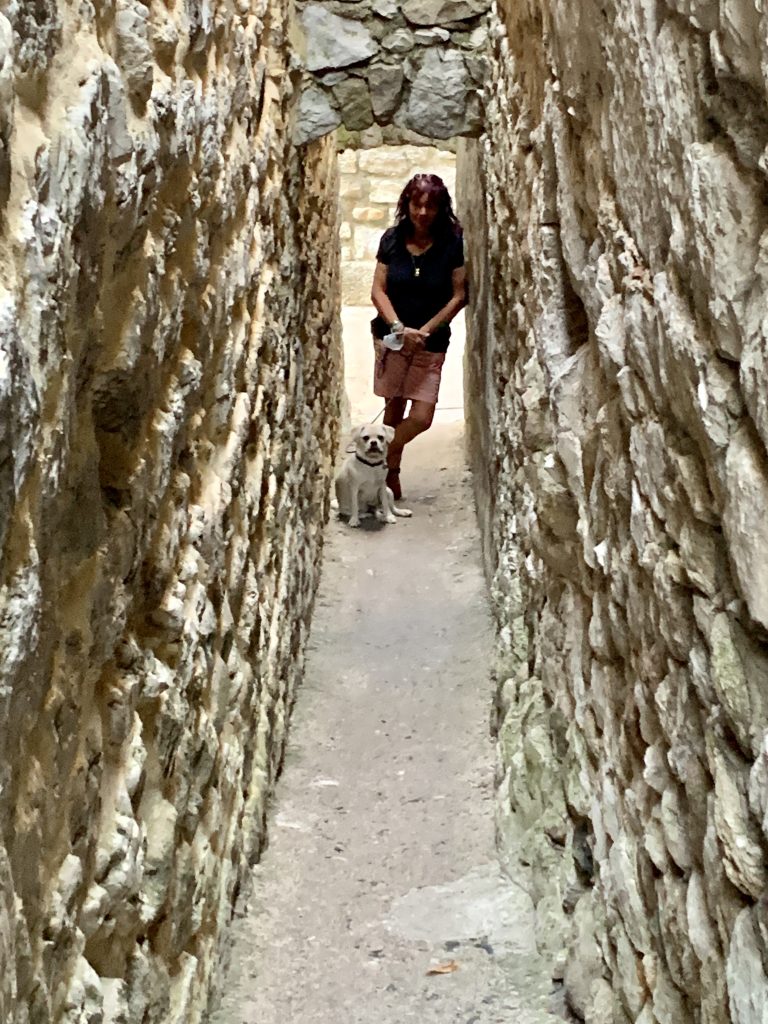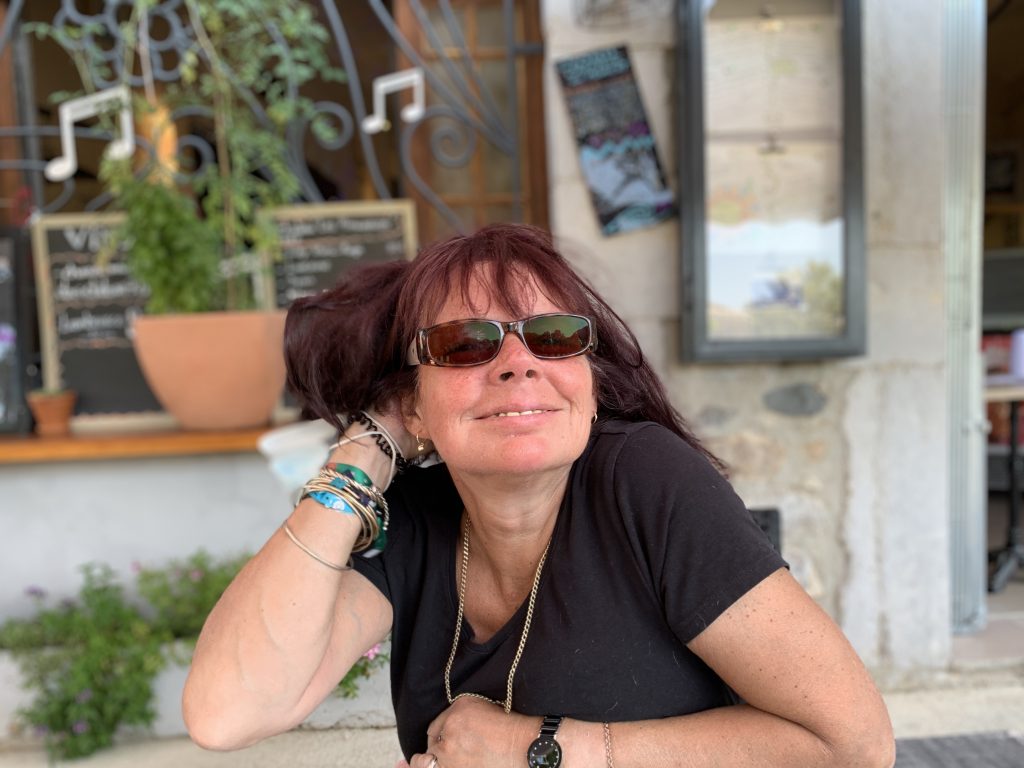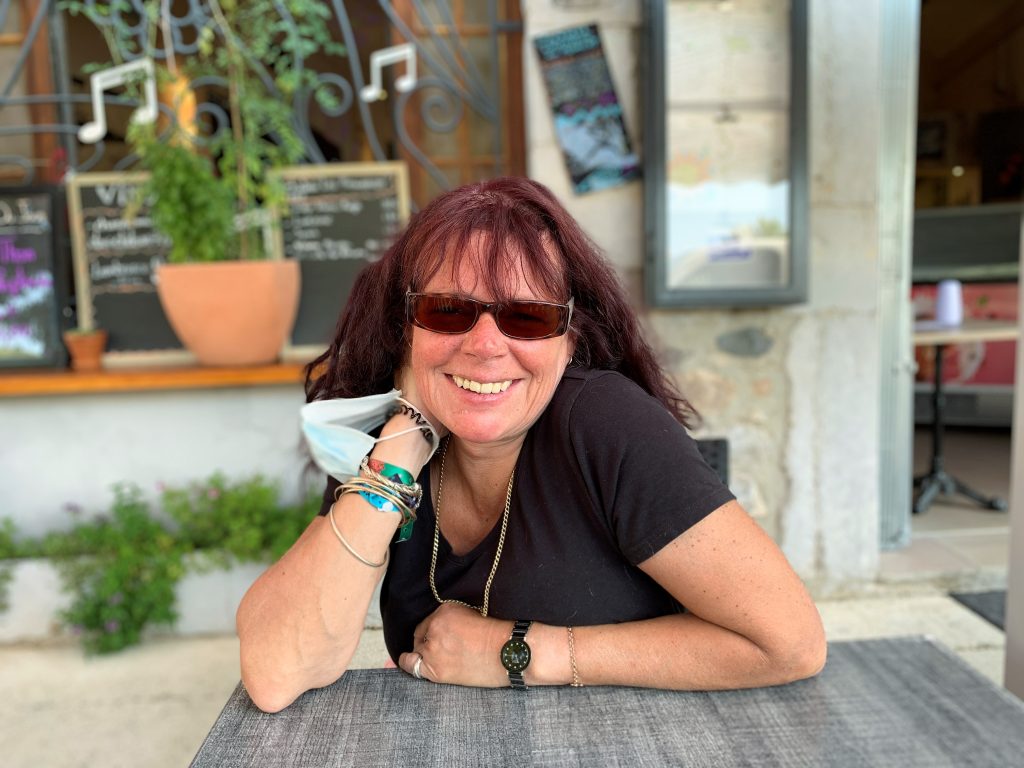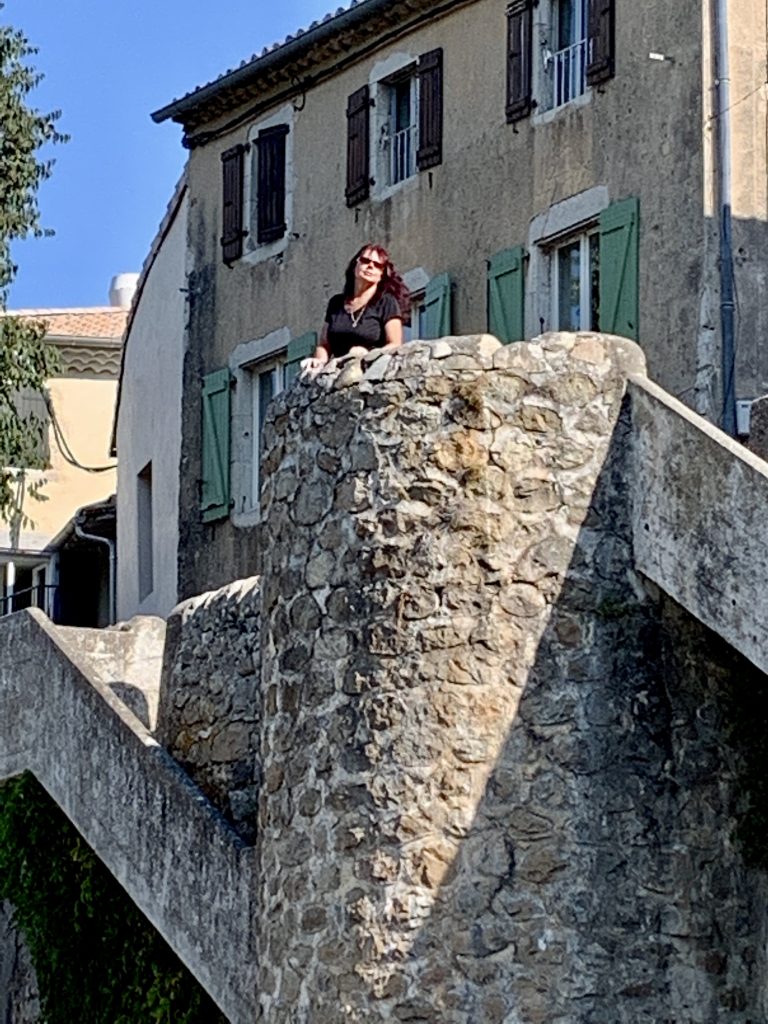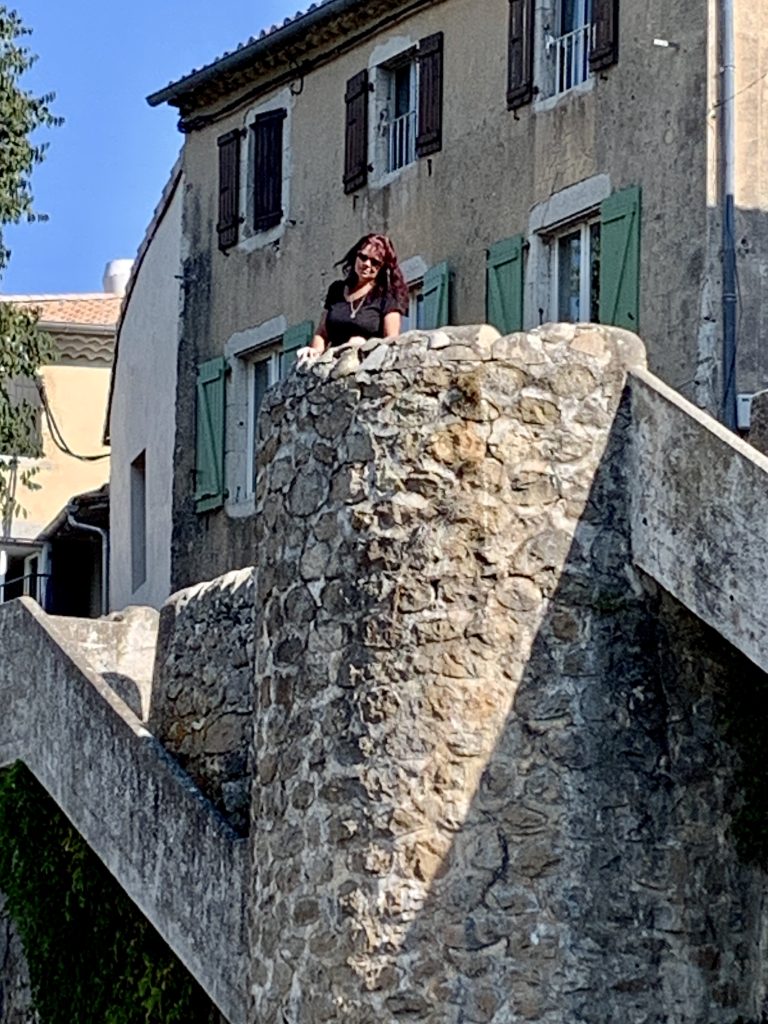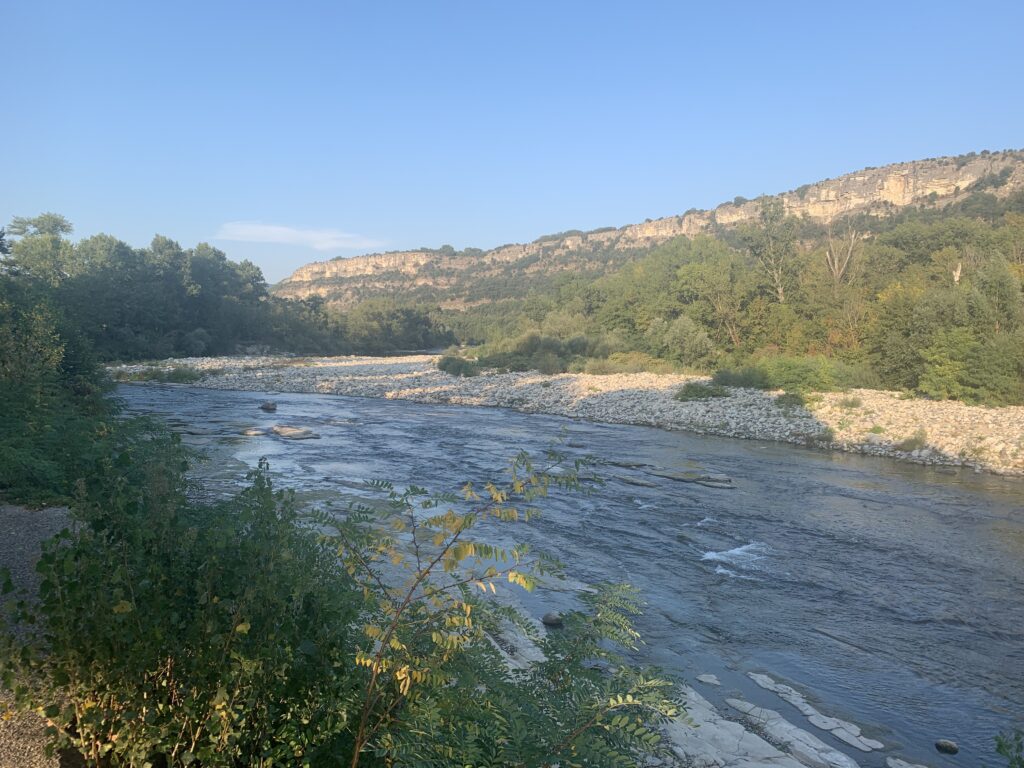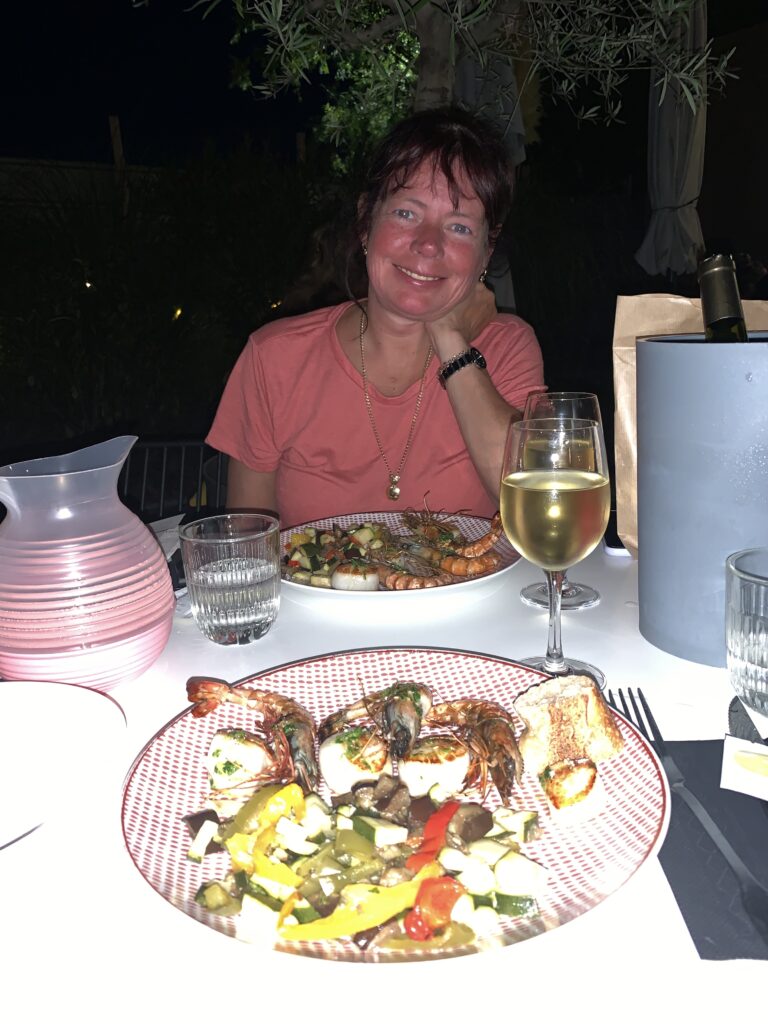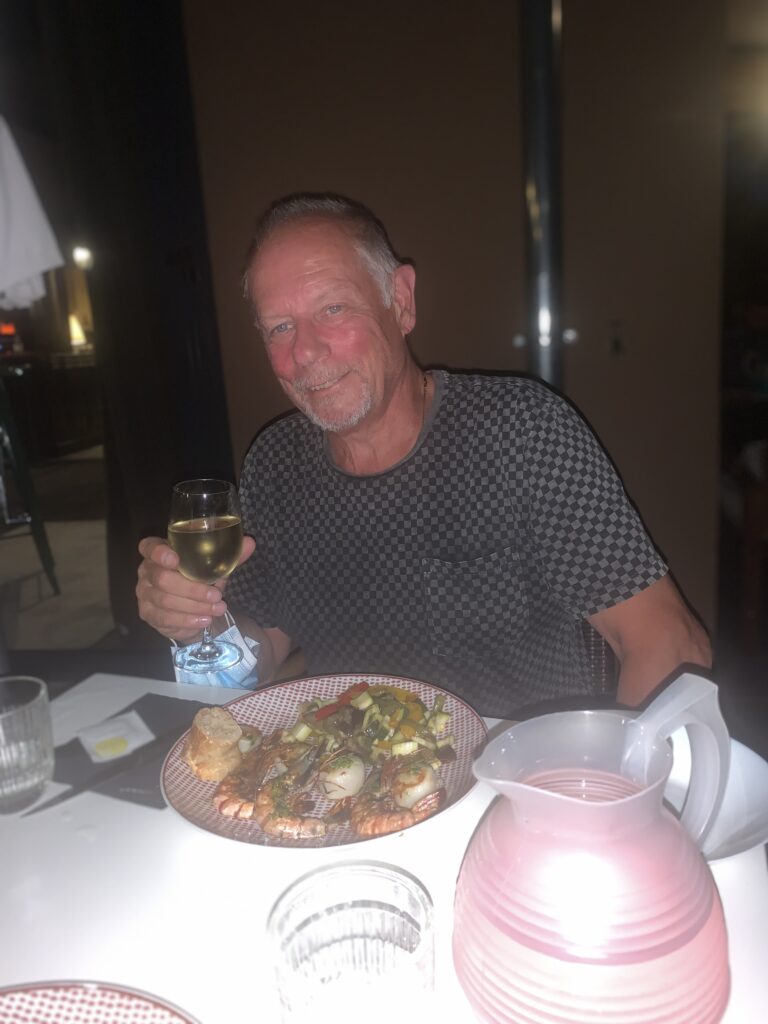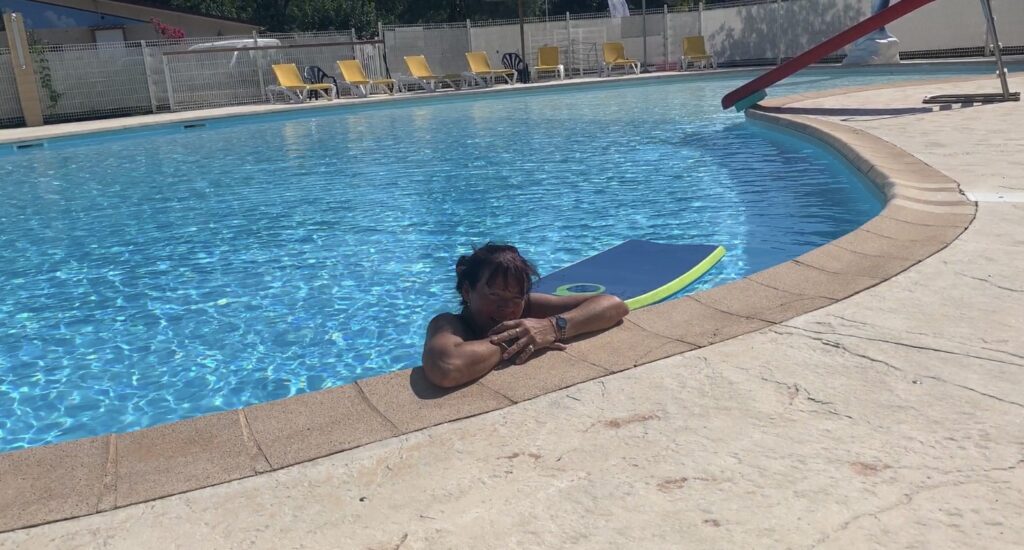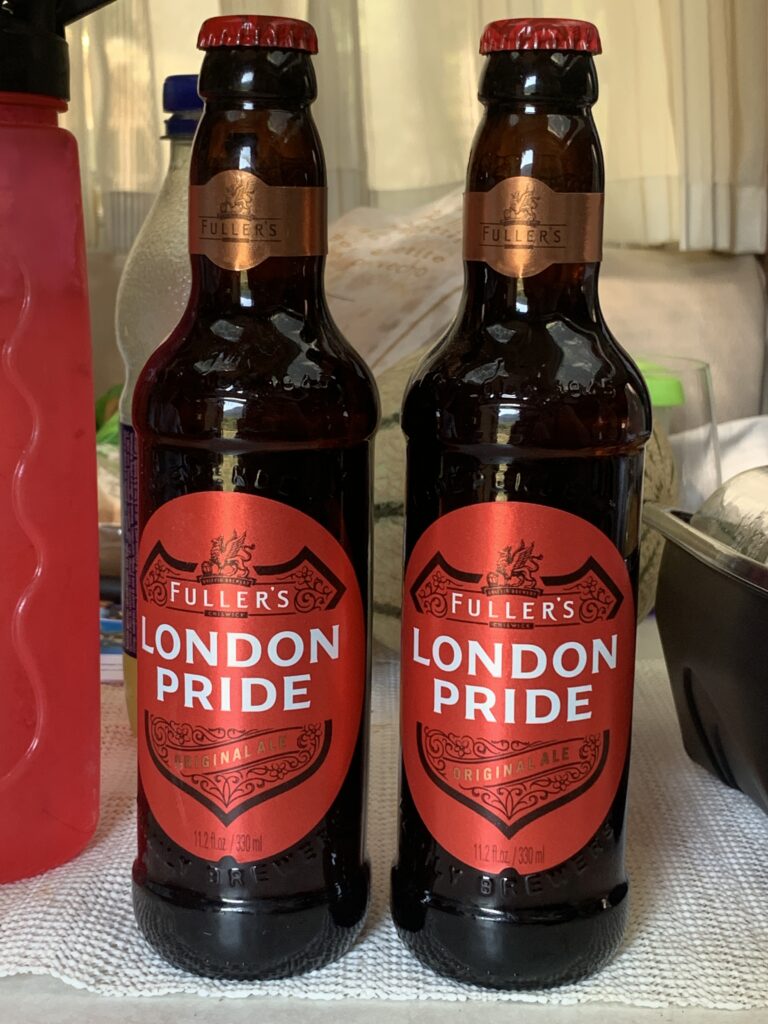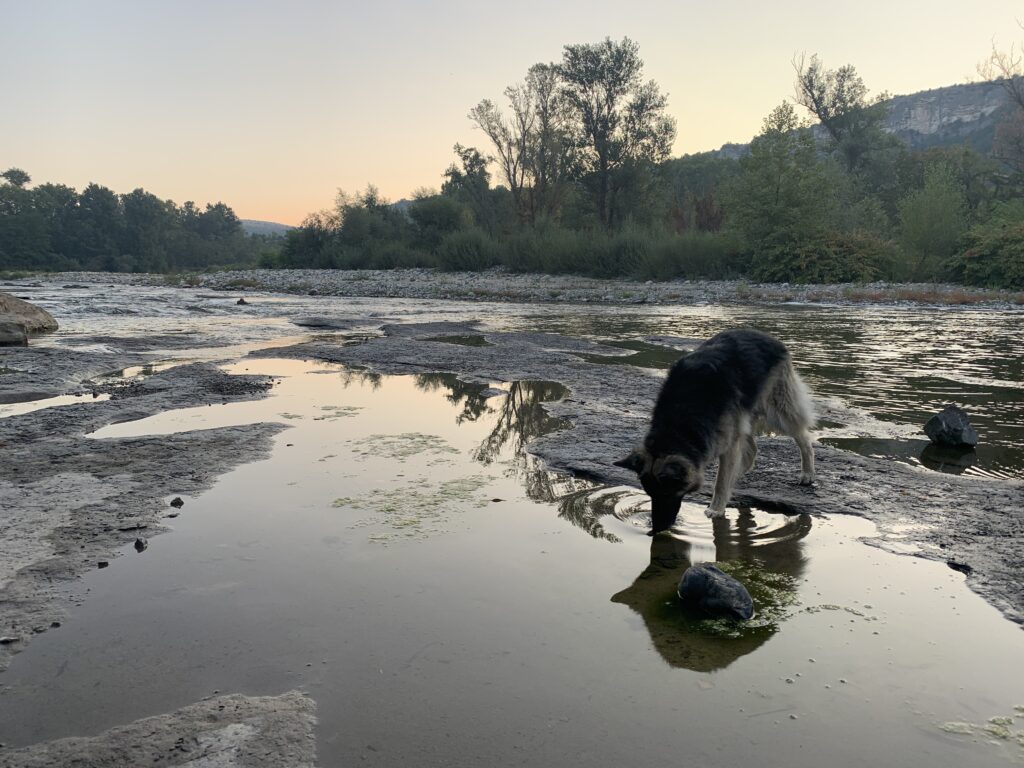The weather is set to deteriorate. It is time to move on. We therefore booked a ferry for the evening of 30 September from Bari to Durres in Albania. And in the meantime? We decided upon a leisurely drive down to Bari which would include at least a 2 day stopover at Tenuta Padre Pio, a hotel complex near Vieste, with a view to spoiling ourselves a little. Sod the weather!
We headed south on the A14 motorway when, within 120 kms of Bari, the Satnav turned us around and sent us almost 30 kms back north on the coast road towards Vieste. It was a most confusing route but very scenic. We traversed the Gargano Peninsula (through the Parco Nazionale del Gargano) and while it wasn’t the best of roads (steep, narrow and winding – Vanya crept to the back of the Van and went to bed) it made for some wonderful views to the south (and we passed a “sounder” of wild boar on the way).
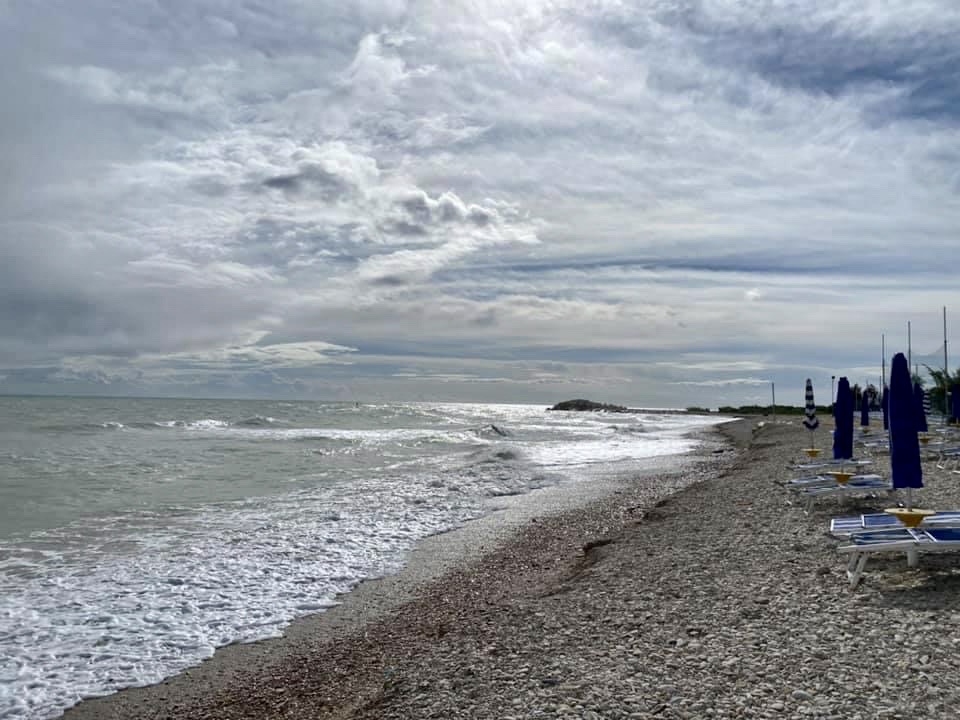
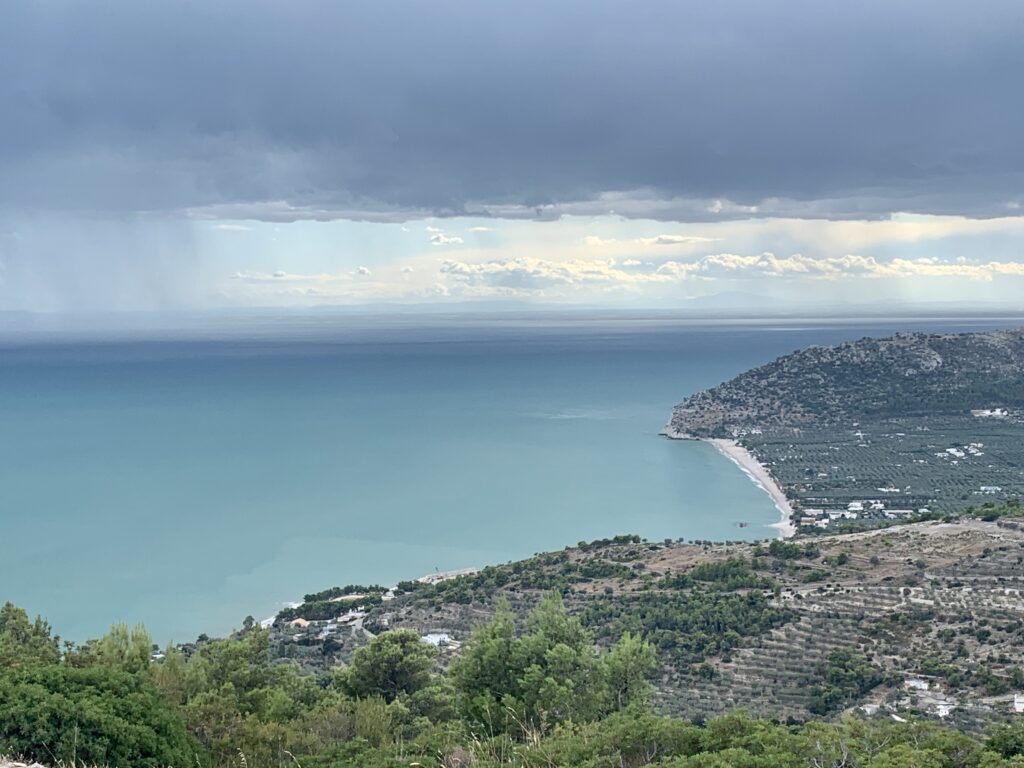
I would love to spend more time exploring the Gargano Peninsula. Jutting out into the Adriatic it is often referred to as the spur on the heel of Italy’s boot and that description does not do the place justice. In fact, this area is as scenic and close to unspoiled as you get in Italy. With towering forests of pine, oak and beech covering the hillsides it’s greener than just about anywhere else I have seen in Puglia and these forests contrast wonderfully with the stark white limestone cliffs and the deep blue sea. This is perhaps what is most endearing about this place – the diversity.
We were more than satisfied with the accommodation at Tenuta Padre Pio and that first evening we splashed out on a rather nice if somewhat expensive meal and a couple of the local wines. These were very local wines coming from the hotel’s own vineyards – no wonder the hotel has its own Enoteca and offers free wine tasting – but, while Vanya really liked her sparkling wine I was not wholly convinced with the red (but they served it chilled?!?).
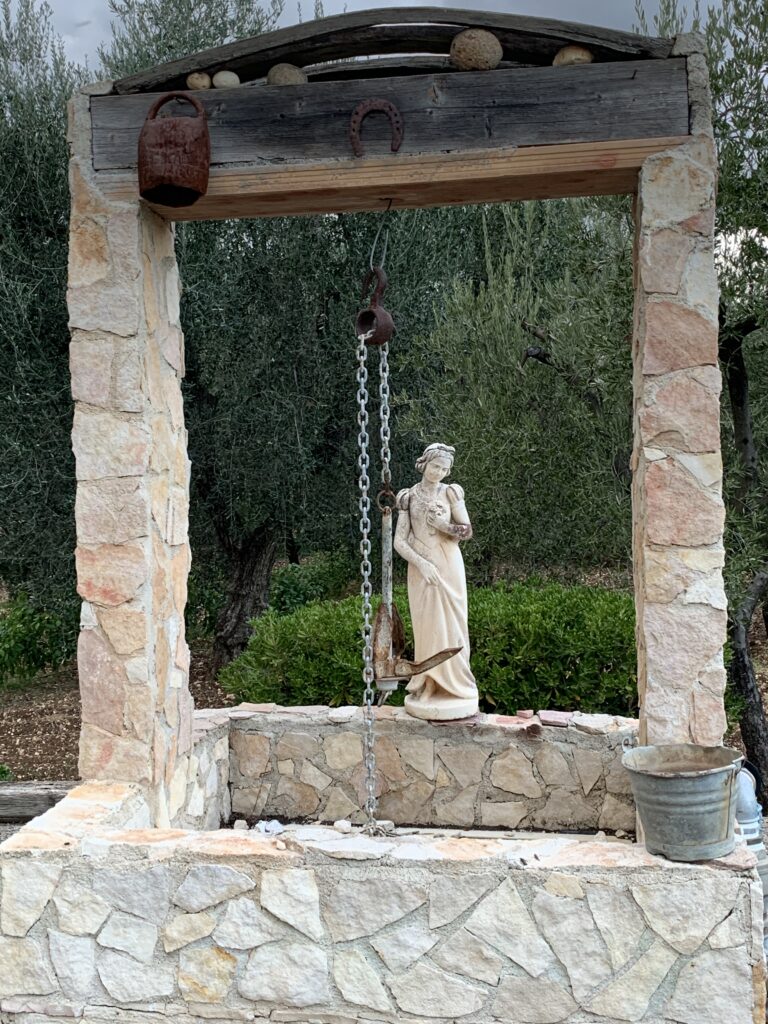
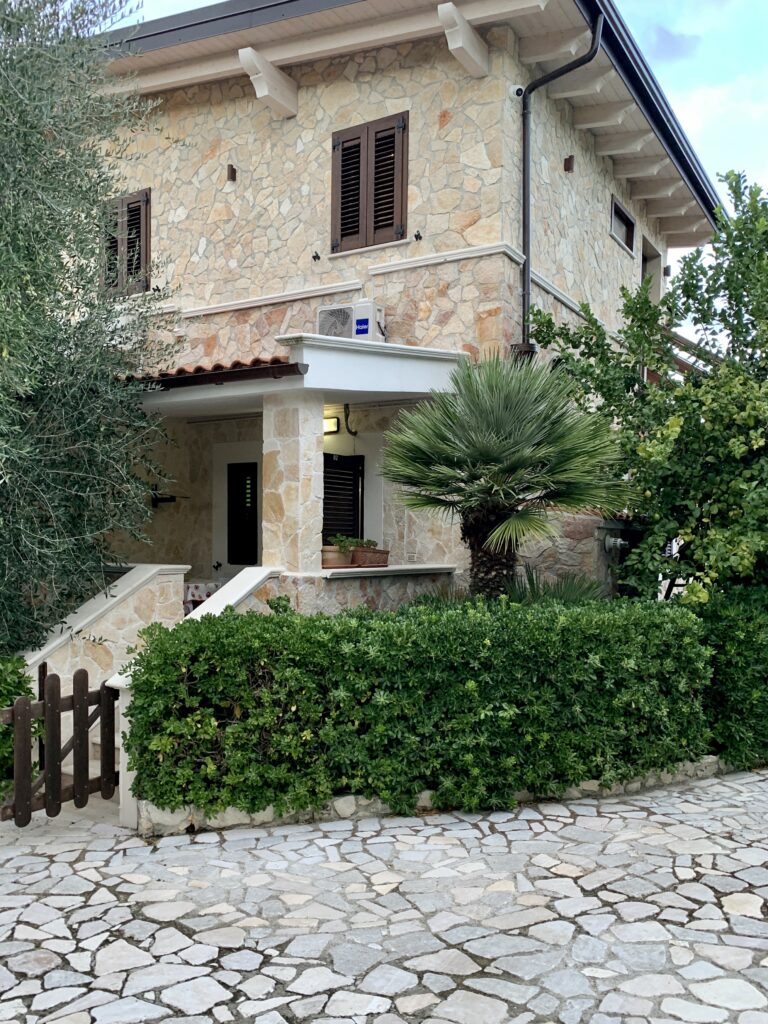
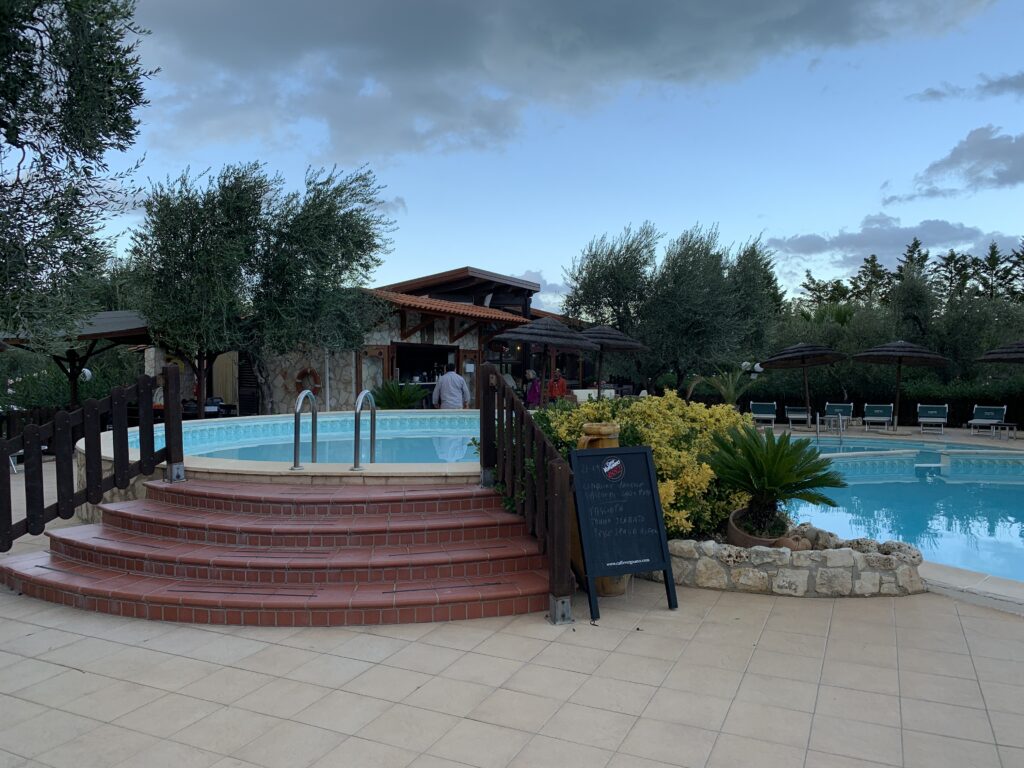
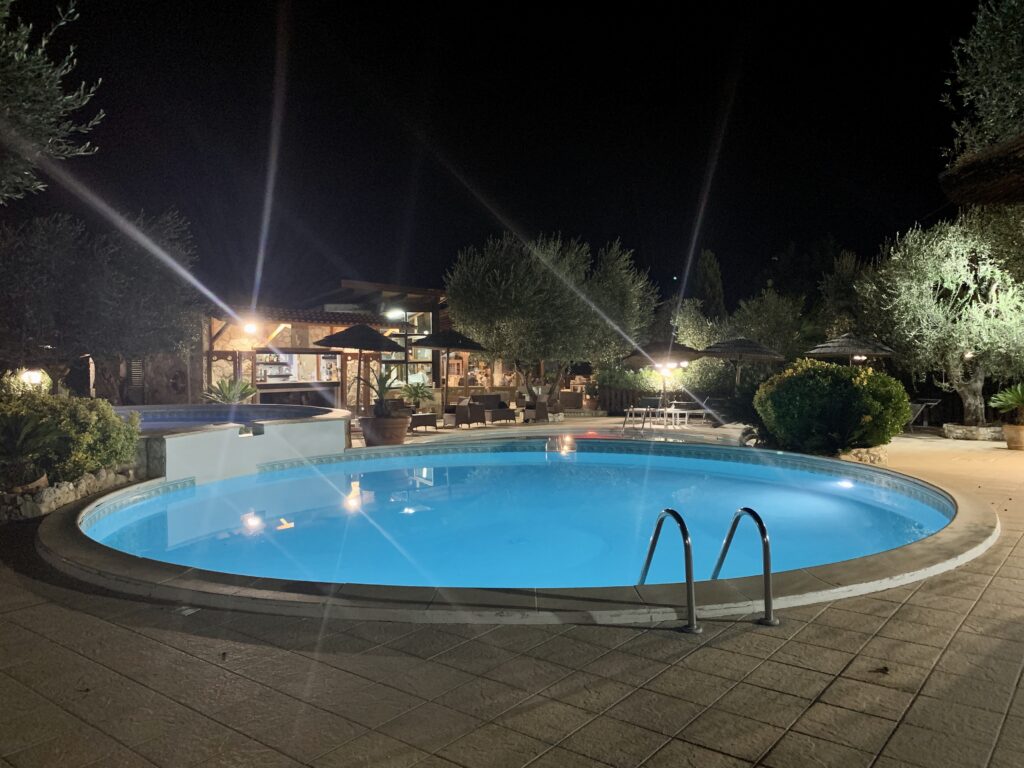

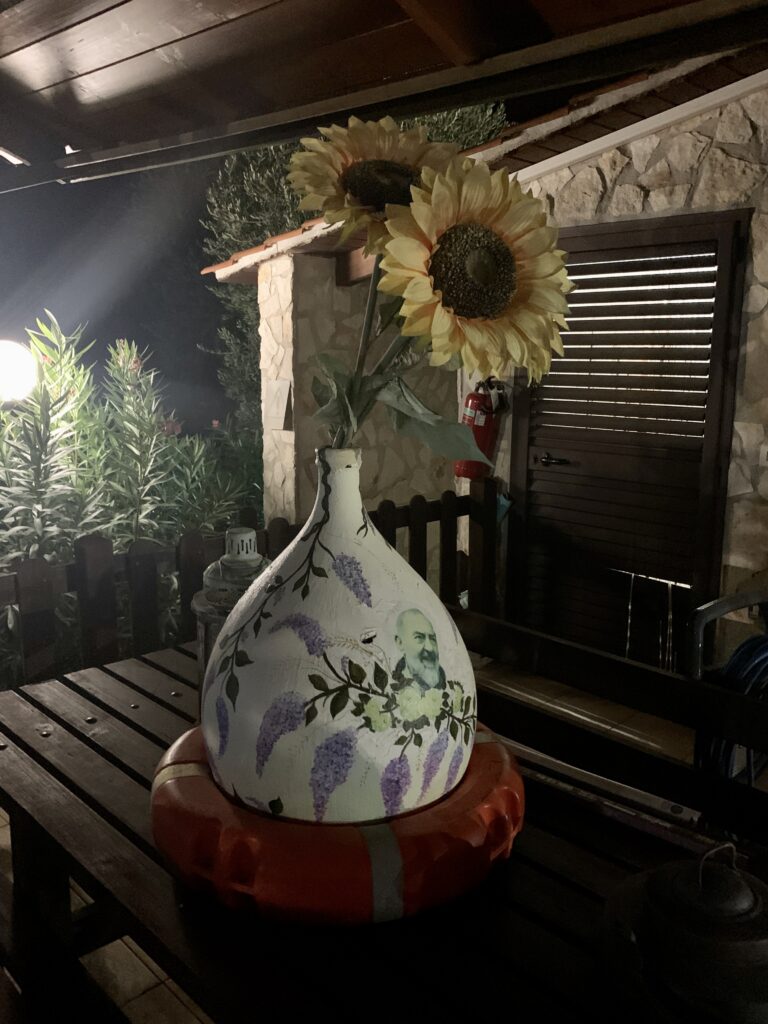
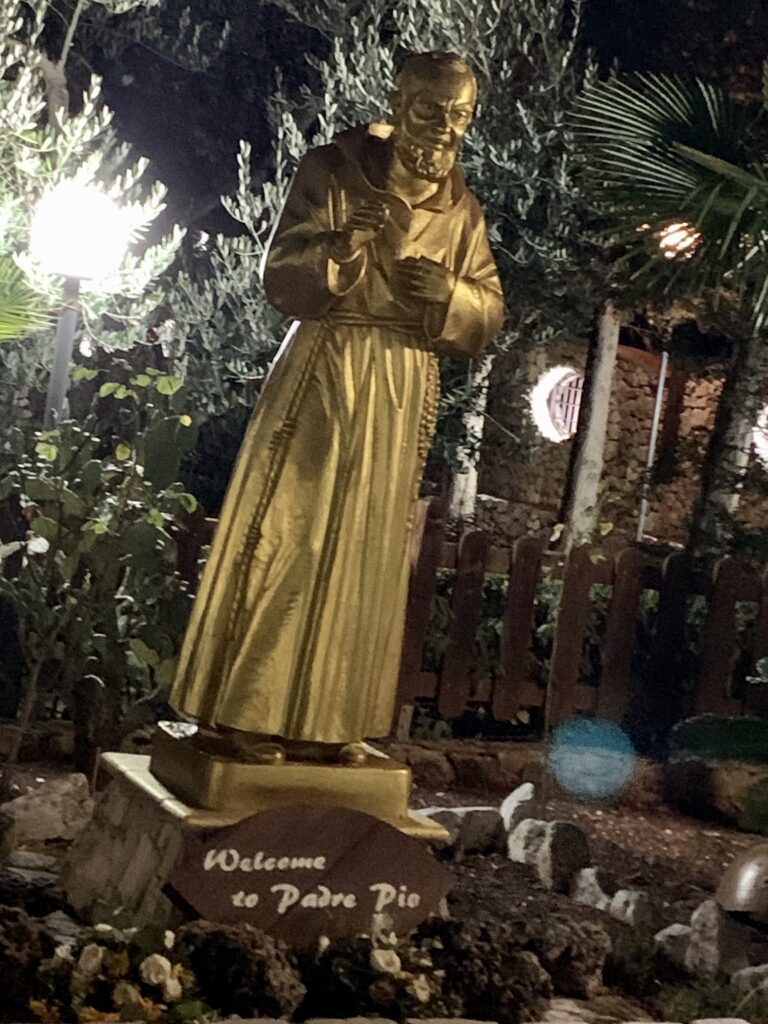
We were up early the next day and at the Vieste Marina by 09.00. Being a Sunday morning the town was very quiet and finding a parking place for the Van was easy. Getting Vanya out of her bed is never so easy but, the offer of a boat trip around the grottos dotting the coastline of the Gargano Peninsula had her eating out of my hand. She’ll do almost anything for a ride on a boat and a grotto excursion would test the dogs in advance of our sailing in Greece. The only downside was that I would be expected to accompany them on the boat but as it turned out I was glad I did.

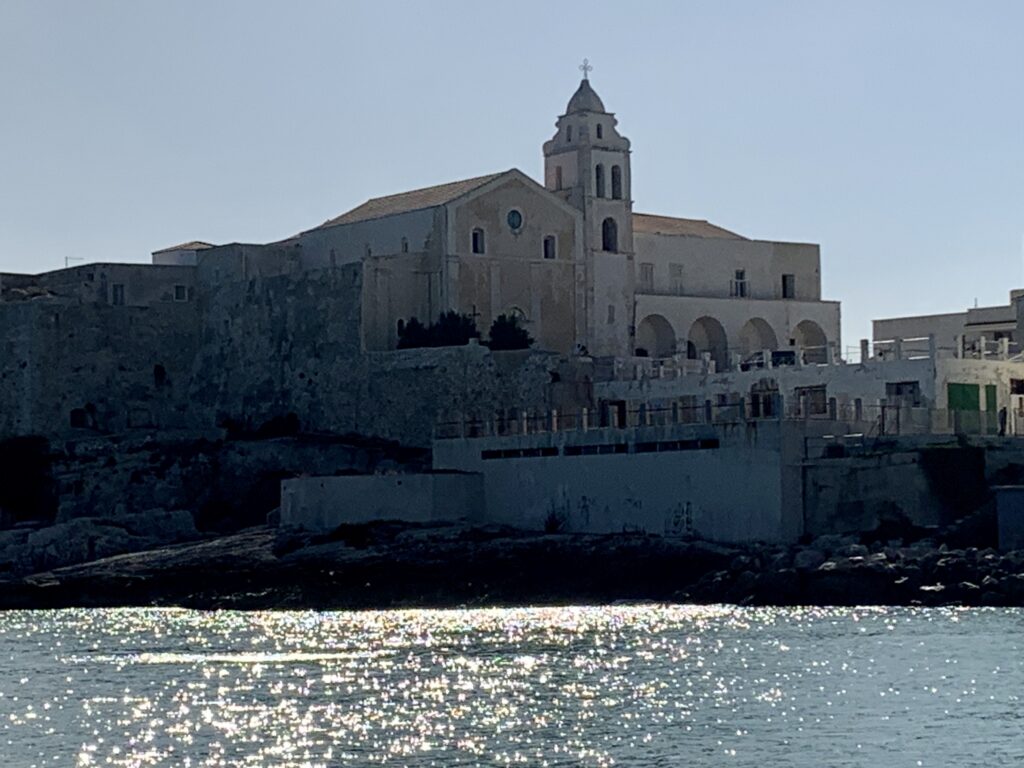


Leaving aside some great views of Vieste and it’s beaches from our little boat and; our learning a little about local fishing methods from one of the boat crew, Francesco, and; not forgetting the local legend Francesco related concerning the Crystal Rock; we saw some quite spectacular formations that were cut out and sculptured from the (white) limestone and grey (flint) rock by the power of the sea – precipitous crags & cliffs, yawning caves & grottos, natural bridges, arches & towers.


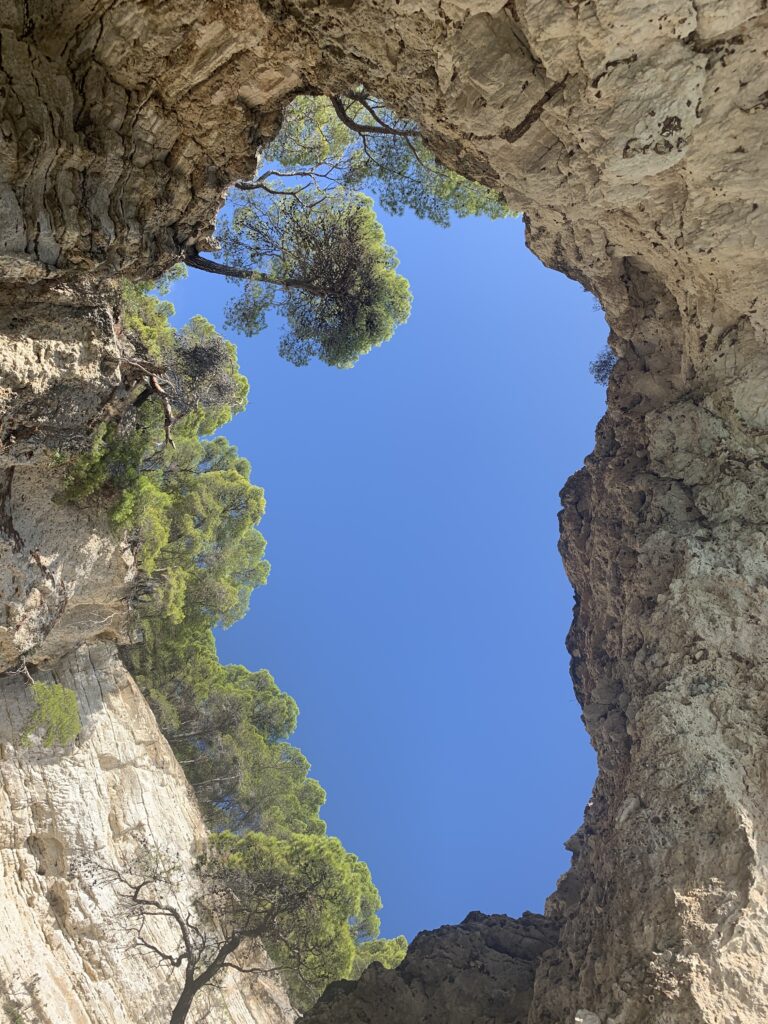
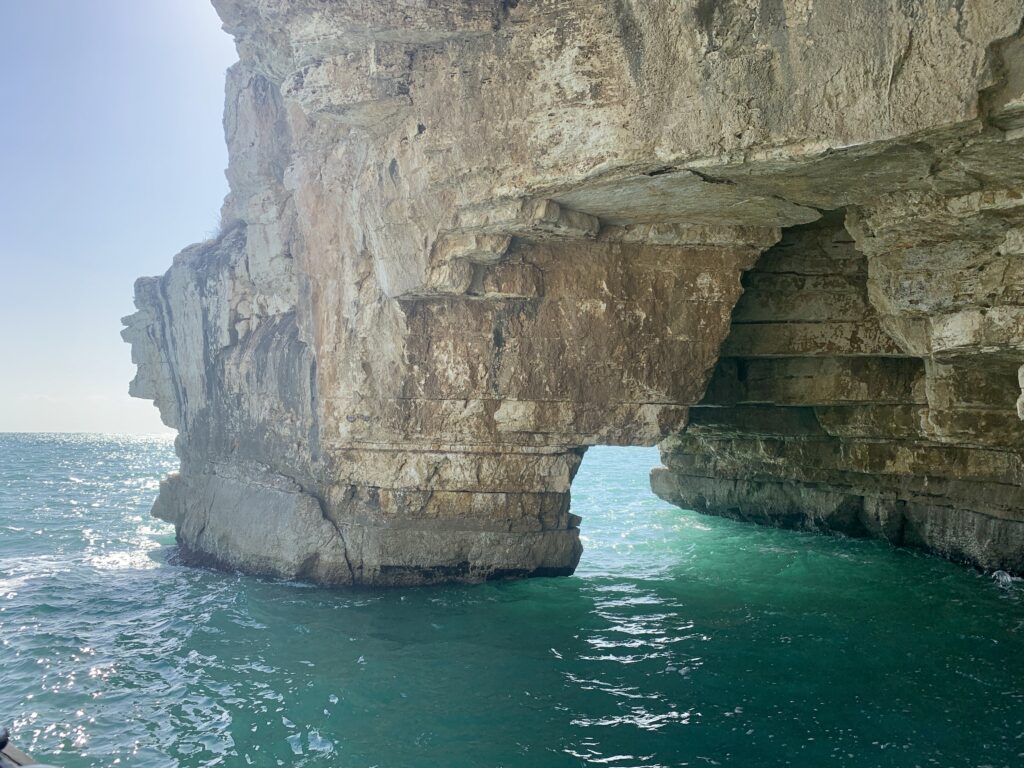
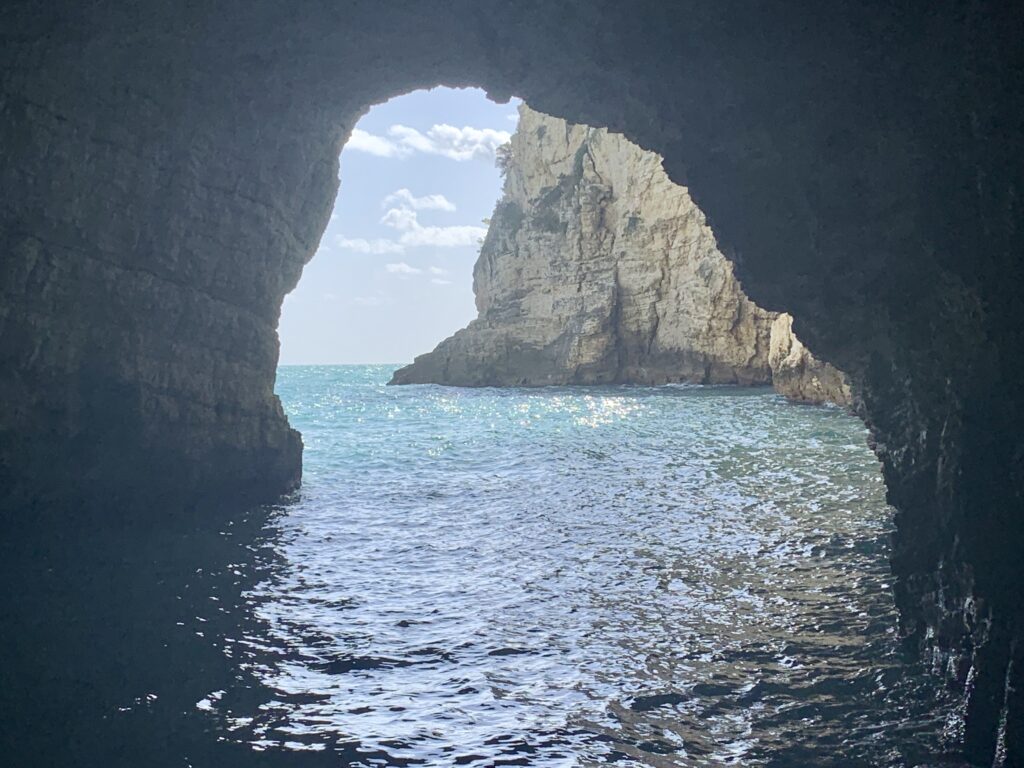
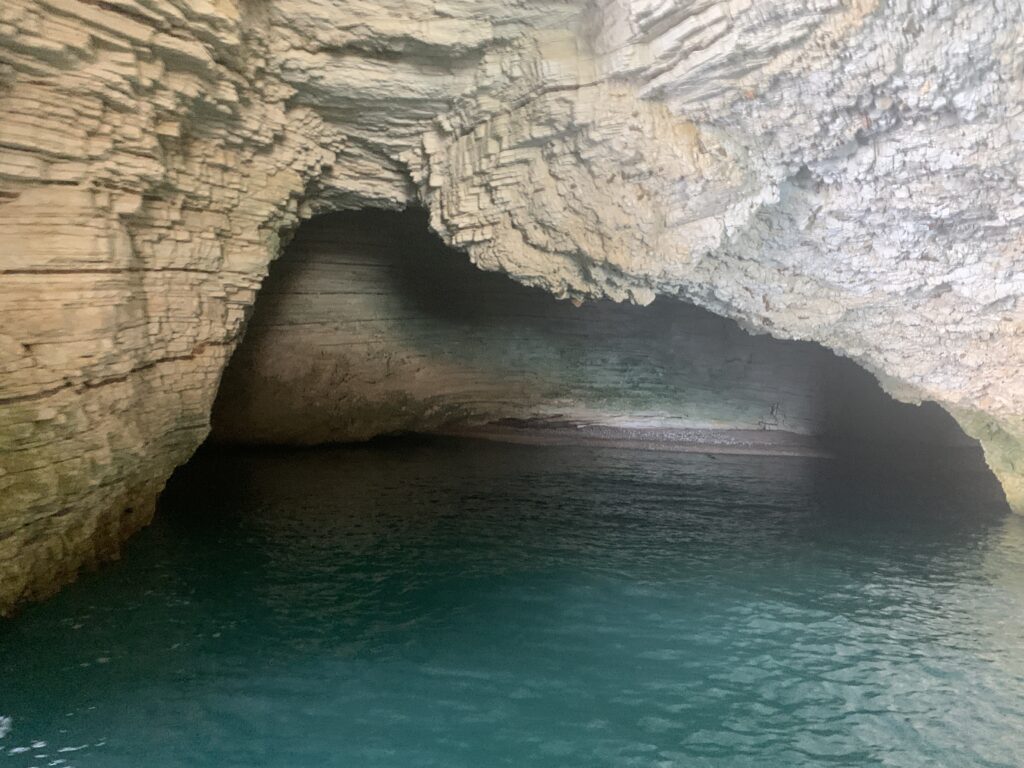

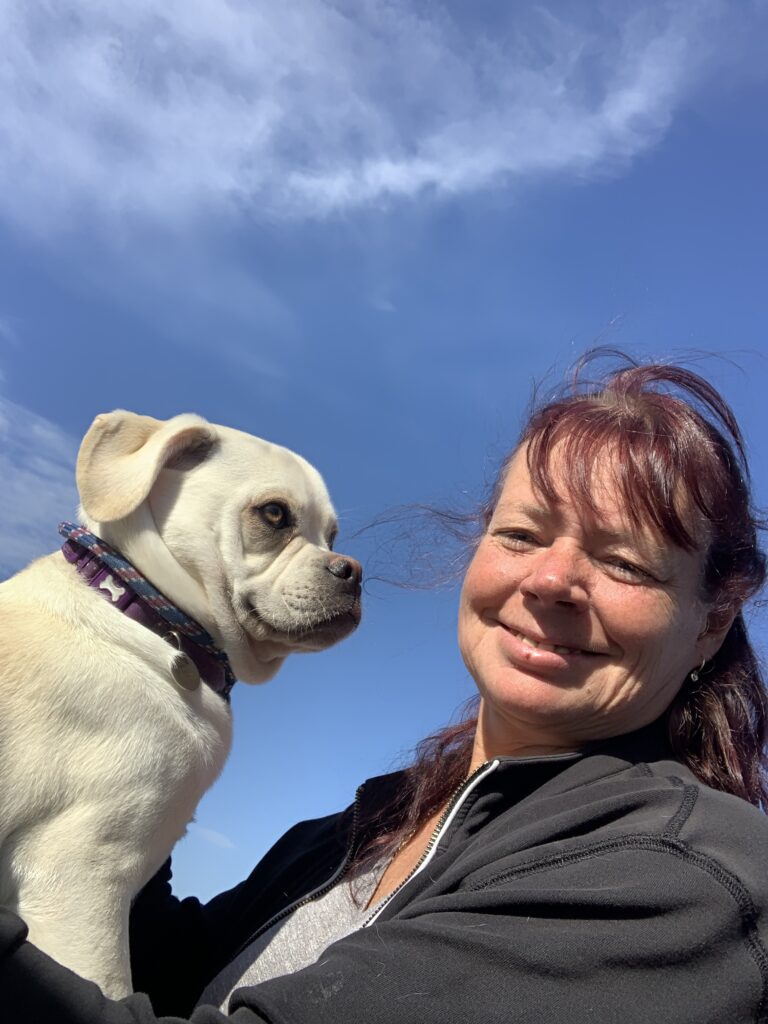
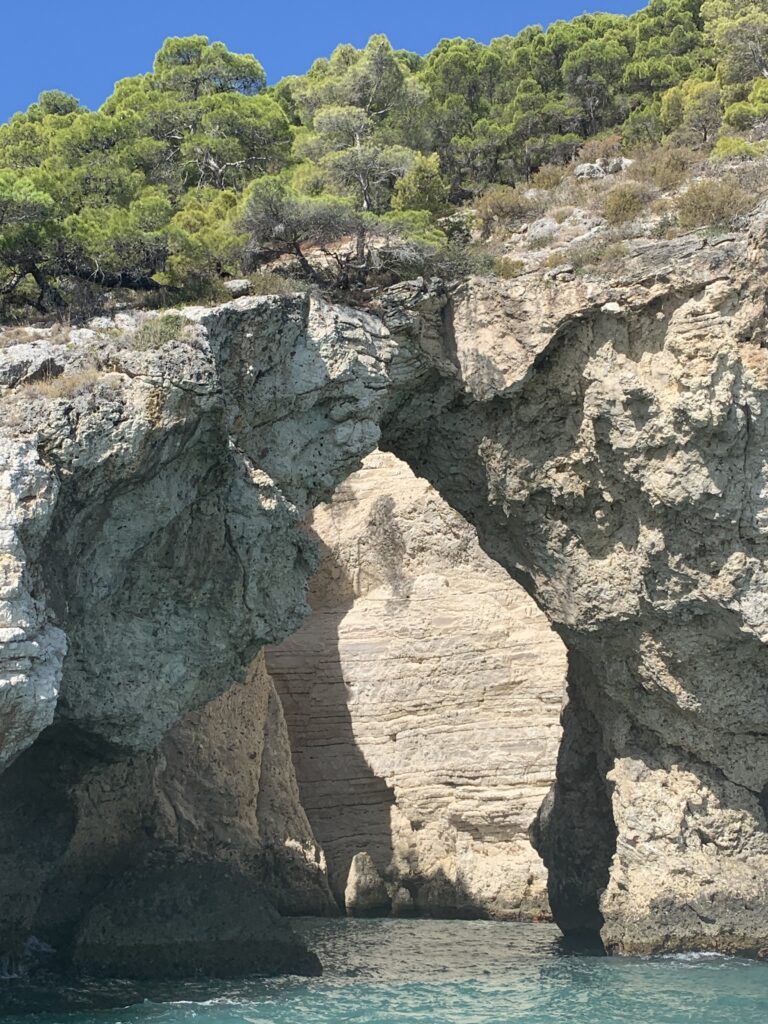

It was amazing too how the skipper could so easily manoeuvre his boat into, around and out of some of these features (with the waves more often than not tossing his small craft all over the place) – Large colourful caves filled with any number of grottos, some with narrow ledges or beaches lit by shafts of light streaming only through a hole in the roof; others smaller, dark and empty; one with stalactites and; one particular cave with two very distinct caverns, one full of light and colour and the other dark and forbidding. My photos could never do them justice.

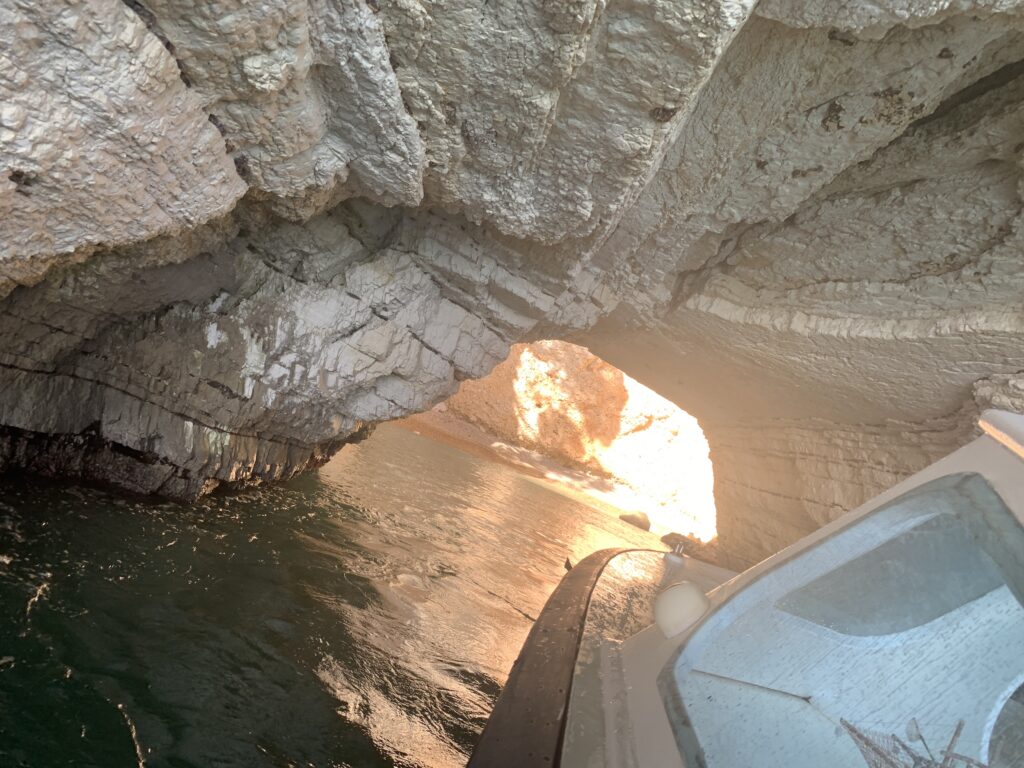
In terms of revisiting the Gargano Peninsula, one of these boat trips would be a great way to check out the local coastline for places to visit. We were introduced to all kinds of beaches; the long sandy public beaches either side of Vieste and, in total contrast to these, a series of hidden coves with small empty pebbled beaches backed by towering white cliffs. At the top of some of the cliffs are ancient watch towers (lookout posts against invading armies or pirates) and on others modern smart looking hotels (some with lift shafts running down to small secluded beaches); still others were just a mixed mass of rock and trees hanging precariously above the water but, all provided for stunning views both across the Adriatic and up and down the Puglian coast.
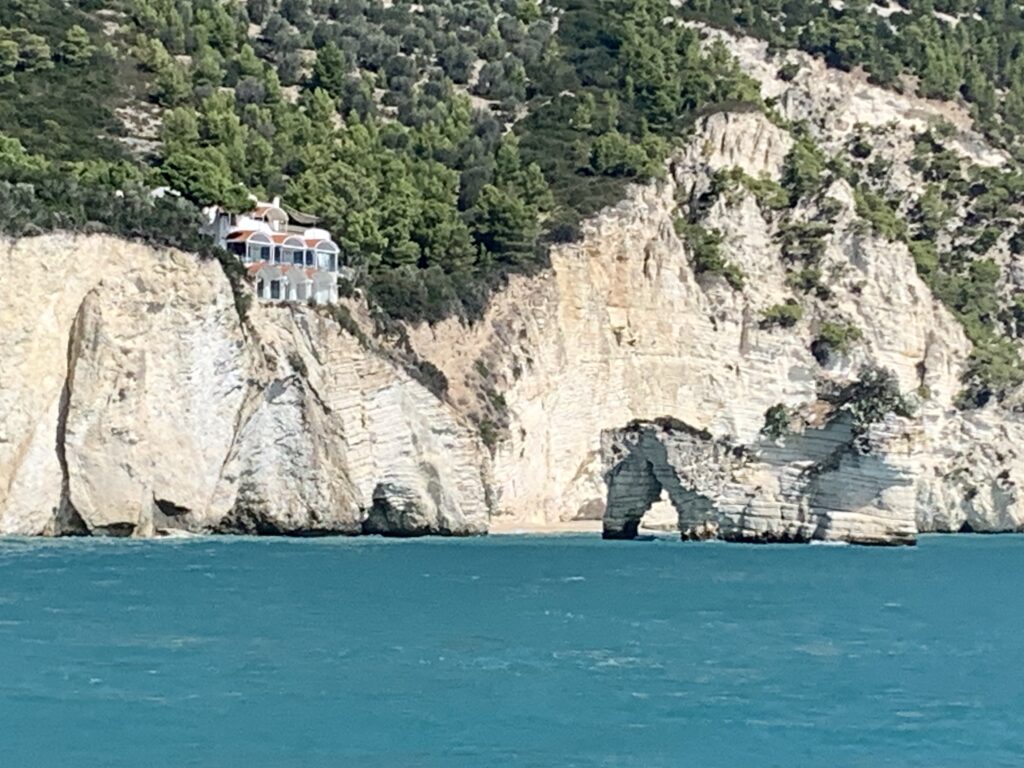
All too soon our tour was concluded and we were returned to Vieste but this is one boat trip I would recommend notwithstanding the 25 Euros per person cost. And the dogs? No charge for either of them and both coped well except that Nala didn’t look too happy once the waves became a little choppier.
Back on land, we thanked the skipper and his crew, especially Francesco, and hurried off for a fish lunch and some refreshments; followed by a brief walk around the delightful old town with it’s numerous staircases and tiny piazzas and then; back to the Tenuto Padre Pio for one last lazy night in a real bed (until the next time).
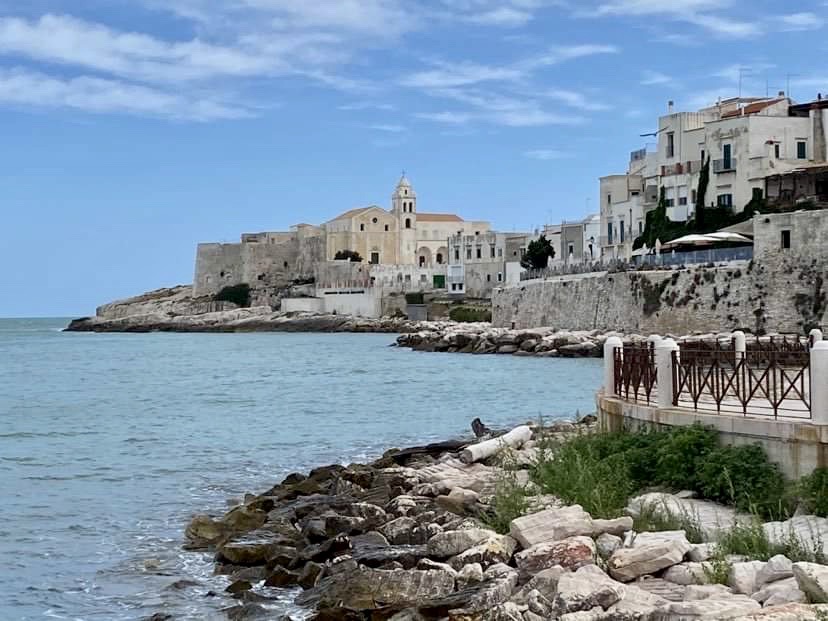


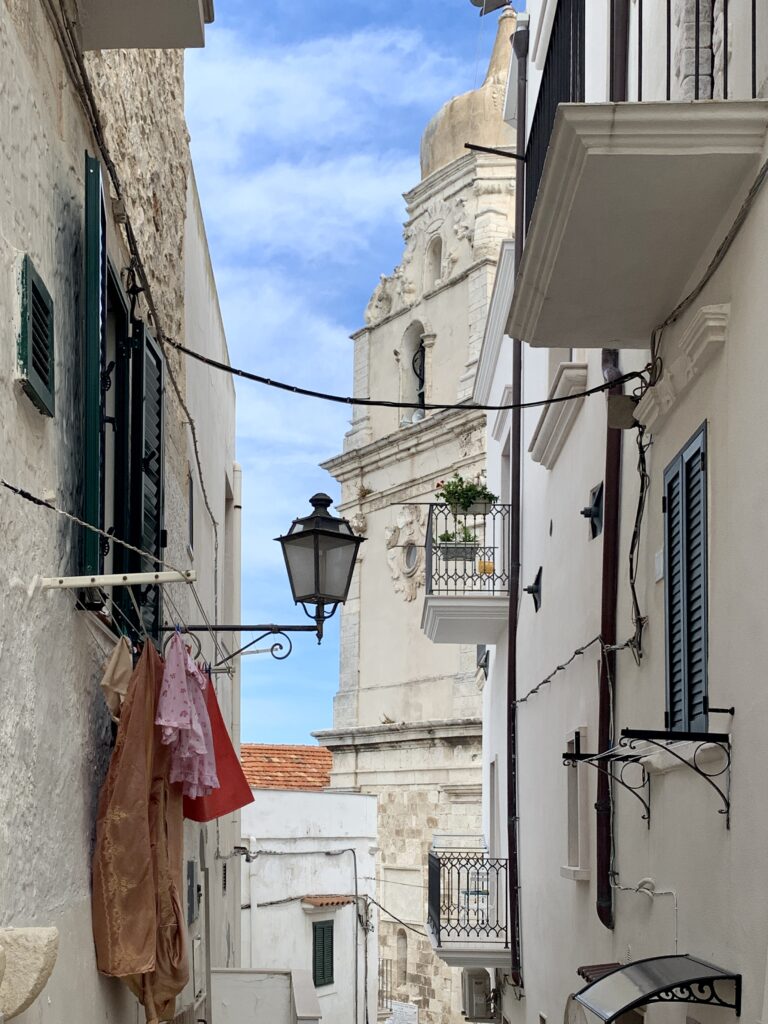
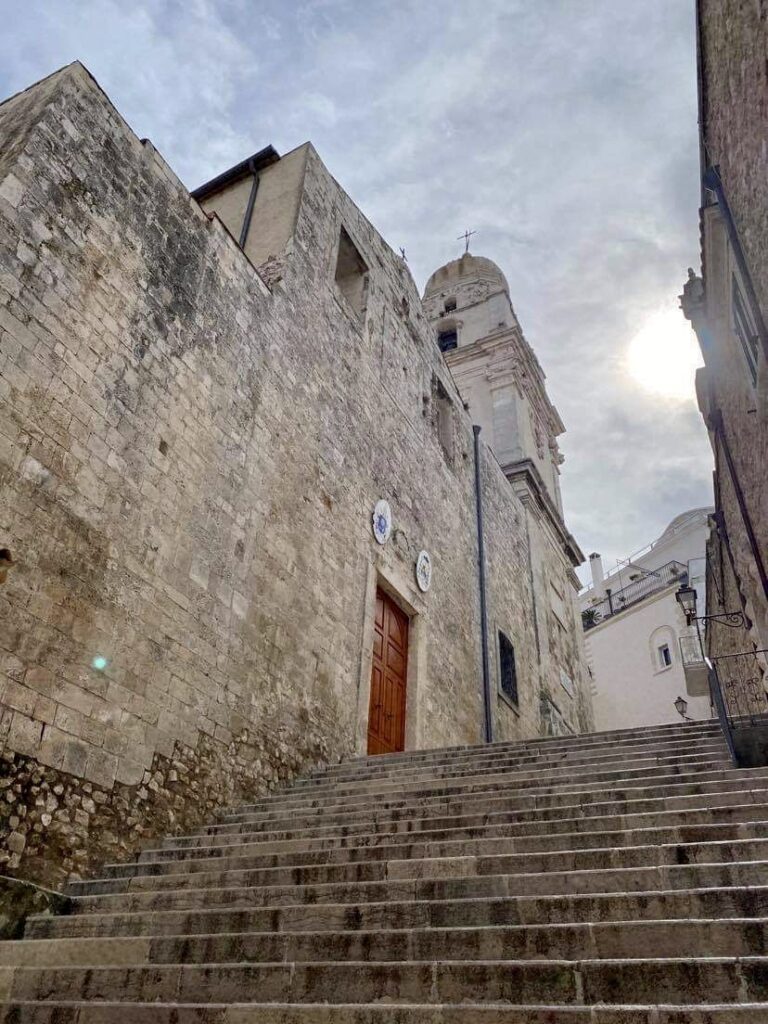
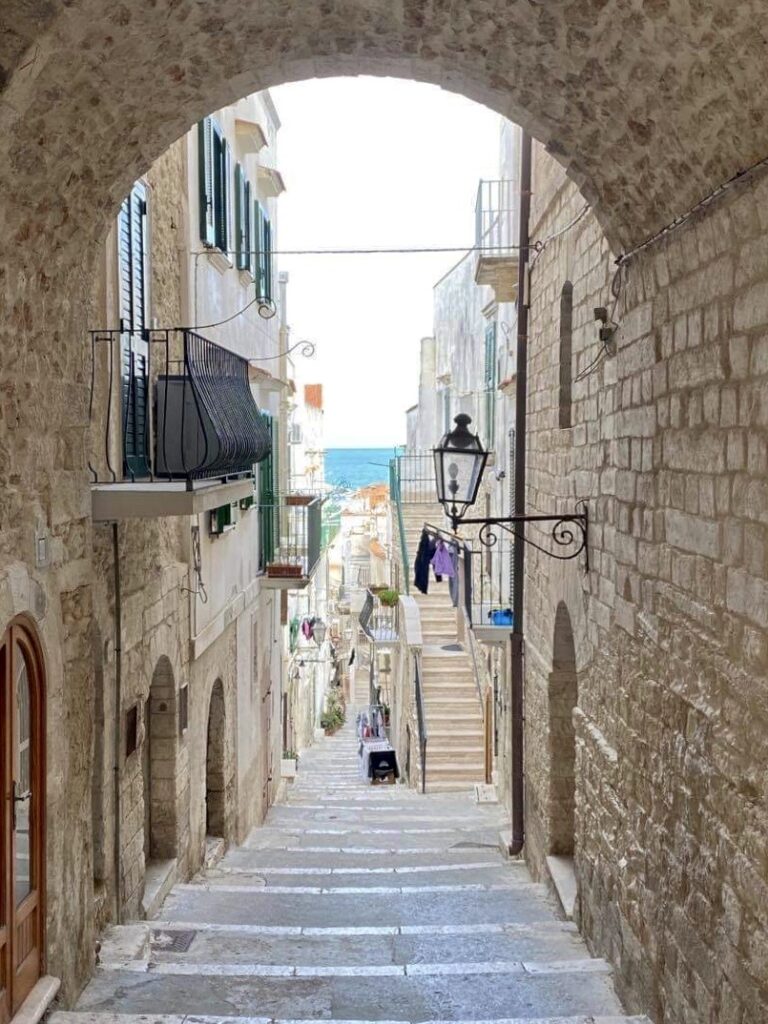
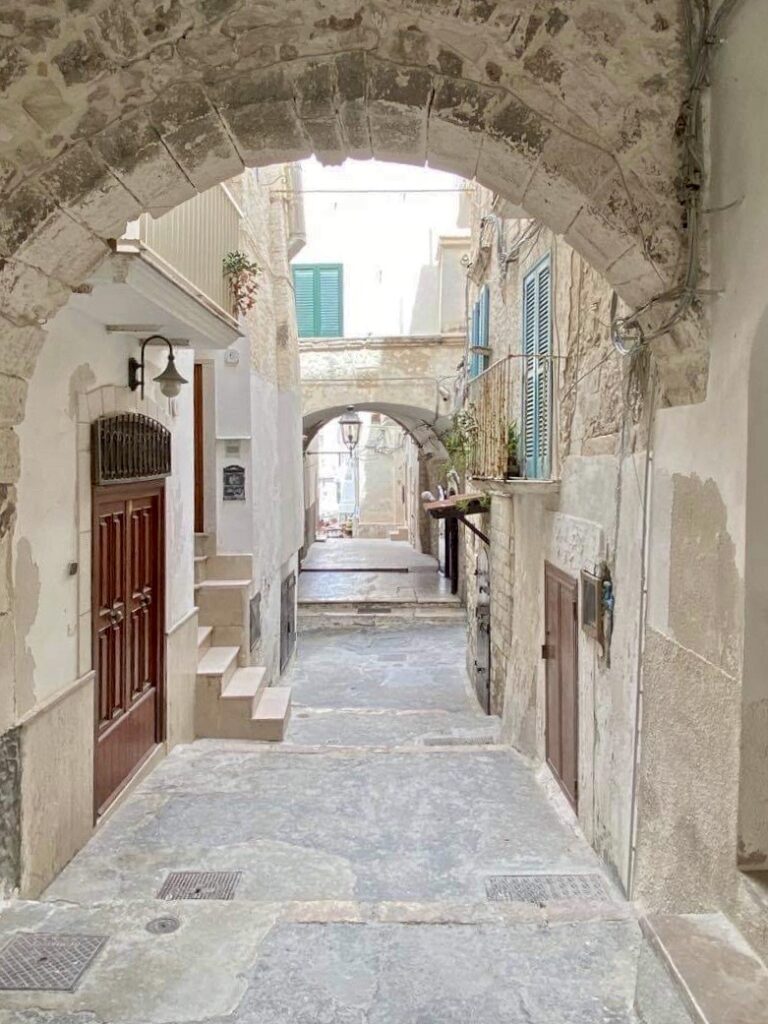
Thank you Vieste.

